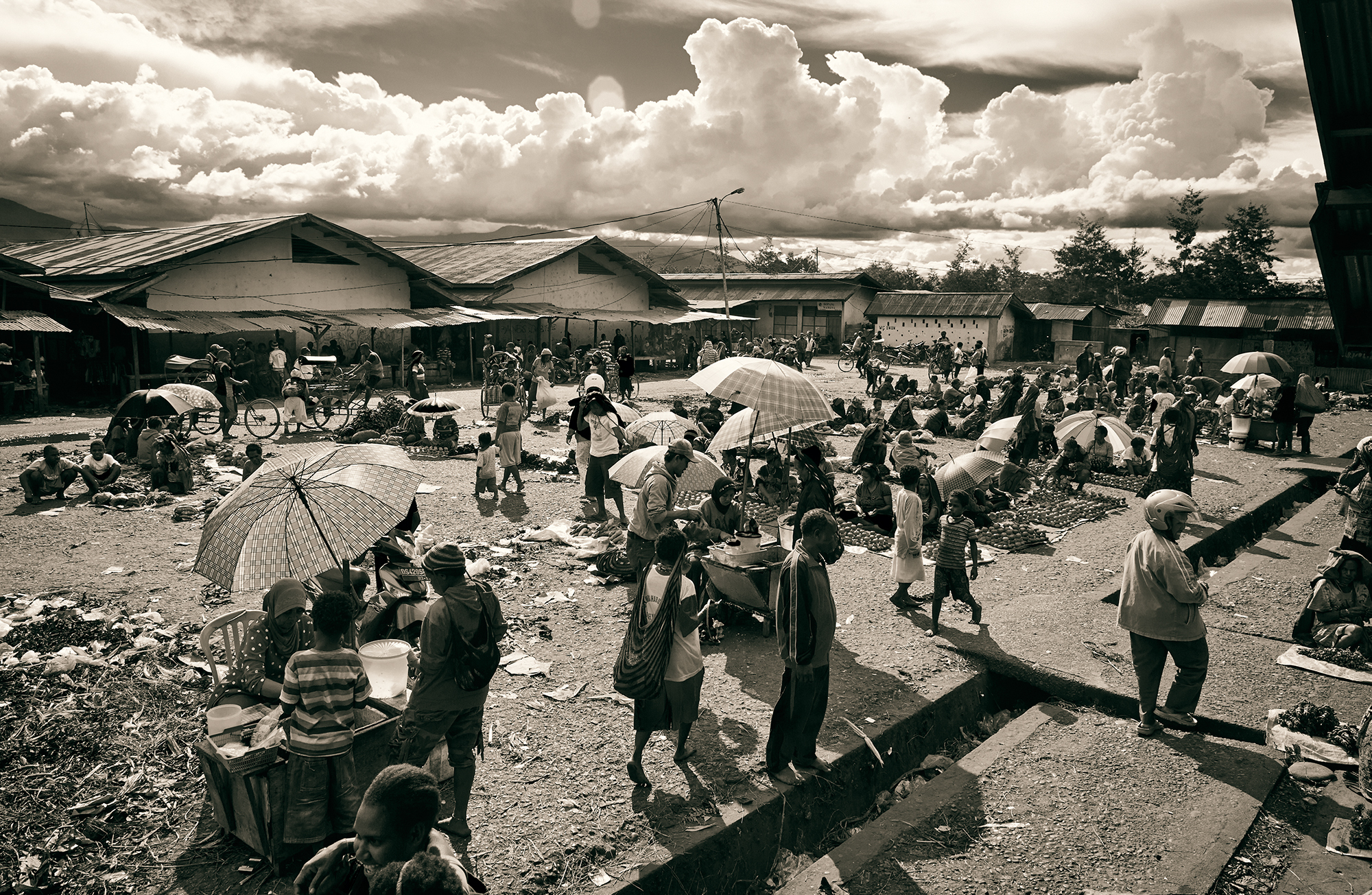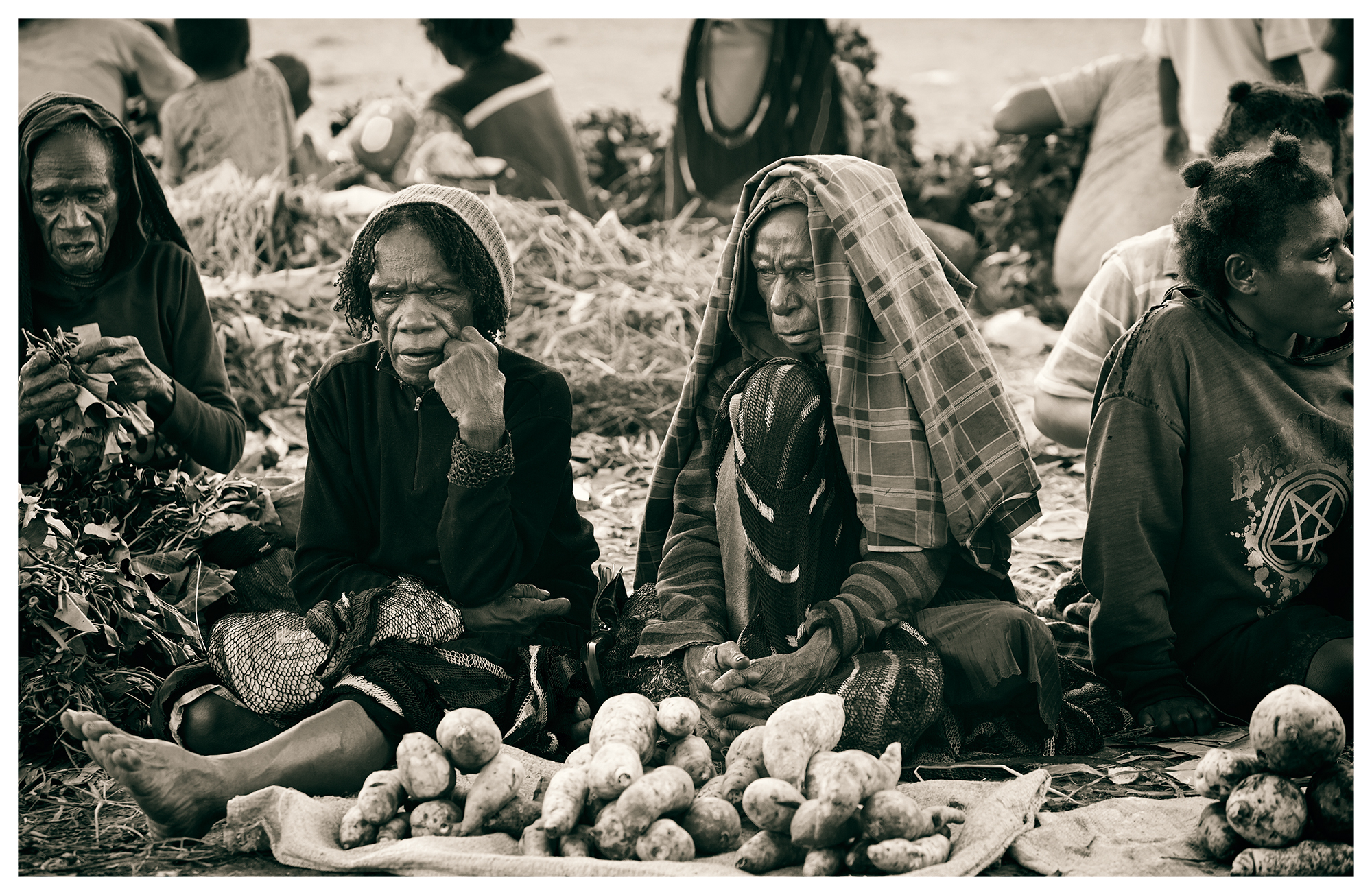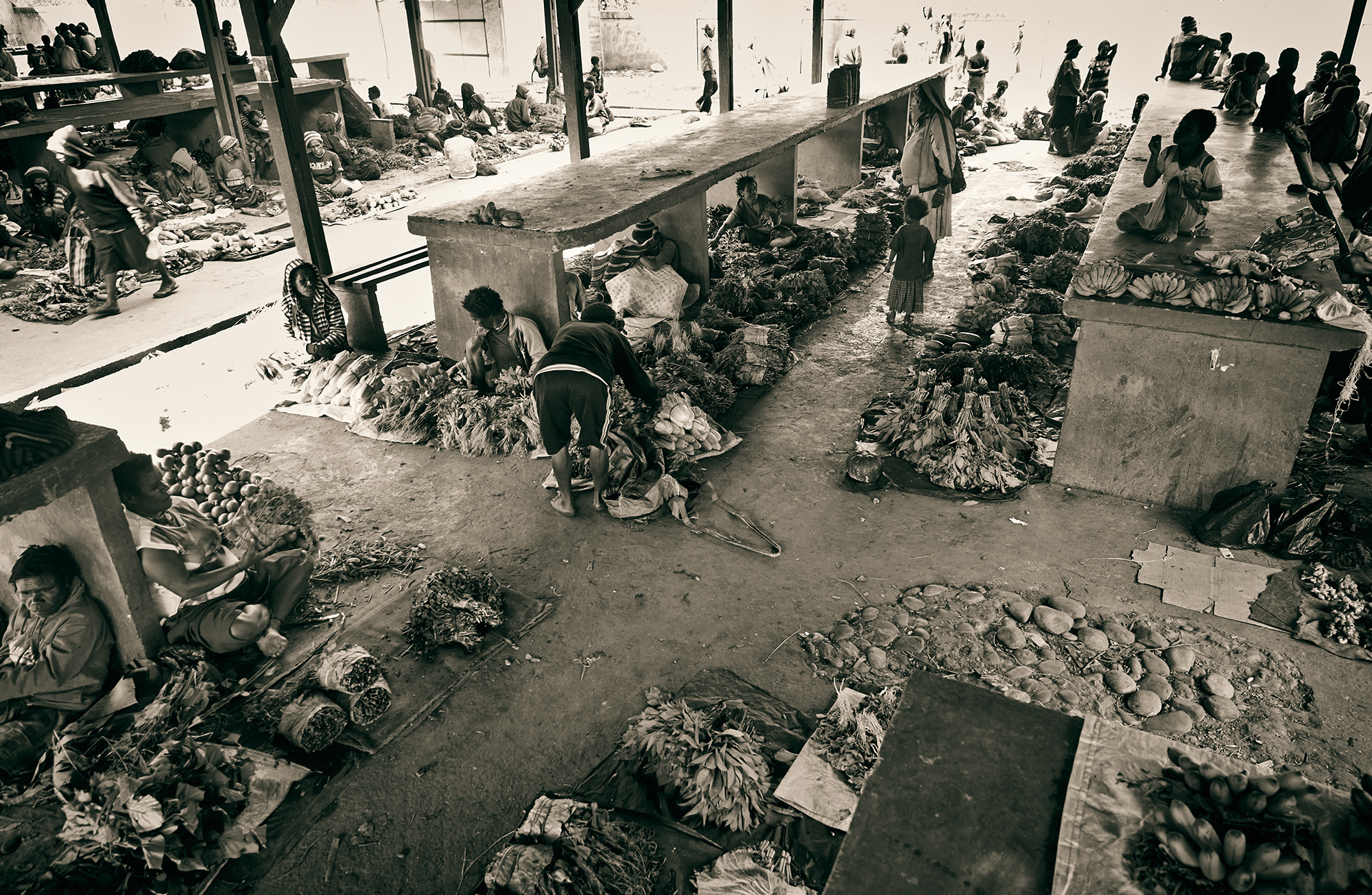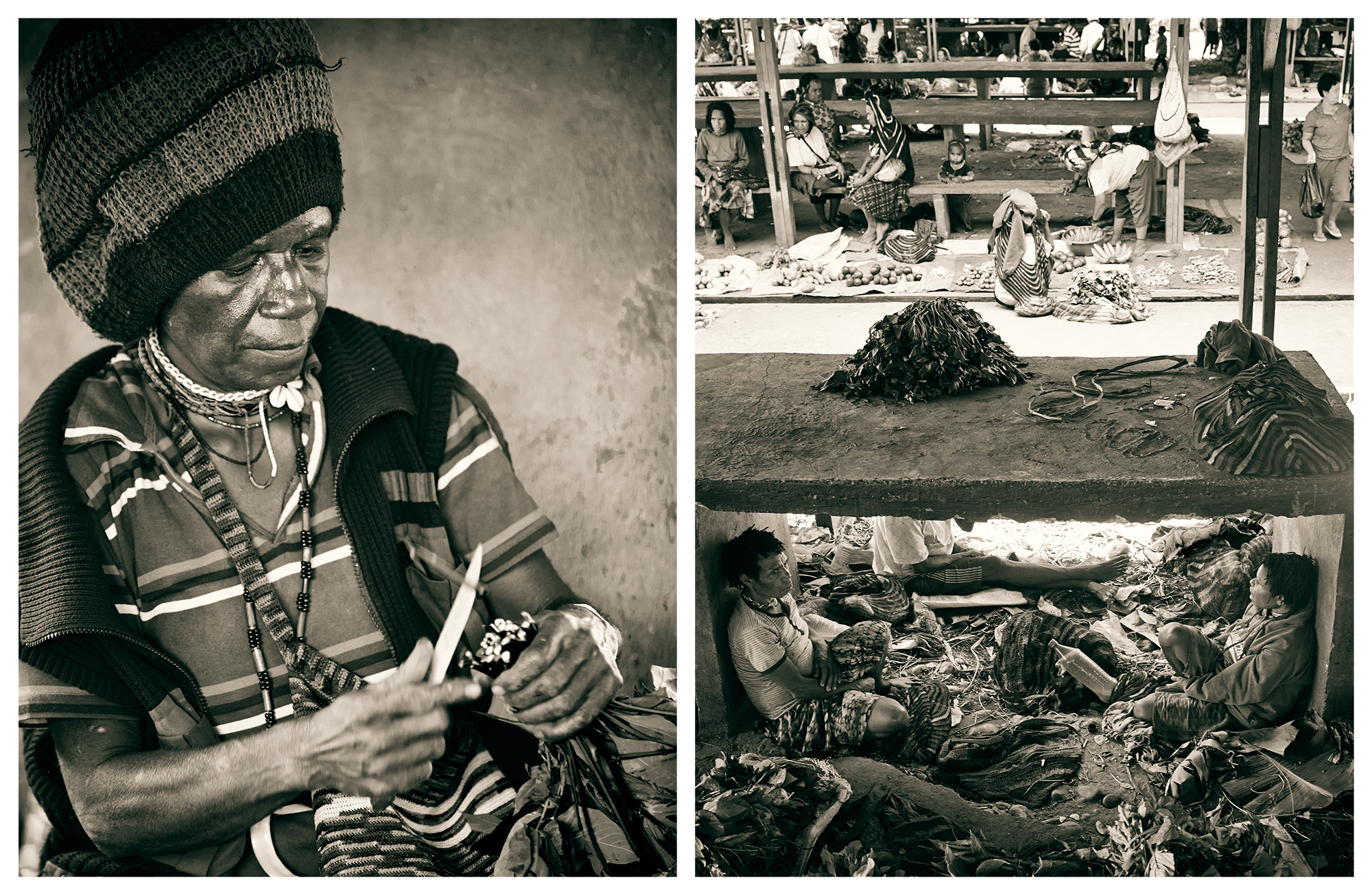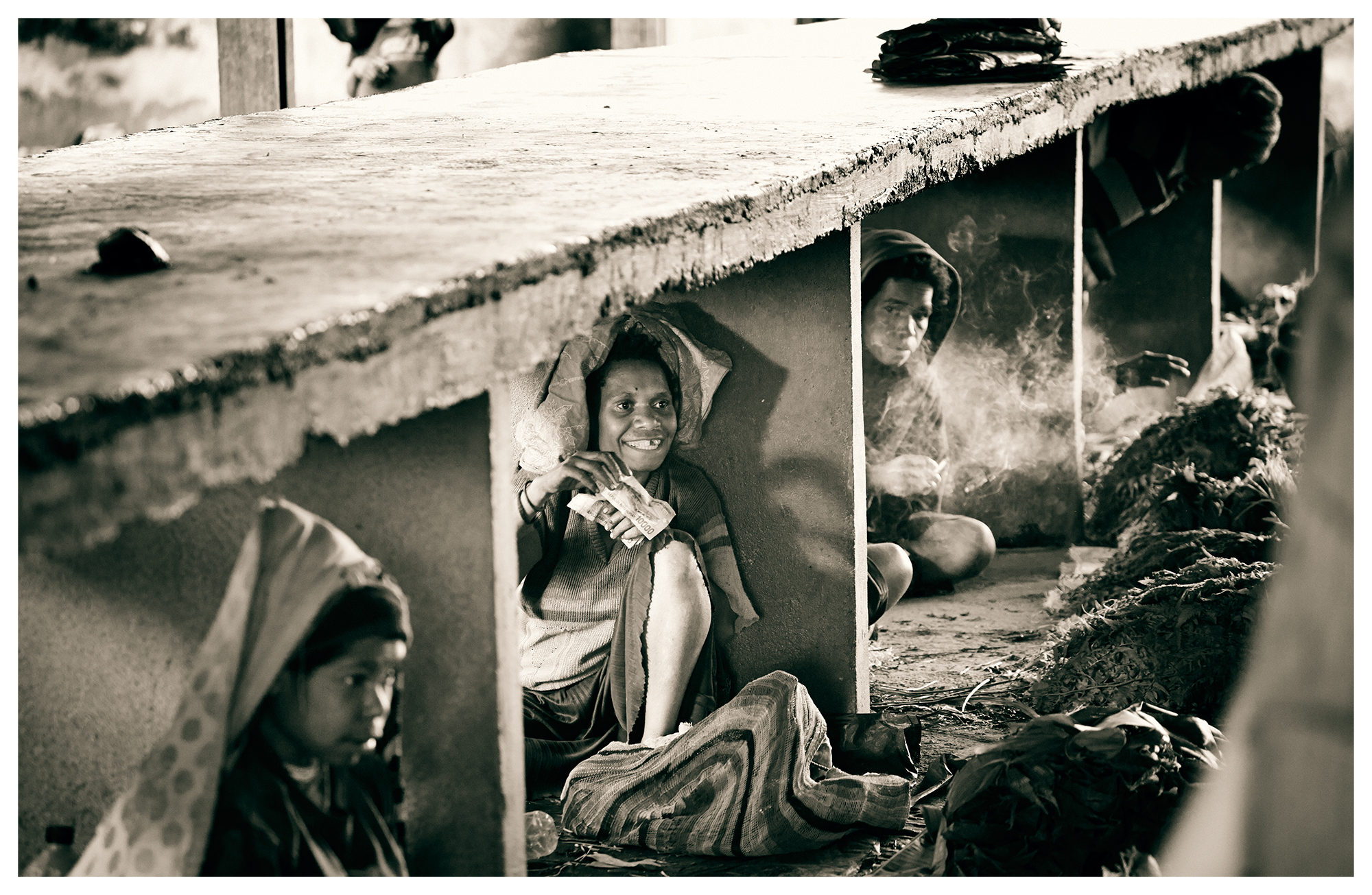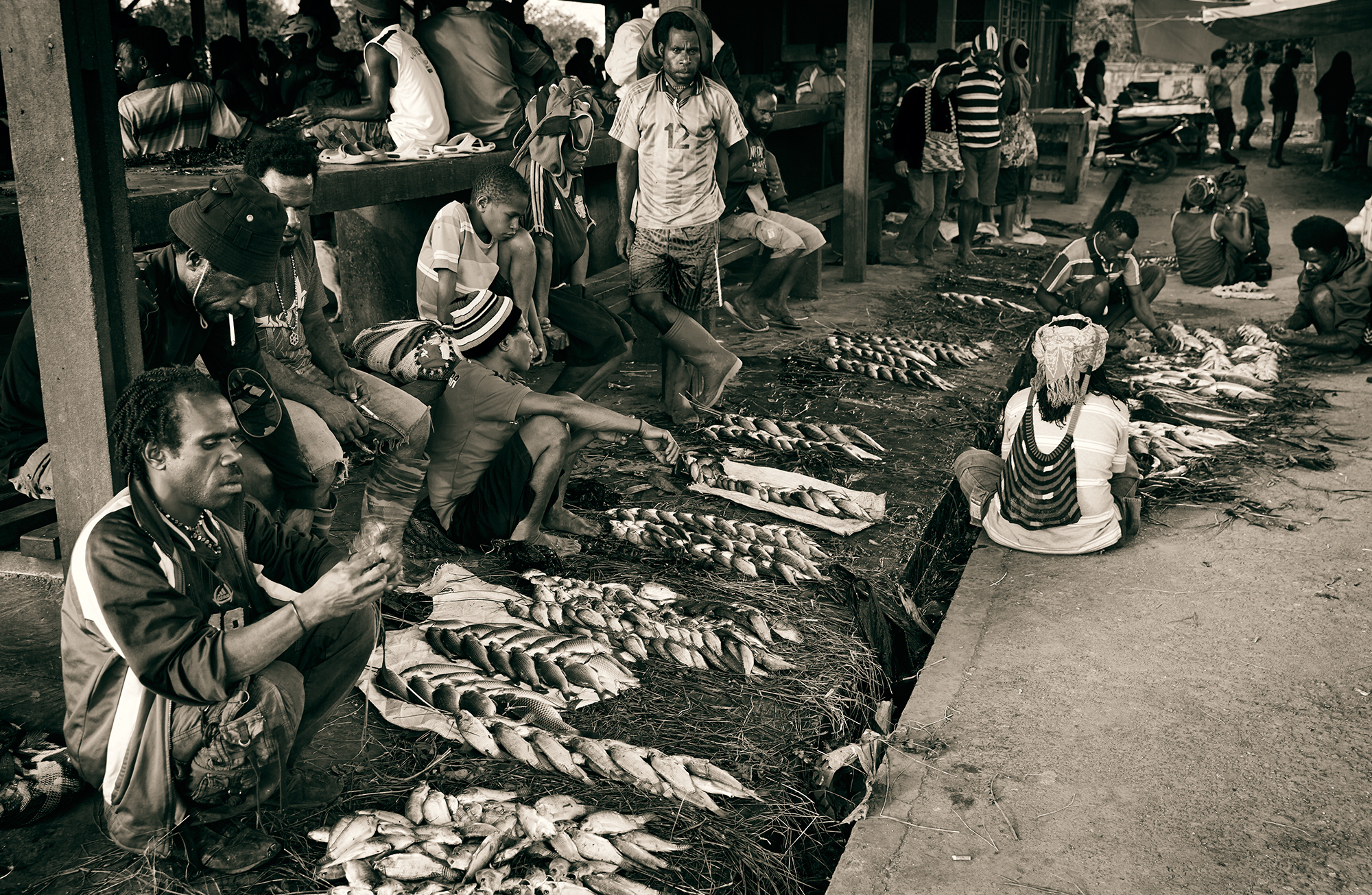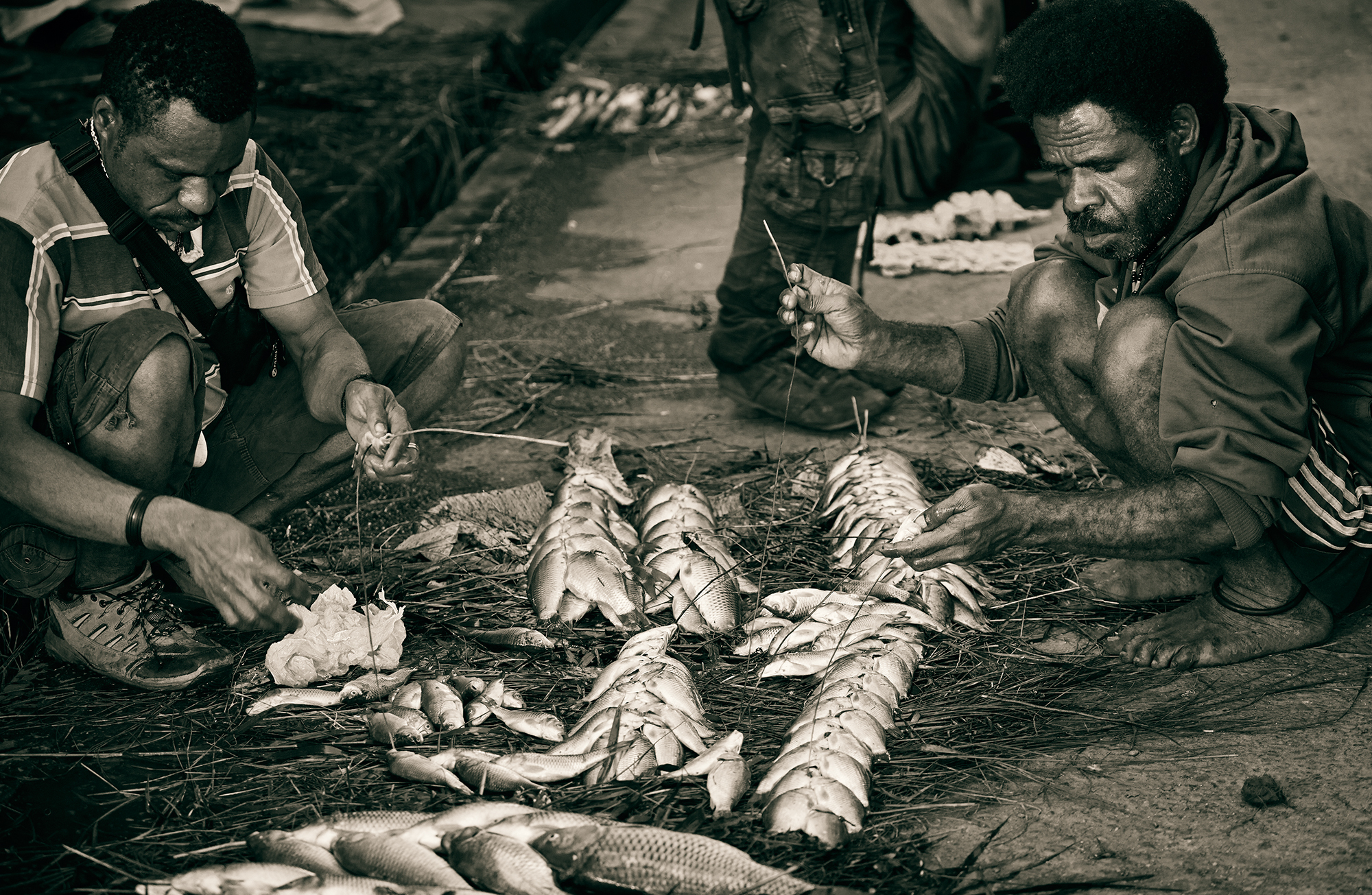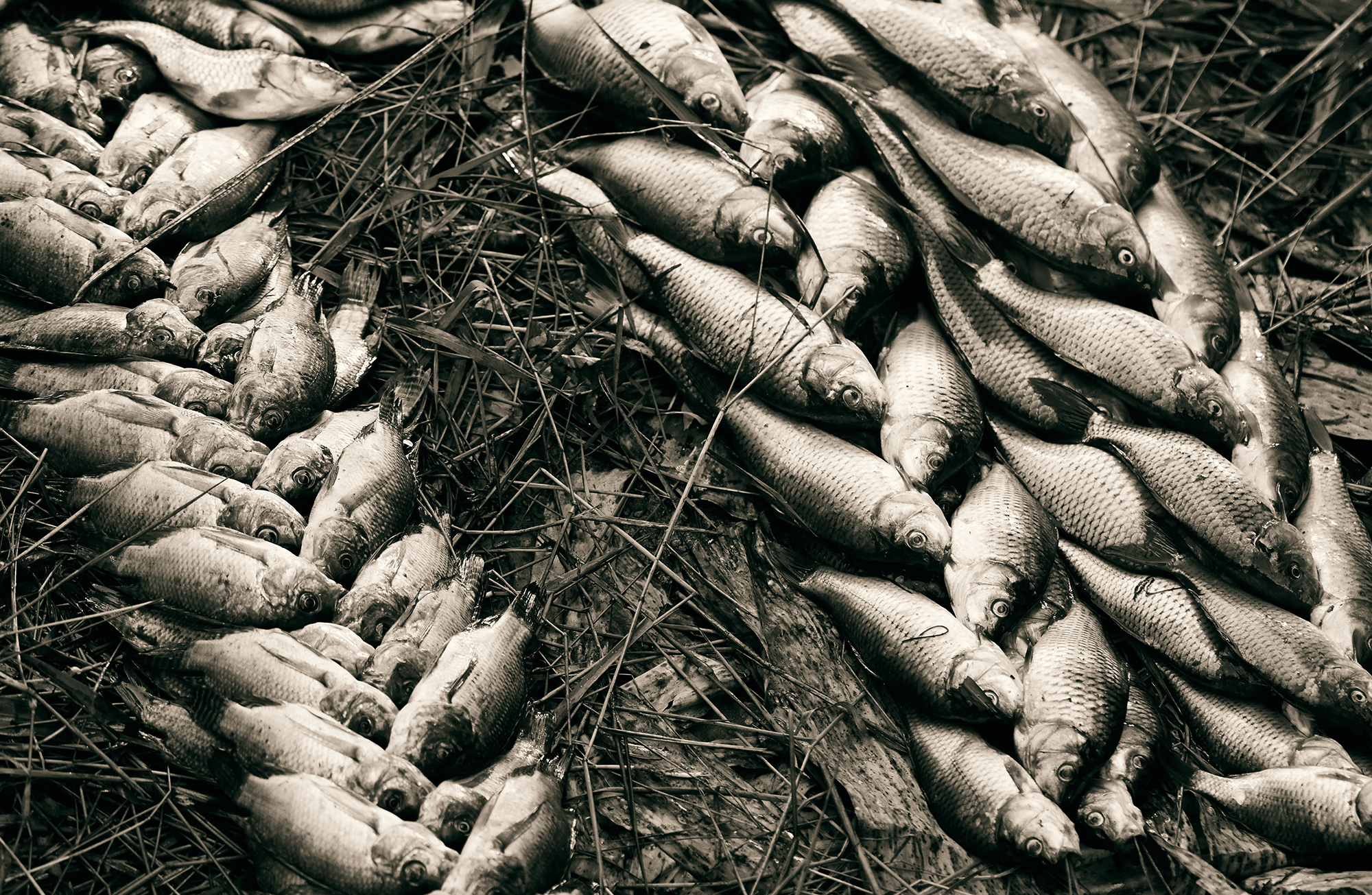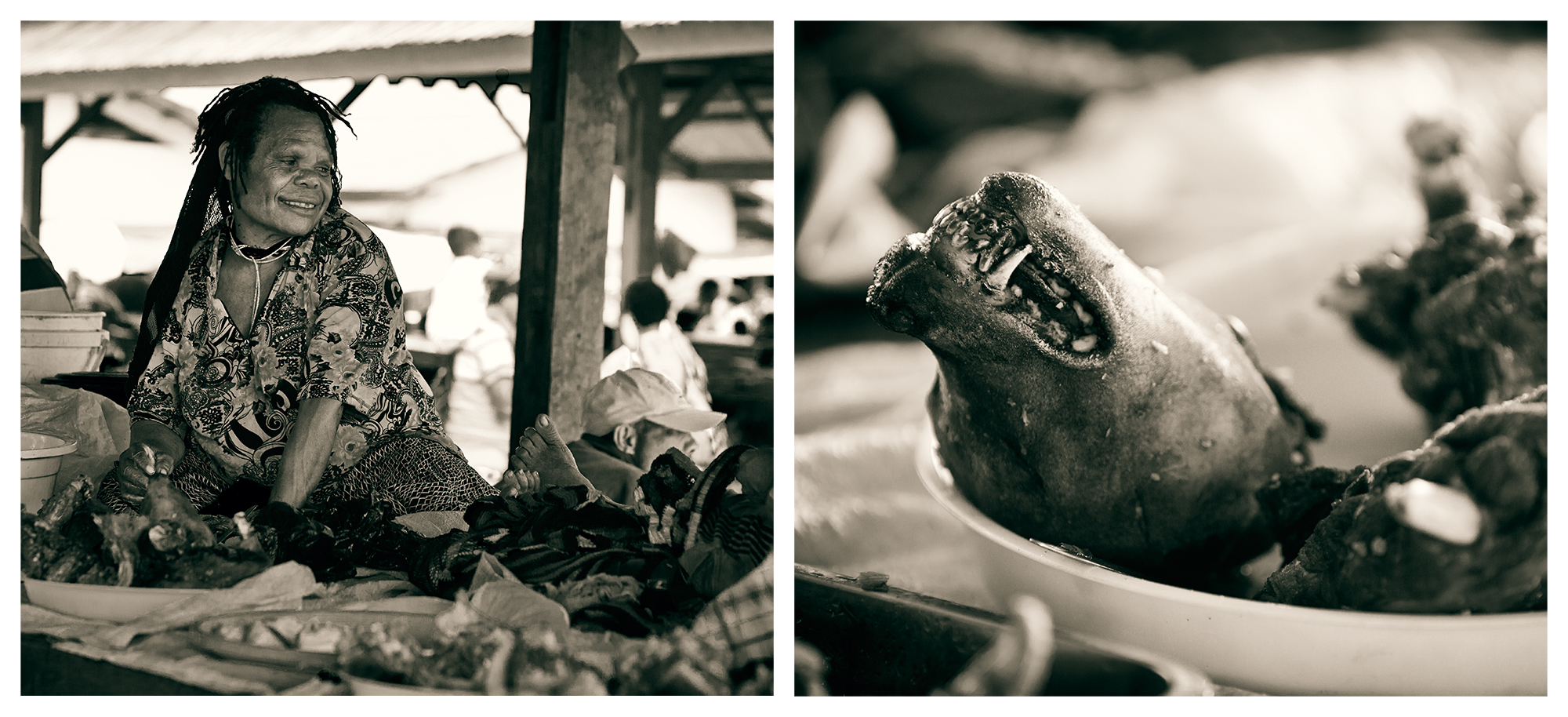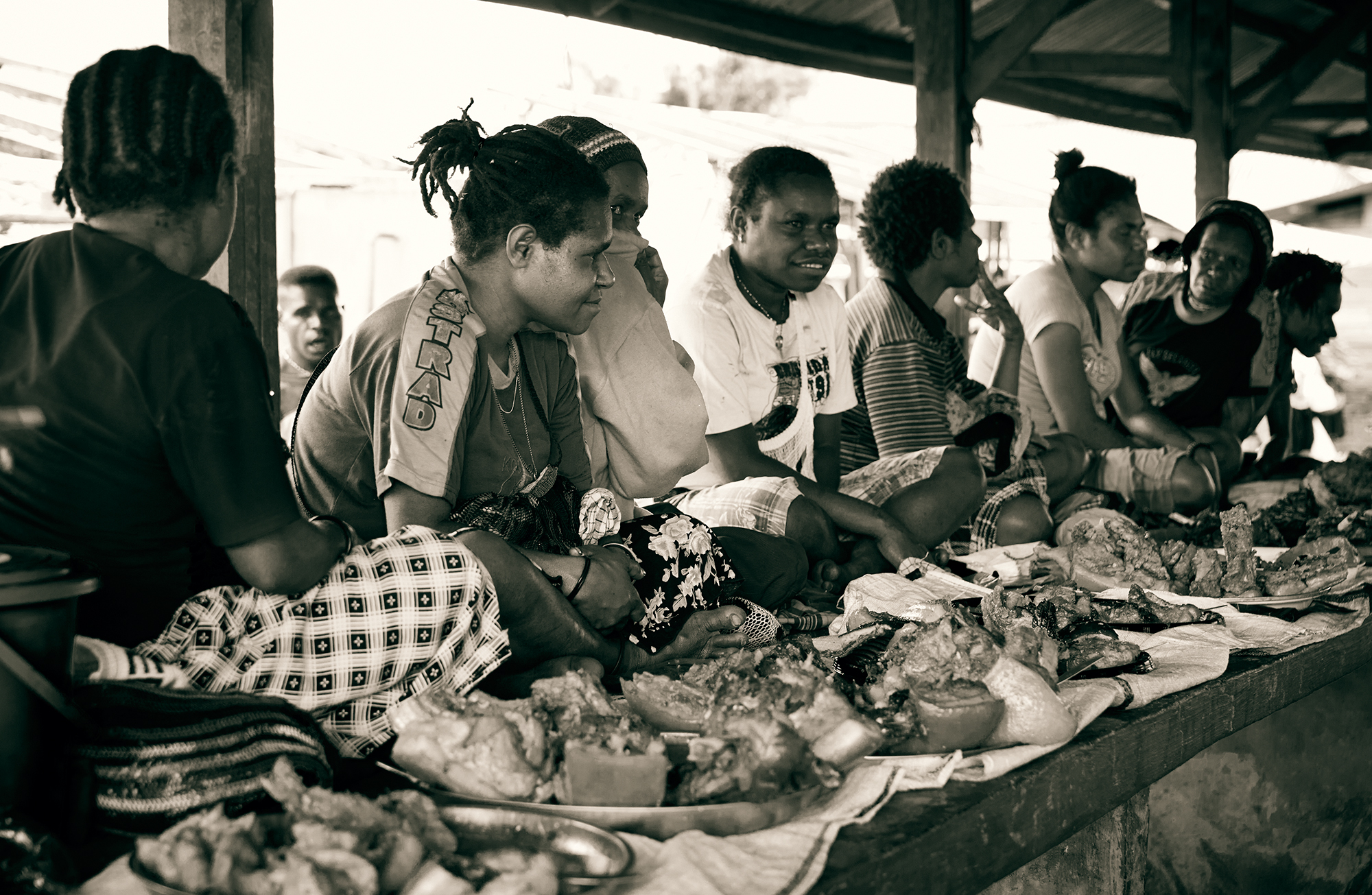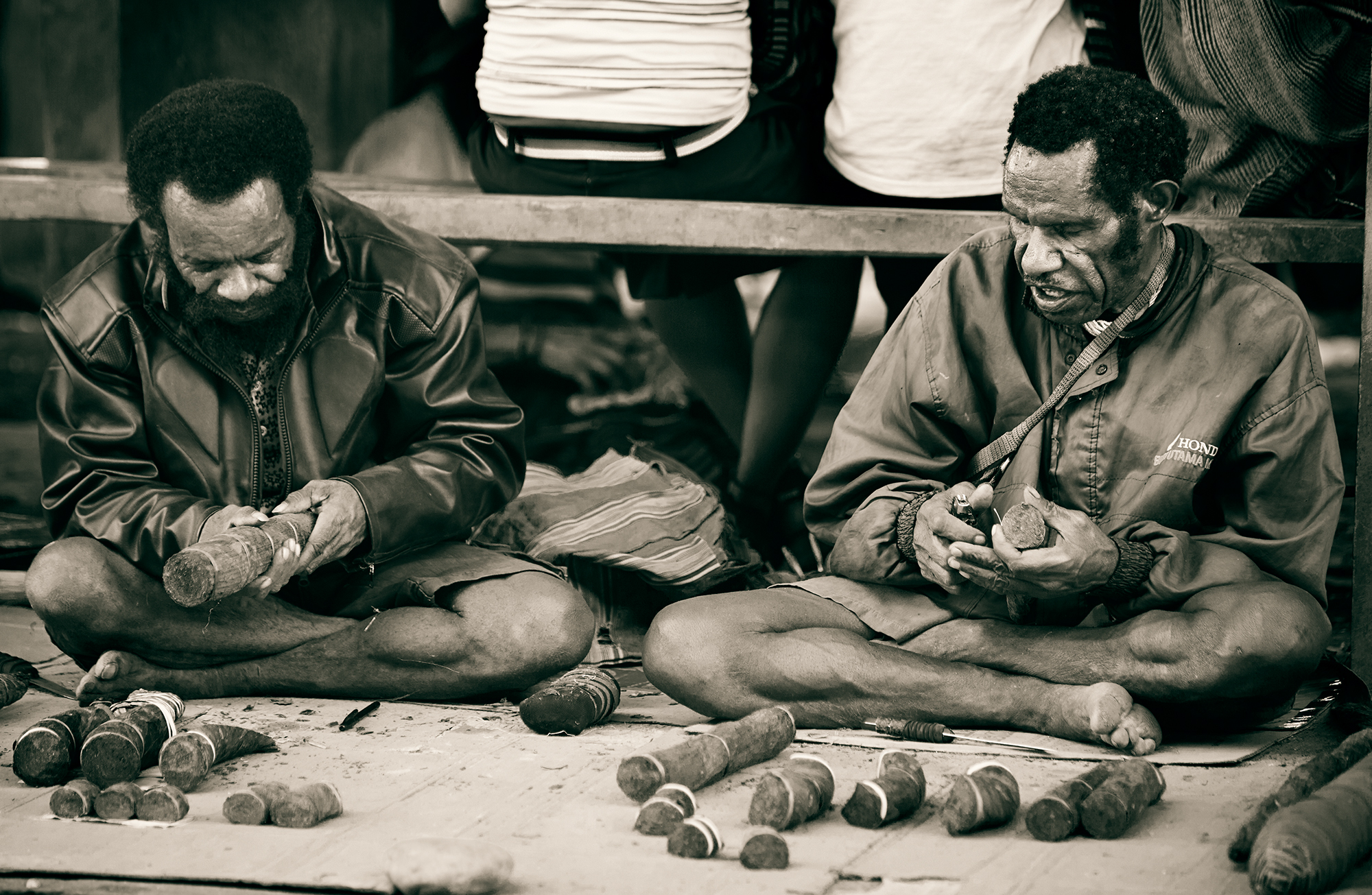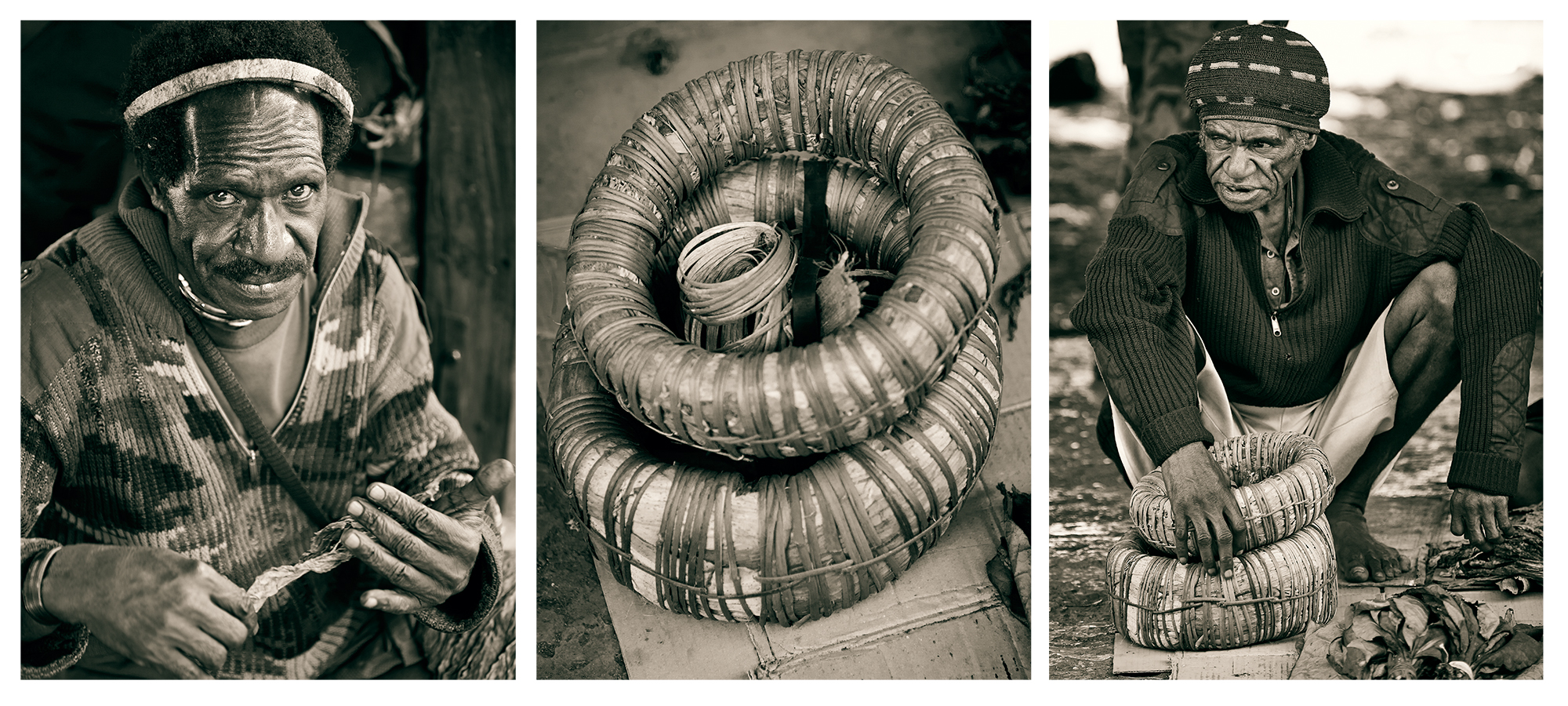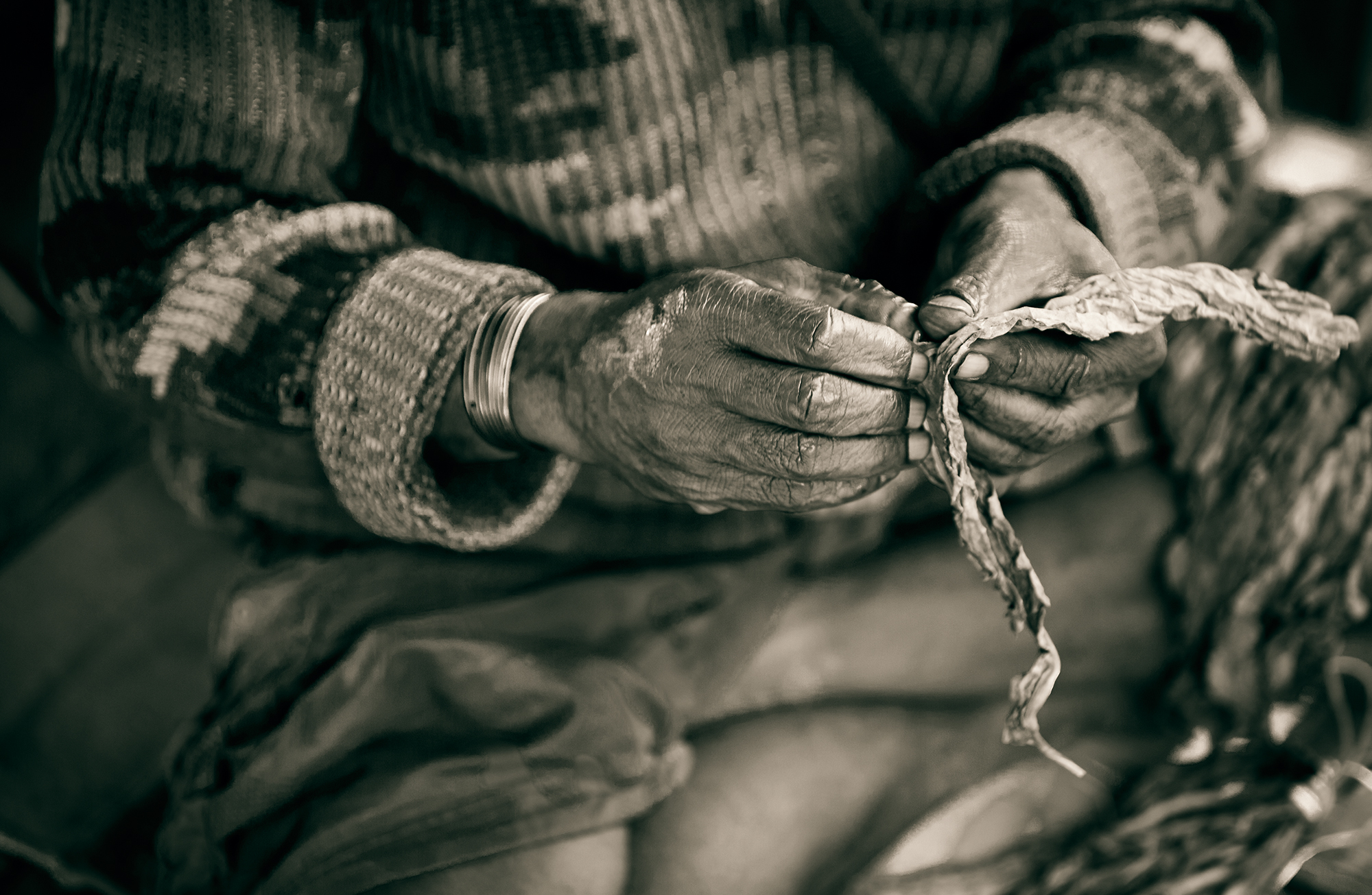Sulphur Miners of Mount Ijen
If someone was to ask me what I considered to be one of the most arduous and dangerous jobs in the world, amongst the top of the list would have to be the men who mine the sulphur from Mount Ijen. This active volcano is located in the Banyuwangi Regency of East Java, Indonesia. There exists a small work force of men, about 30 to 50 strong, who make the journey up the slopes of the mountain, down into volcanic crater, mine the hardened sulphur and return with their bounty. This is completed at least twice a day. Their equipment consists of mainly household slippers to old wellington boots for climbing, a double bamboo basket to shoulder carry the unimaginable 50kg to 100kg load of sulphur and a wet rag to place in their mouth to breath through the toxic sulphuric vapours.
I was lucky enough to be granted permission to follow the miners into the crater and document their labours in retrieving this valued mineral. I did consider my own tolerances to their working environment and came prepared with proper trekking boots and clothes and an industrial grade gas mask. This equipment didn’t prevent the frequent slip and fall along the crater path amongst the volcanic dust and rock or the constant coughing and eye tearing from the gases leaking into my mask. Comparatively, the miners were unfazed by any of these obstacles, even considering most were carrying their average 80kg sulphur loads.
At the base of the crater lies a turquoise sulphuric acid lake. Along the shore of this lake the workers mine the mineral from man made pipes that feed from the heart of the volcano below – with a metal rod, the men chip at the hardened liquid sulphur that drips from the tubing. After filling their bamboo baskets full, the miners make the eventual journey out of the crater and back down the mountain.
Apart from the miners, there is one job that requires a worker to be stationed within the crater for most of the day – that is the maintenance of the pipes. With slightly better gear, this engineer fixes any cracks in the pipes and regulates their temperature with water. On a maintenance break I managed to speak to this engineer briefly about the motives behind the men who work on this mountain – the simple answer was the higher wages, at least 5 times the average local income at $80 a month, out weighing all the extreme working conditions of their labour. He, himself an ex-miner, managed to support his family and send his two sons to university in Surabaya with his income.
Continuing the journey of the sulphur, after the miner reaches the base of the volcano, his haul gets weighed and loaded onto a truck. From here, the Sulphur gets sent to one of the local ‘refineries’ near the volcano, where the rock Sulphur gets melted, filtered and re-solidified. It is then sent to National based chemical companies to be sold globally. But it is the journey of the men, whose daily grind is to climb a volcano to tap its resources to make a living, which is astounding. It is truly an extreme job and a true testament to the labour of mankind.
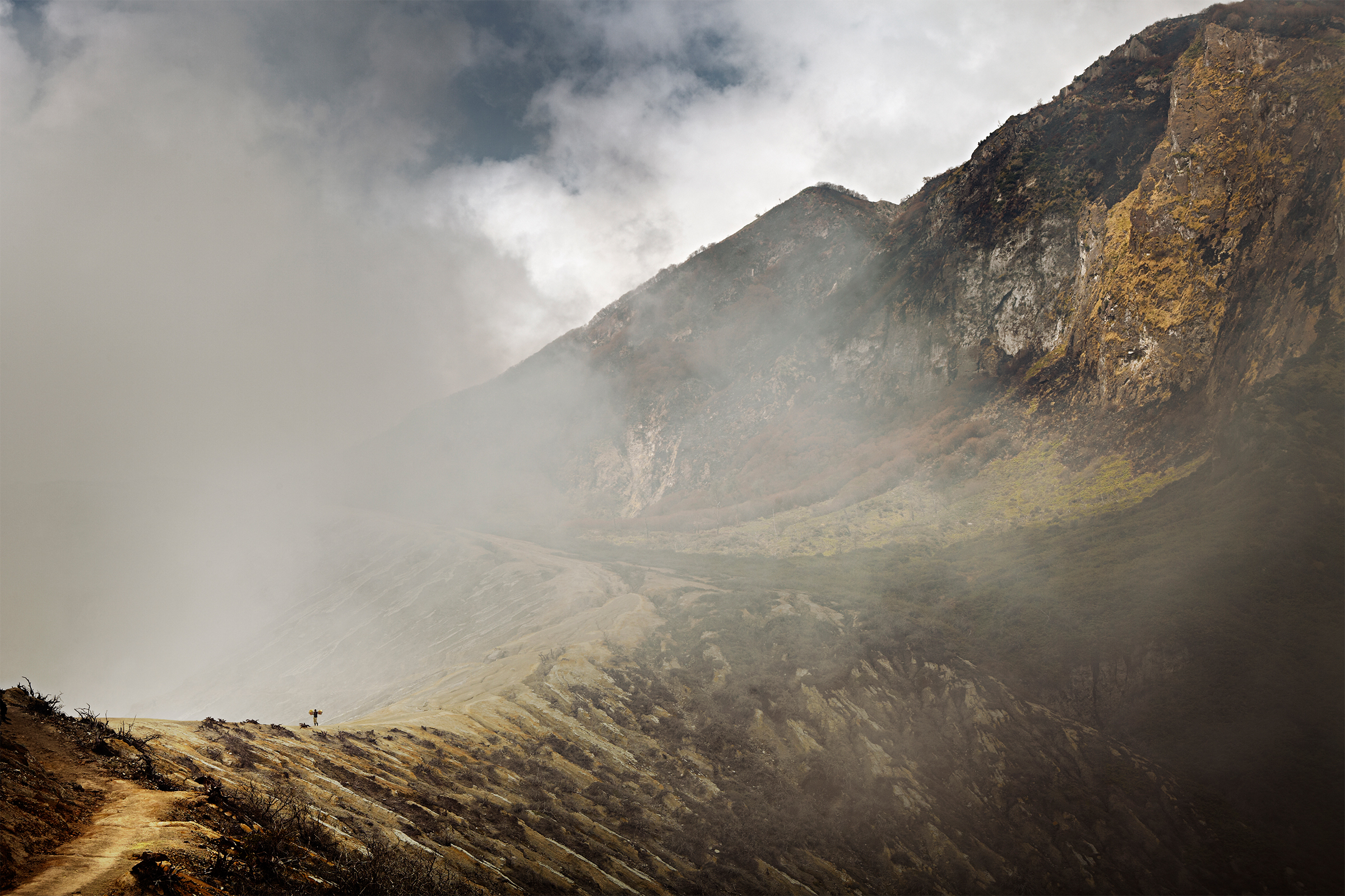

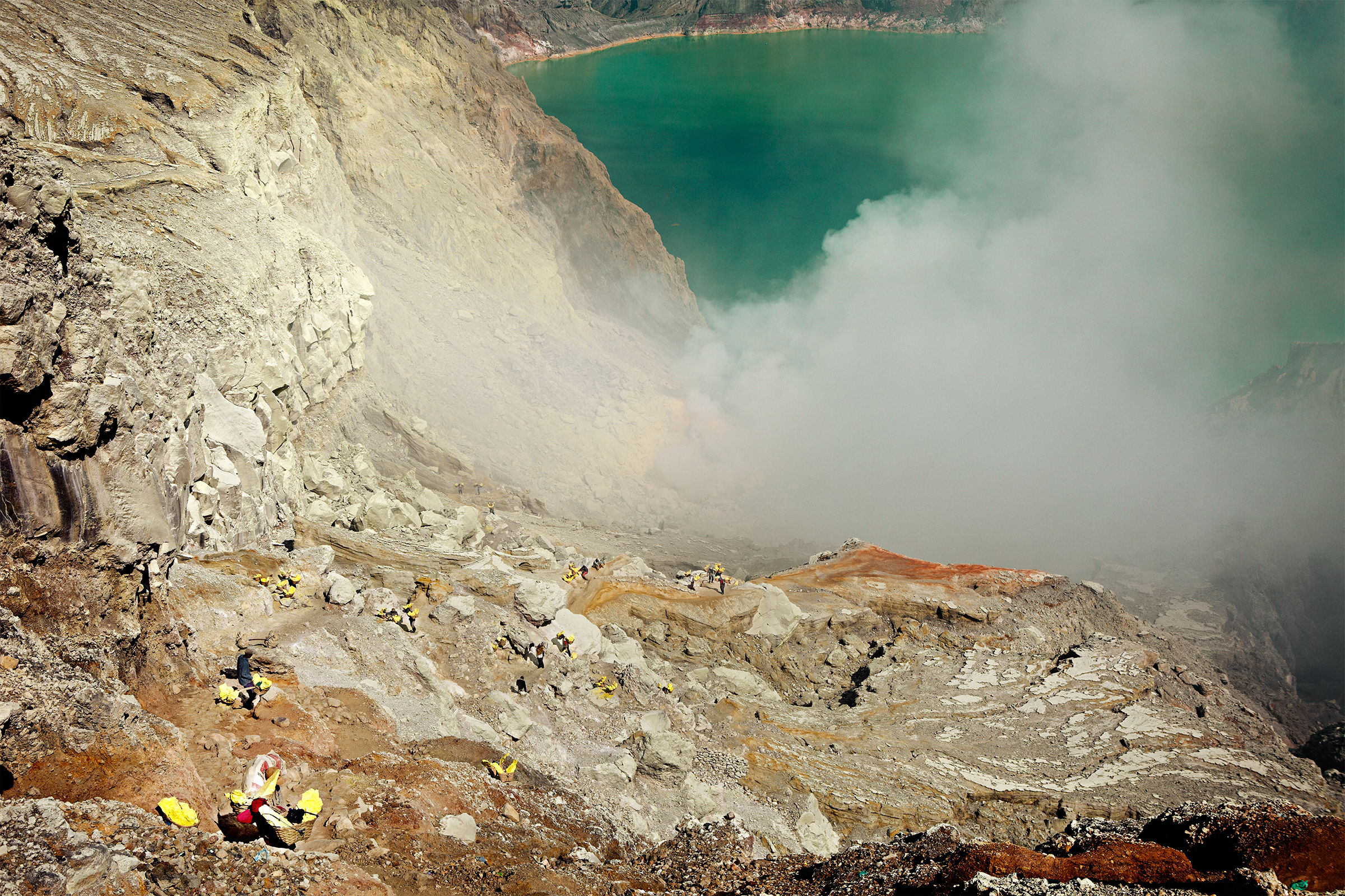
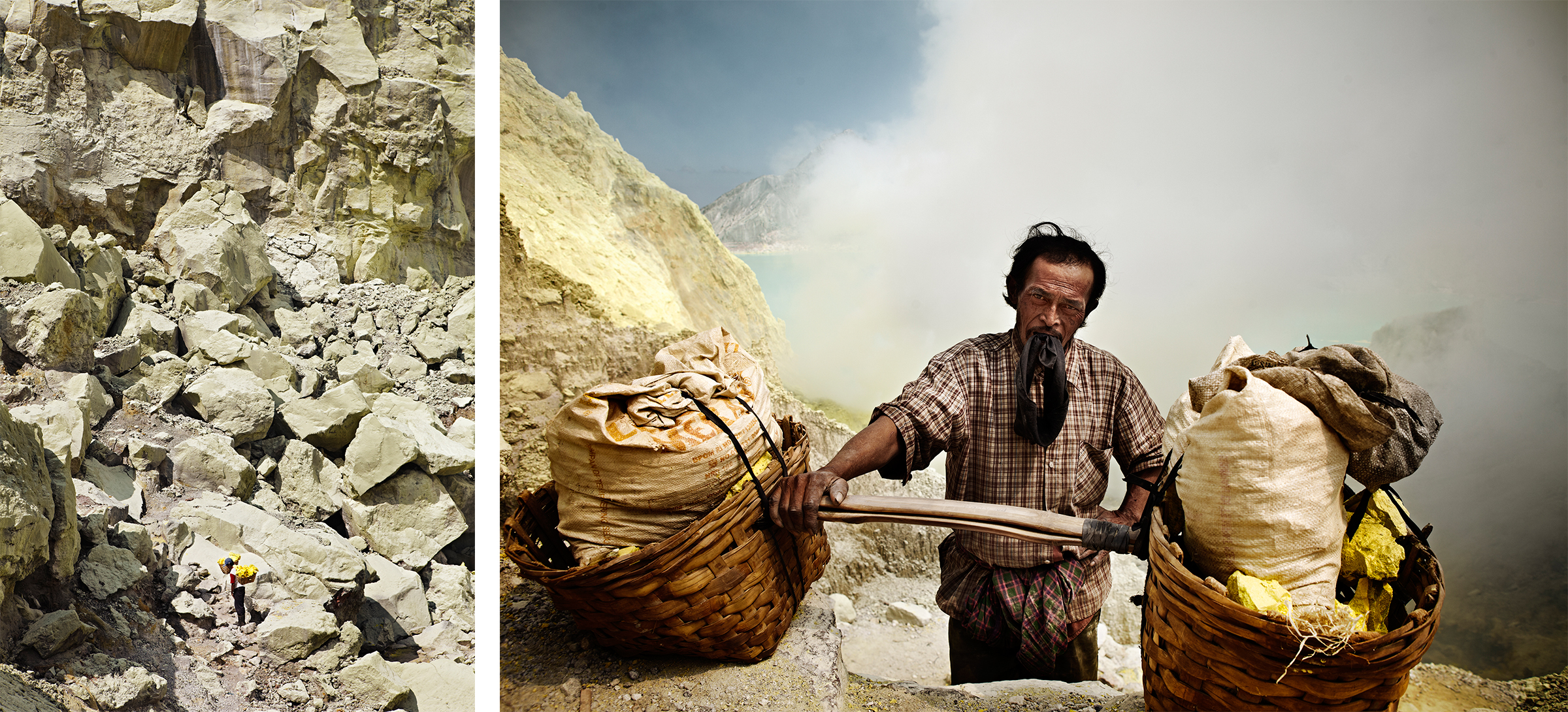
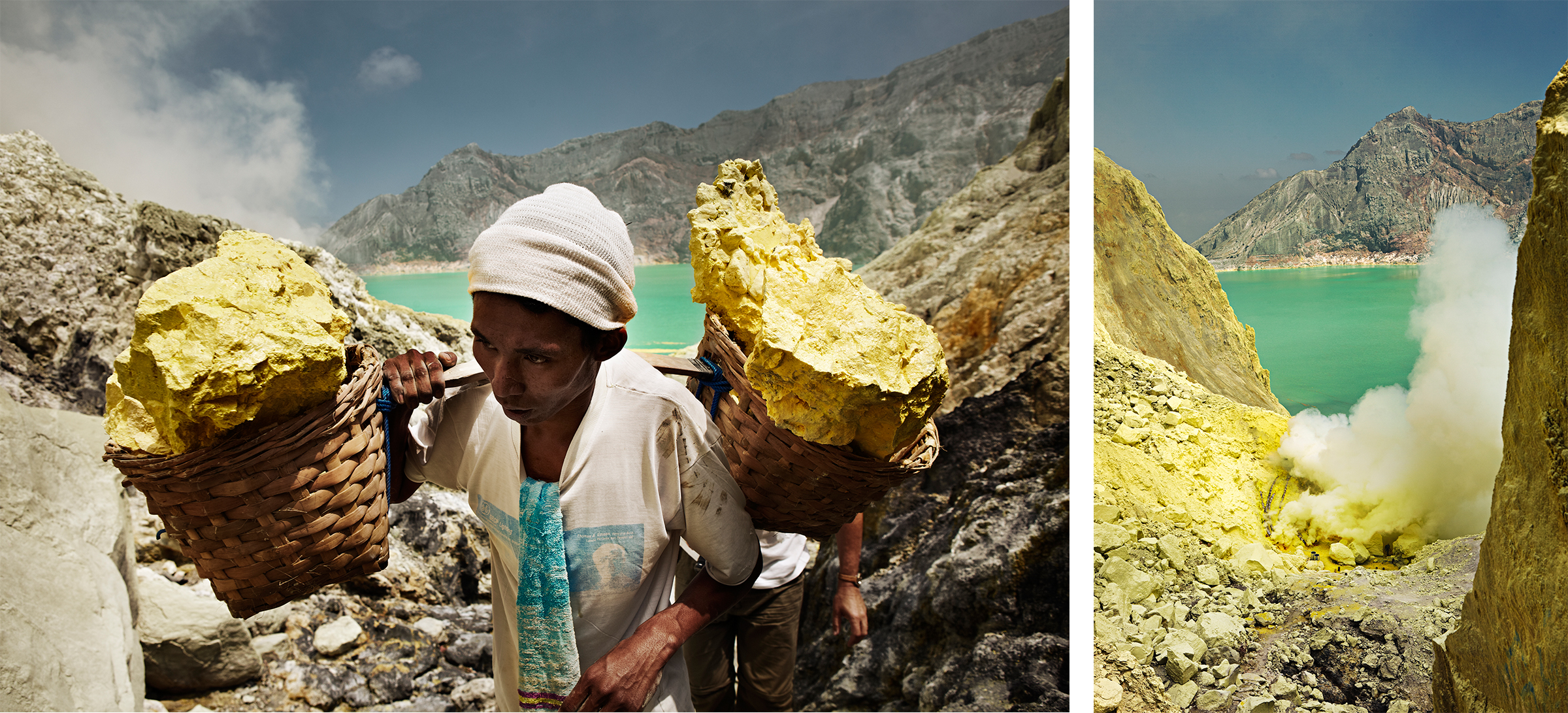
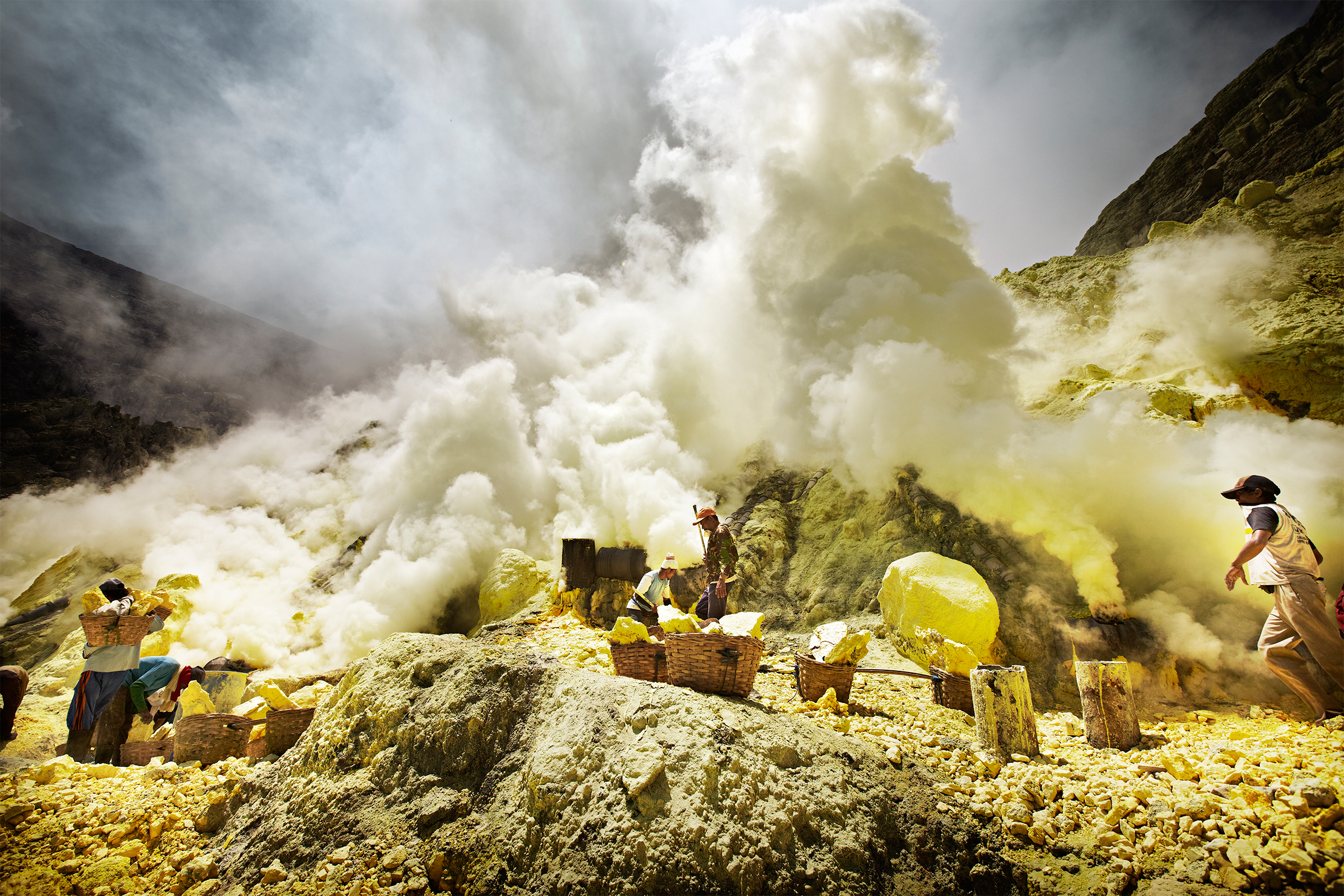

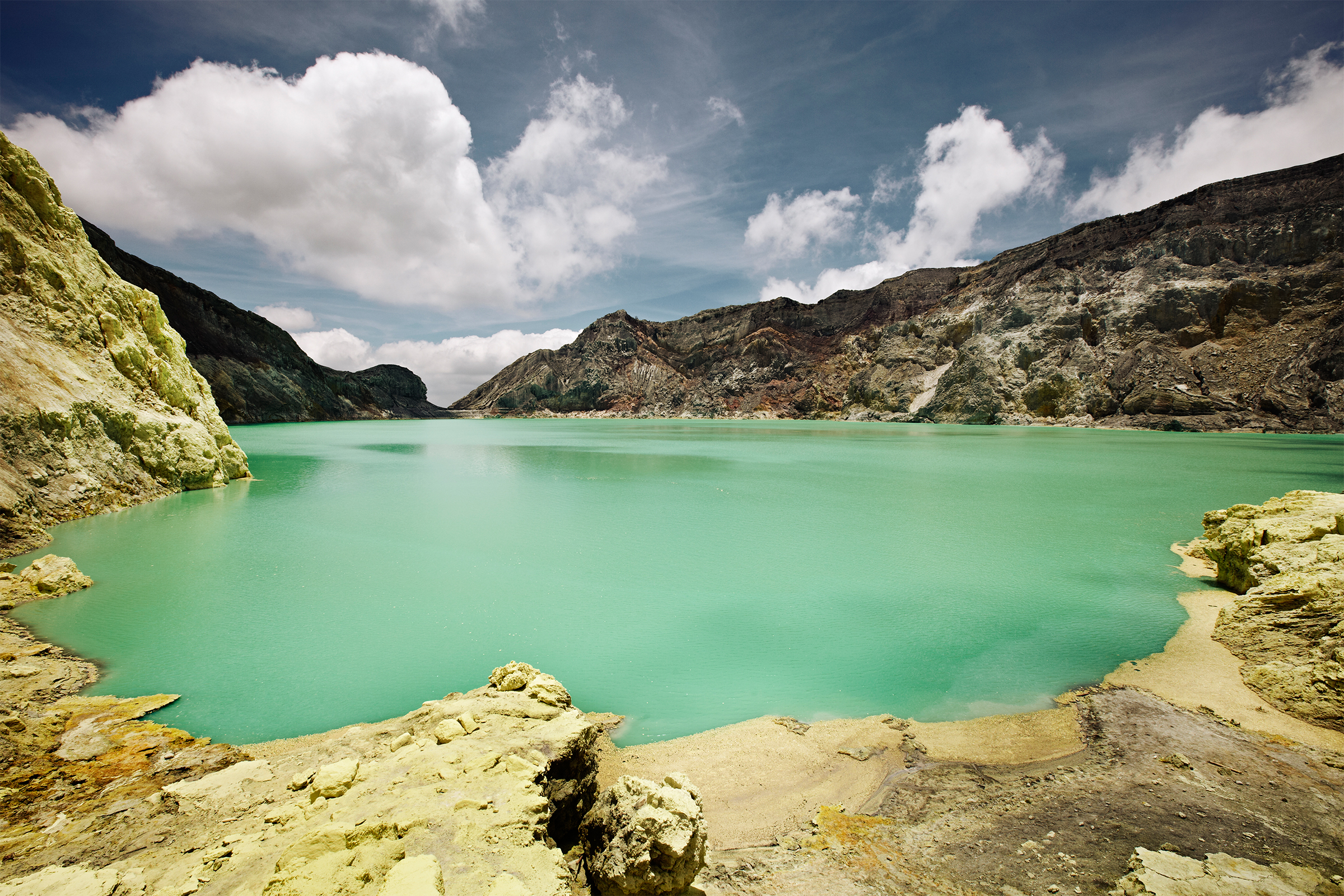

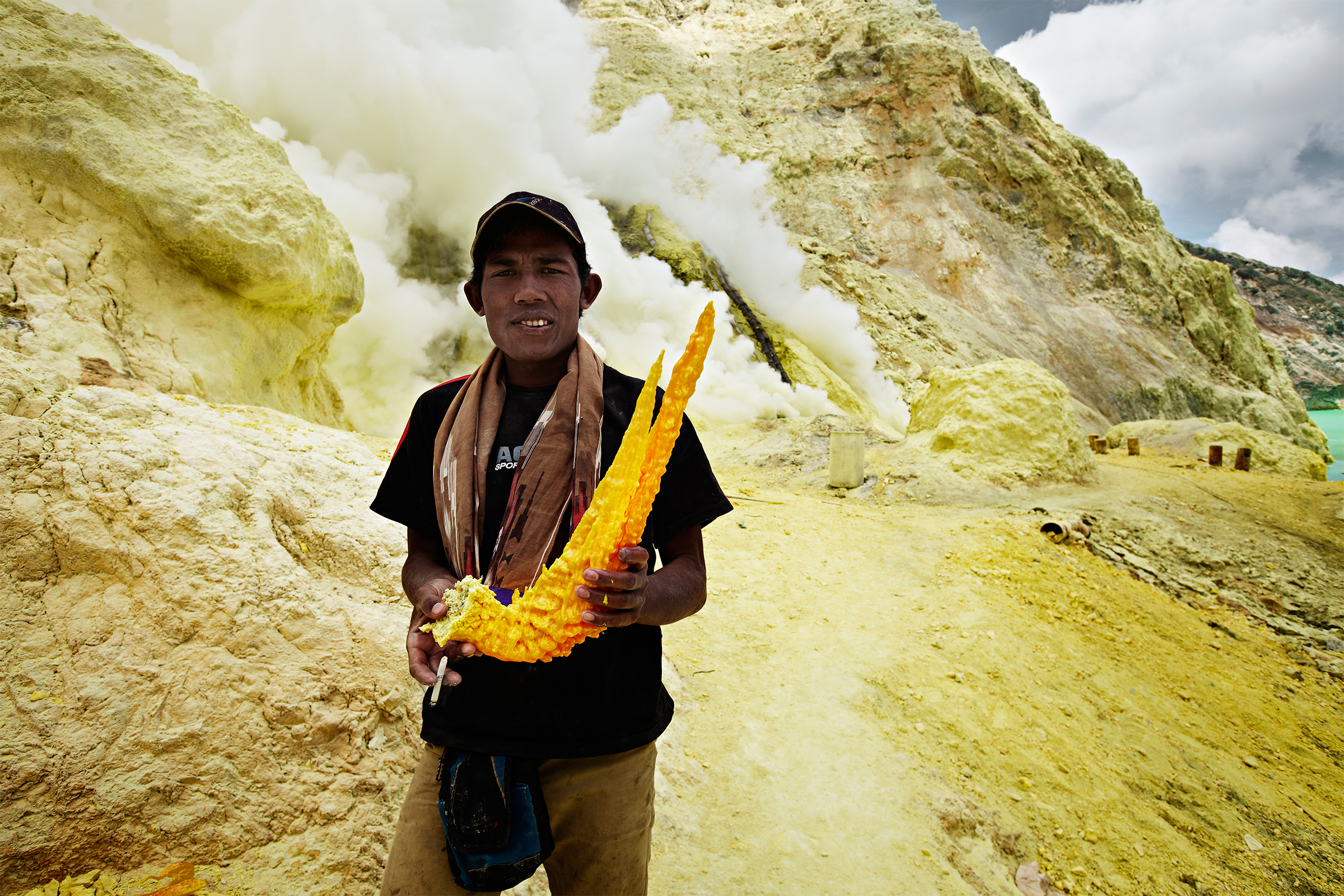
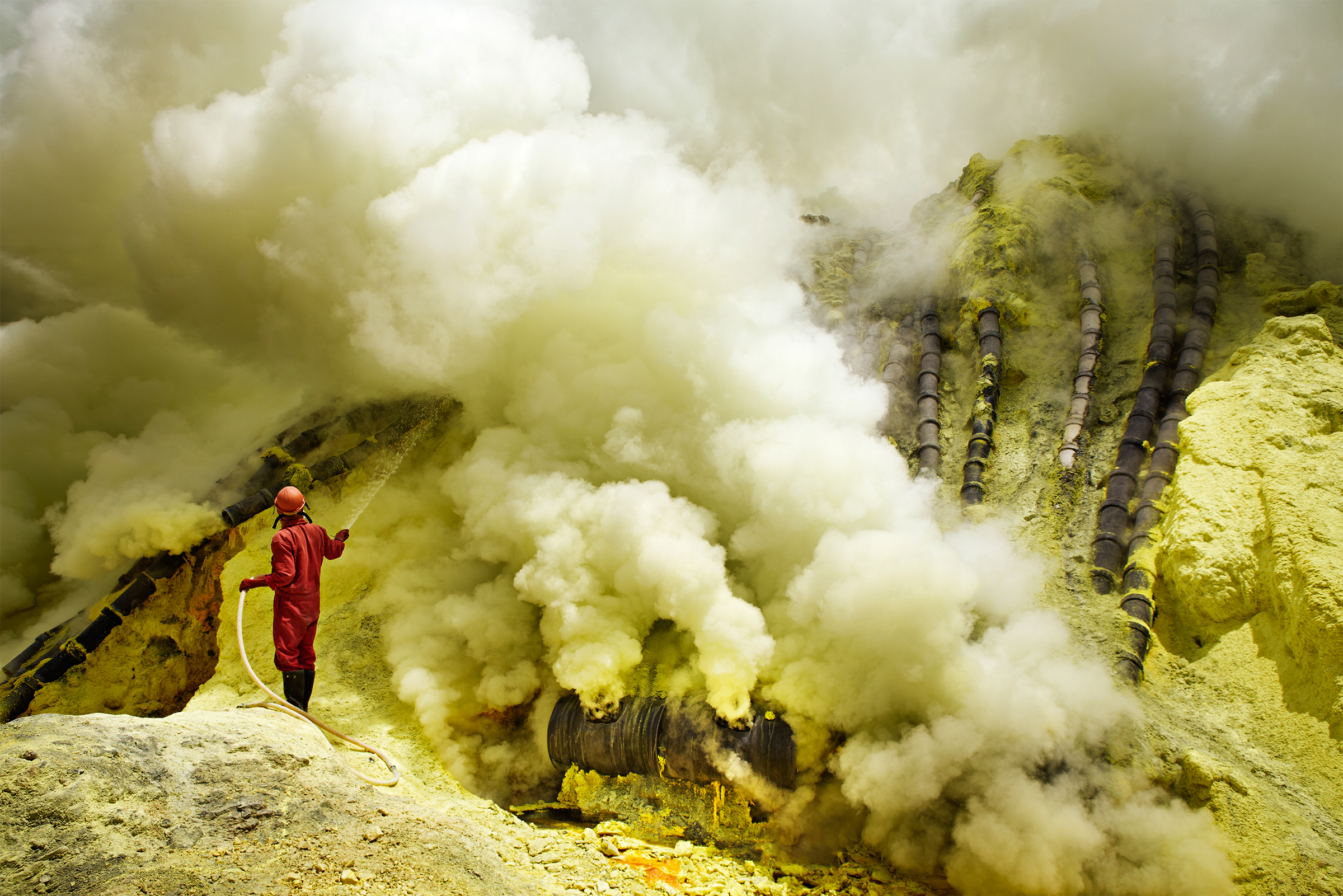
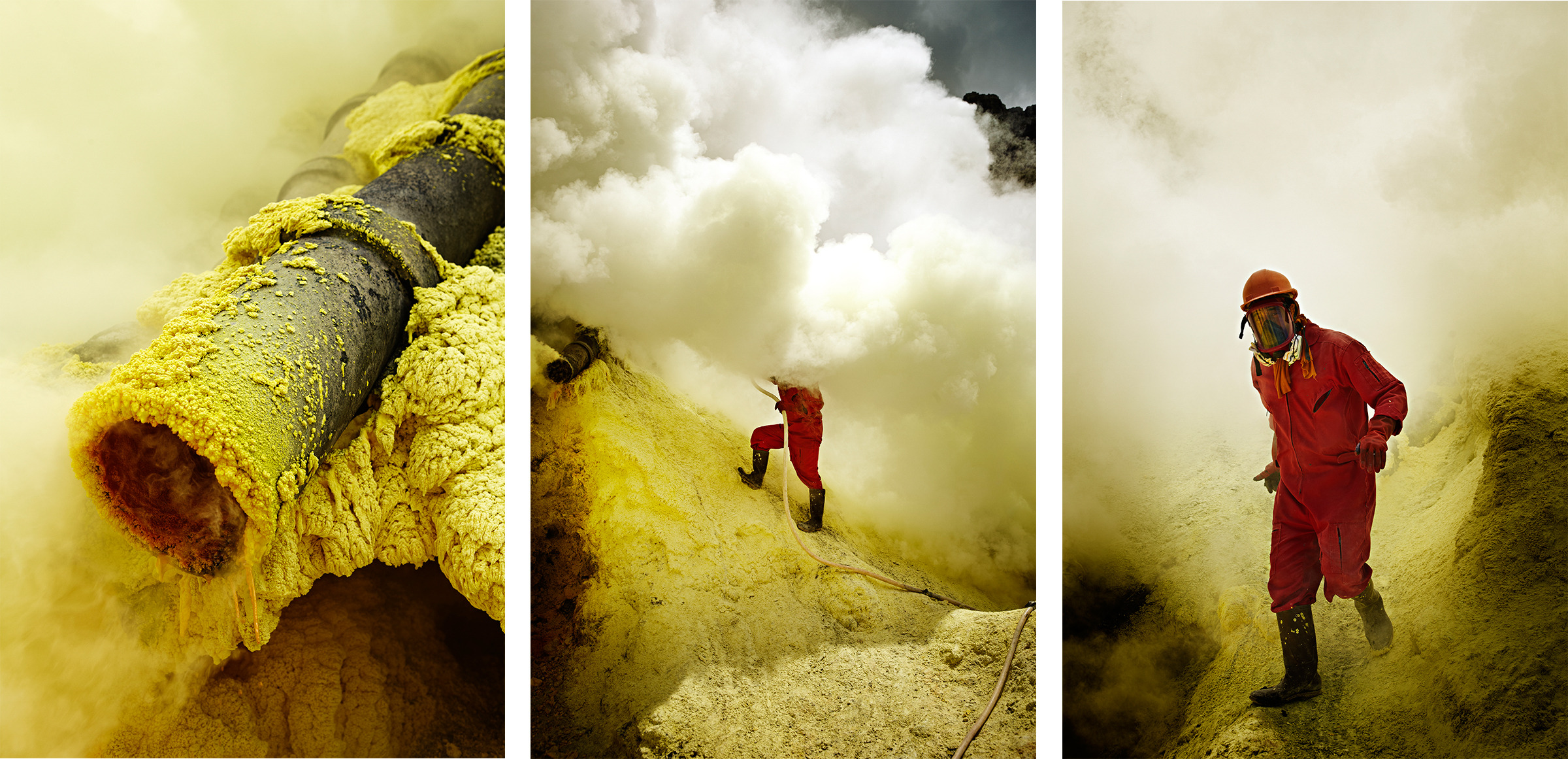
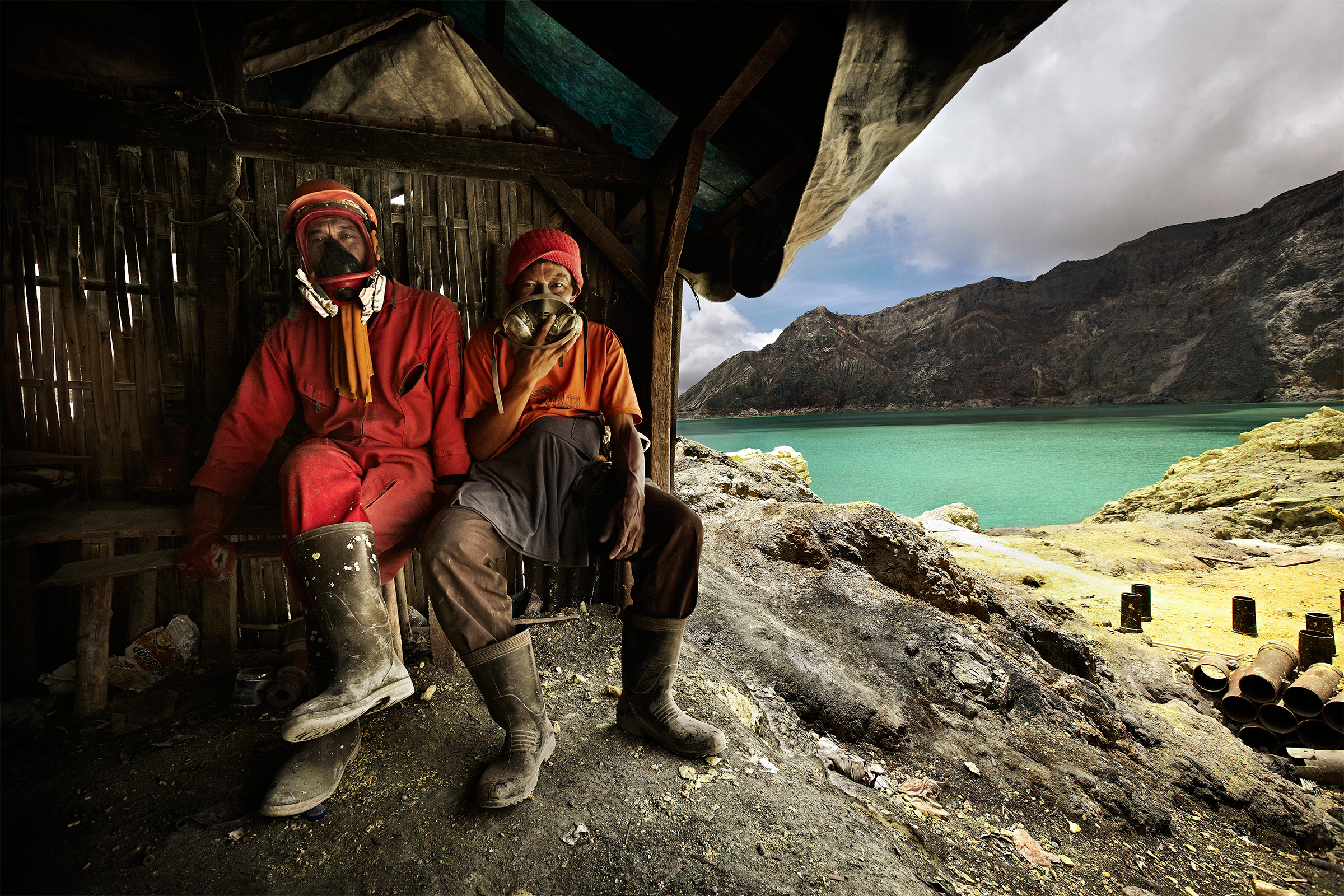
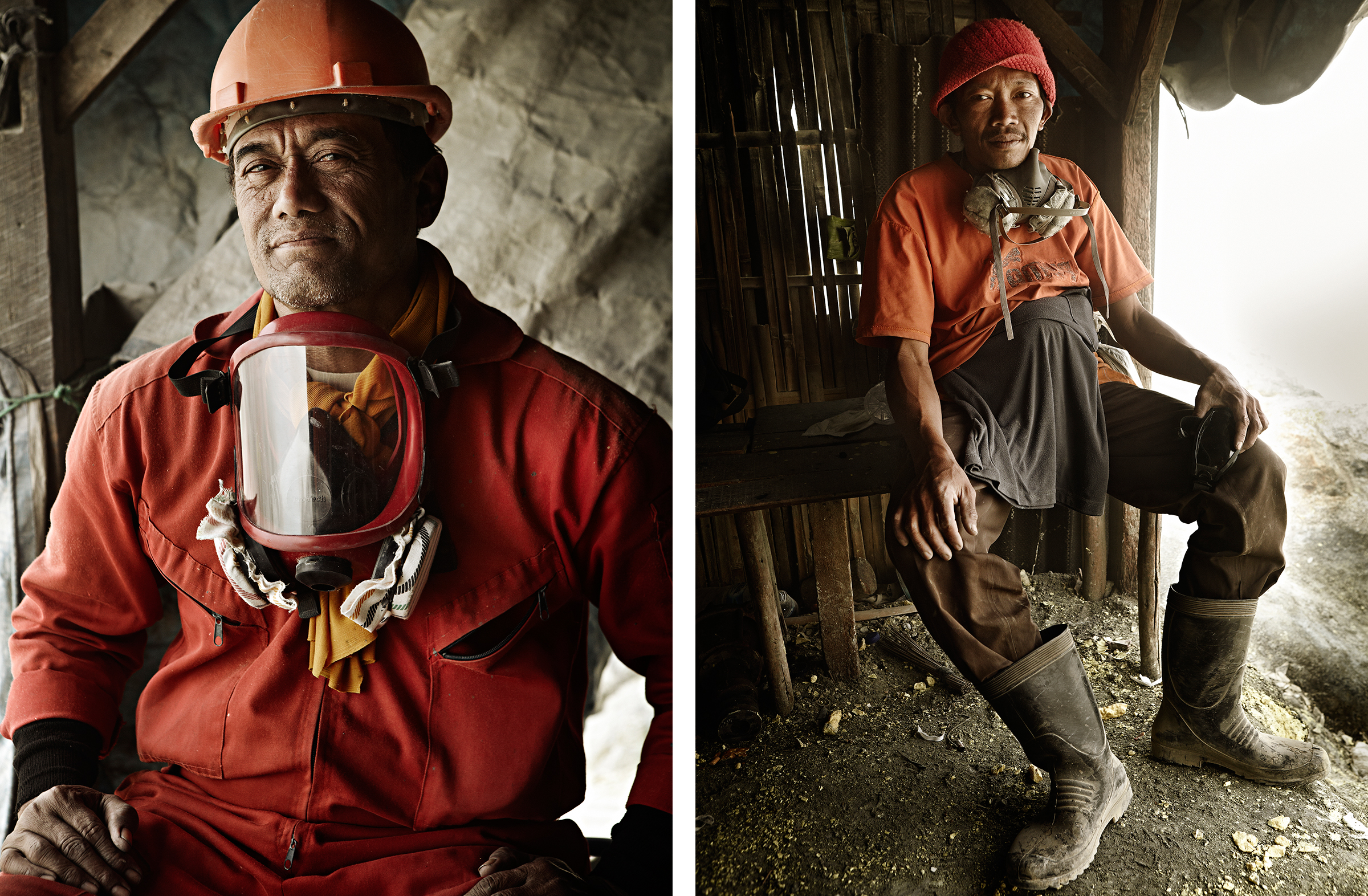
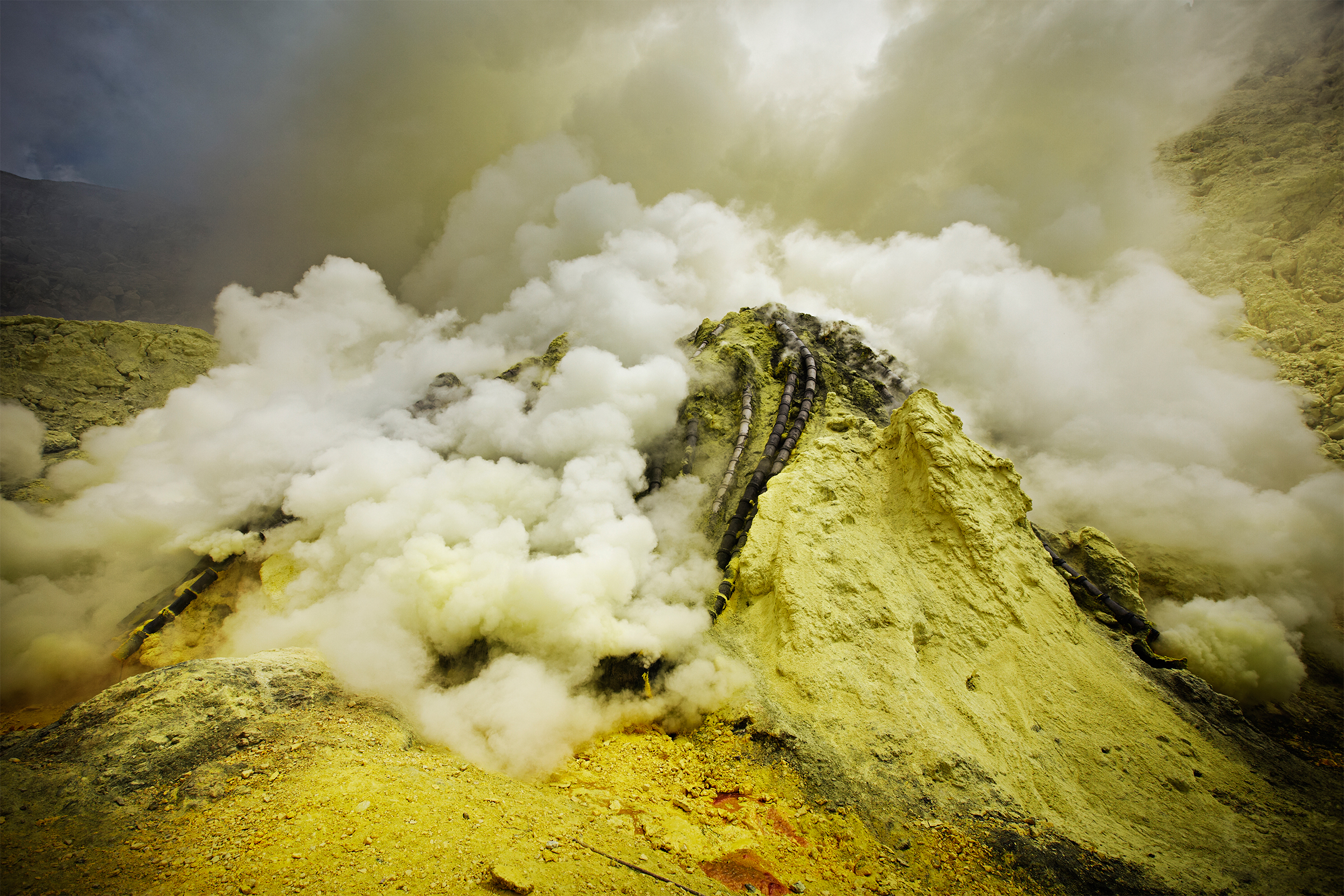
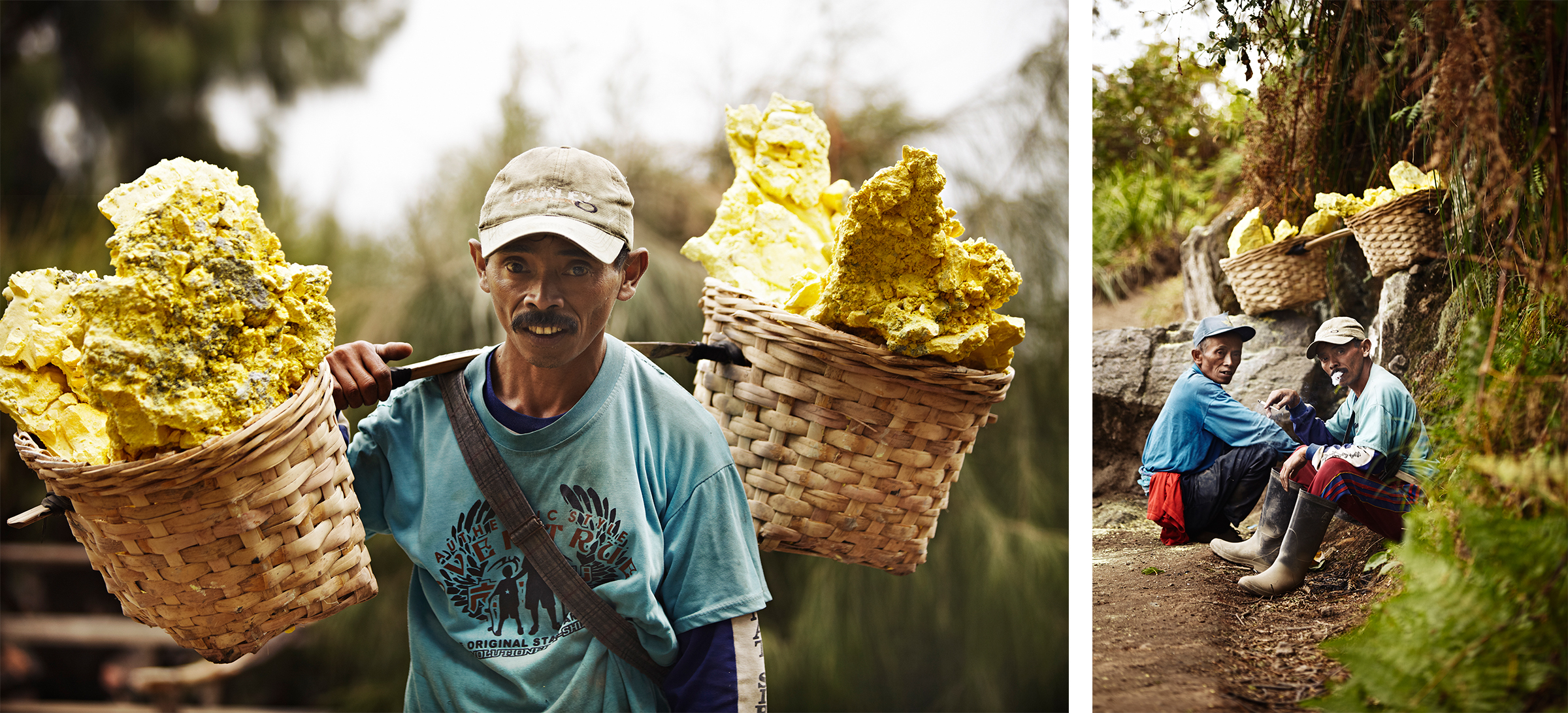
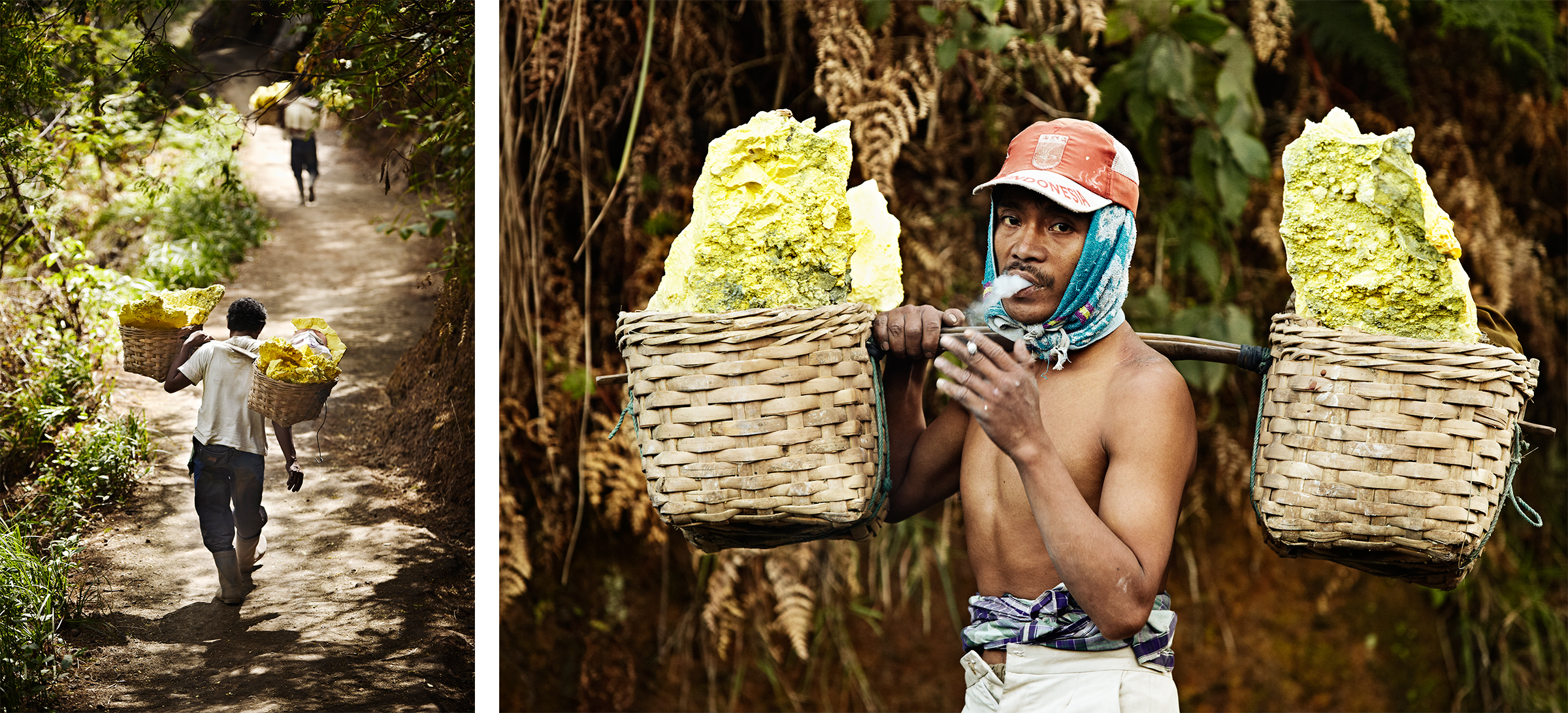
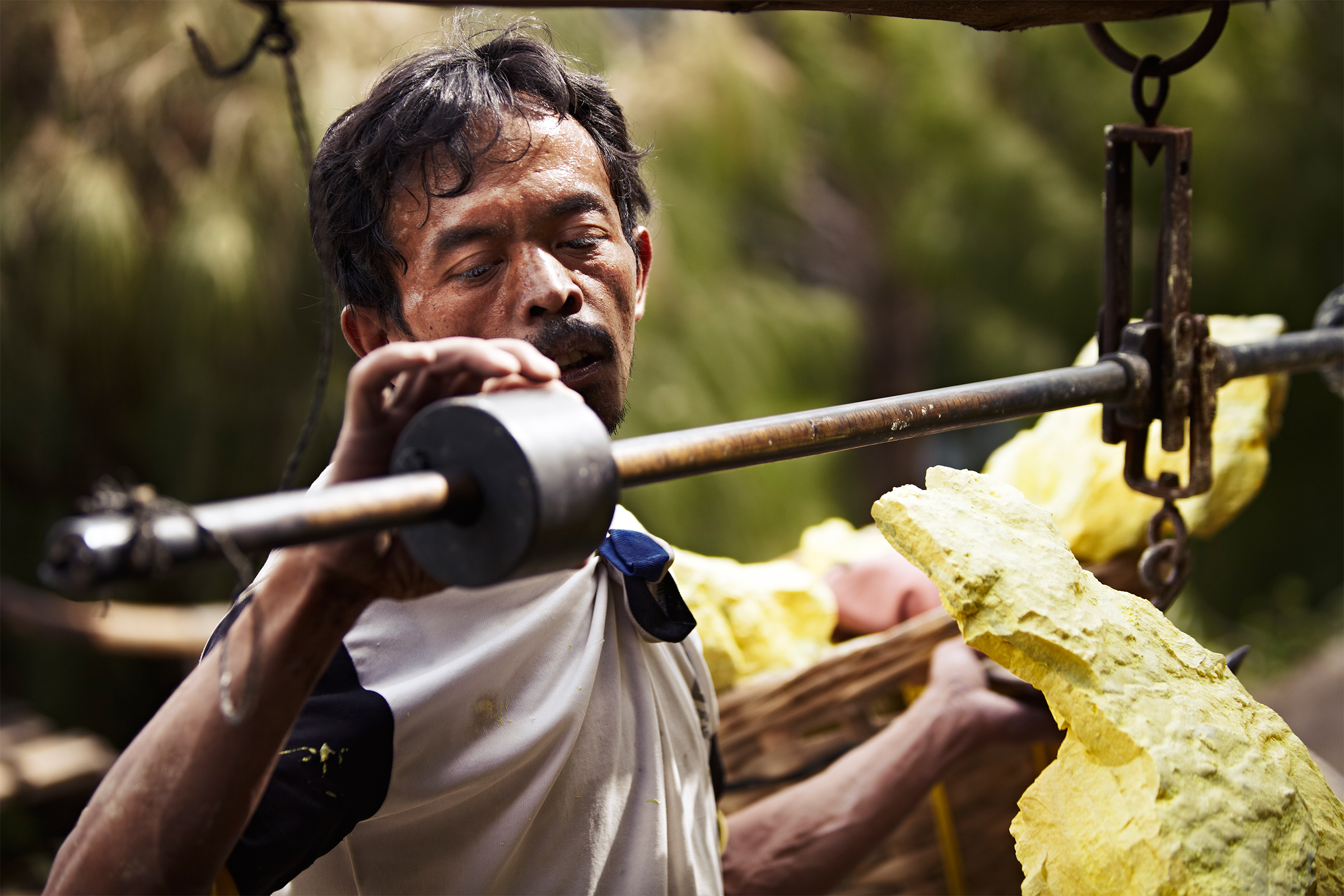
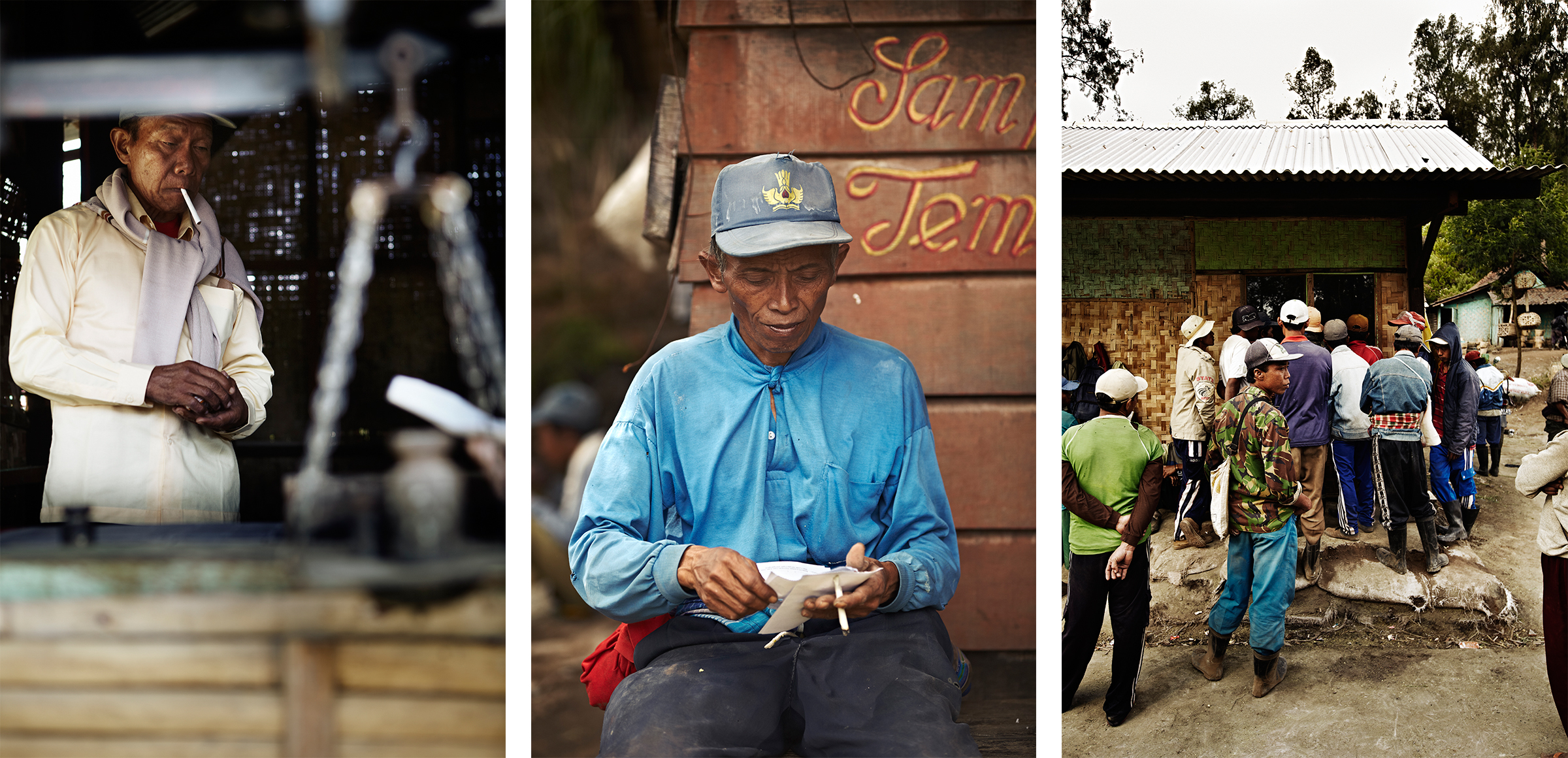

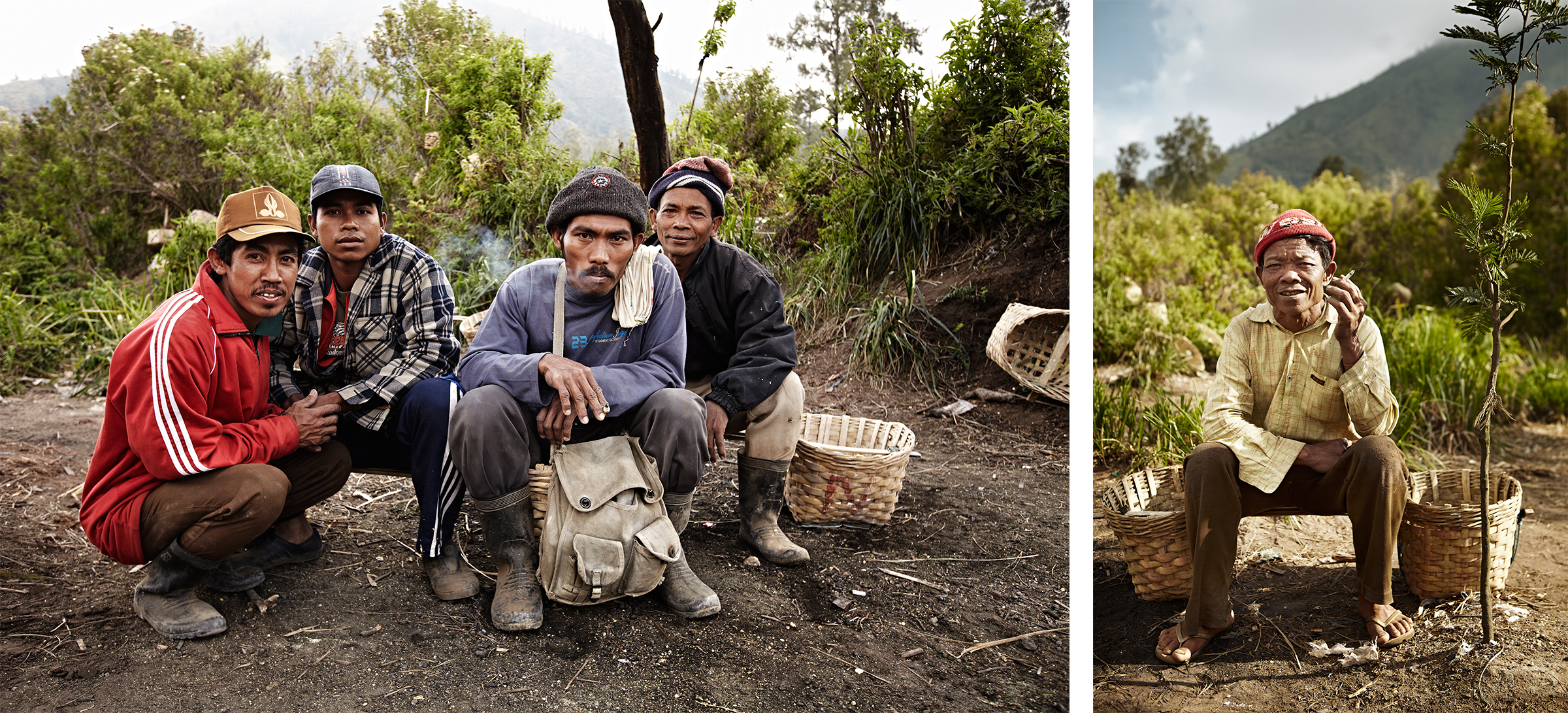
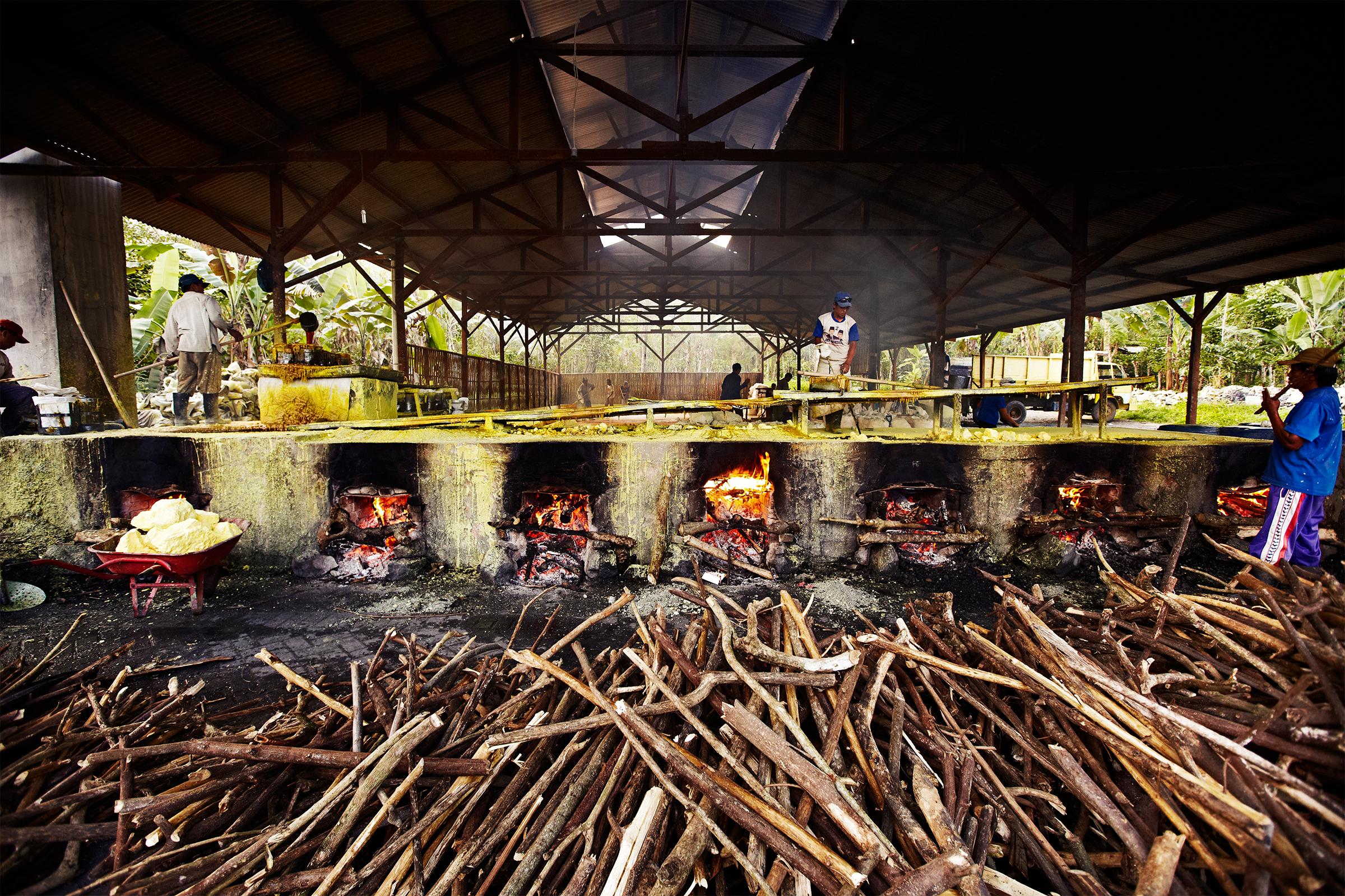
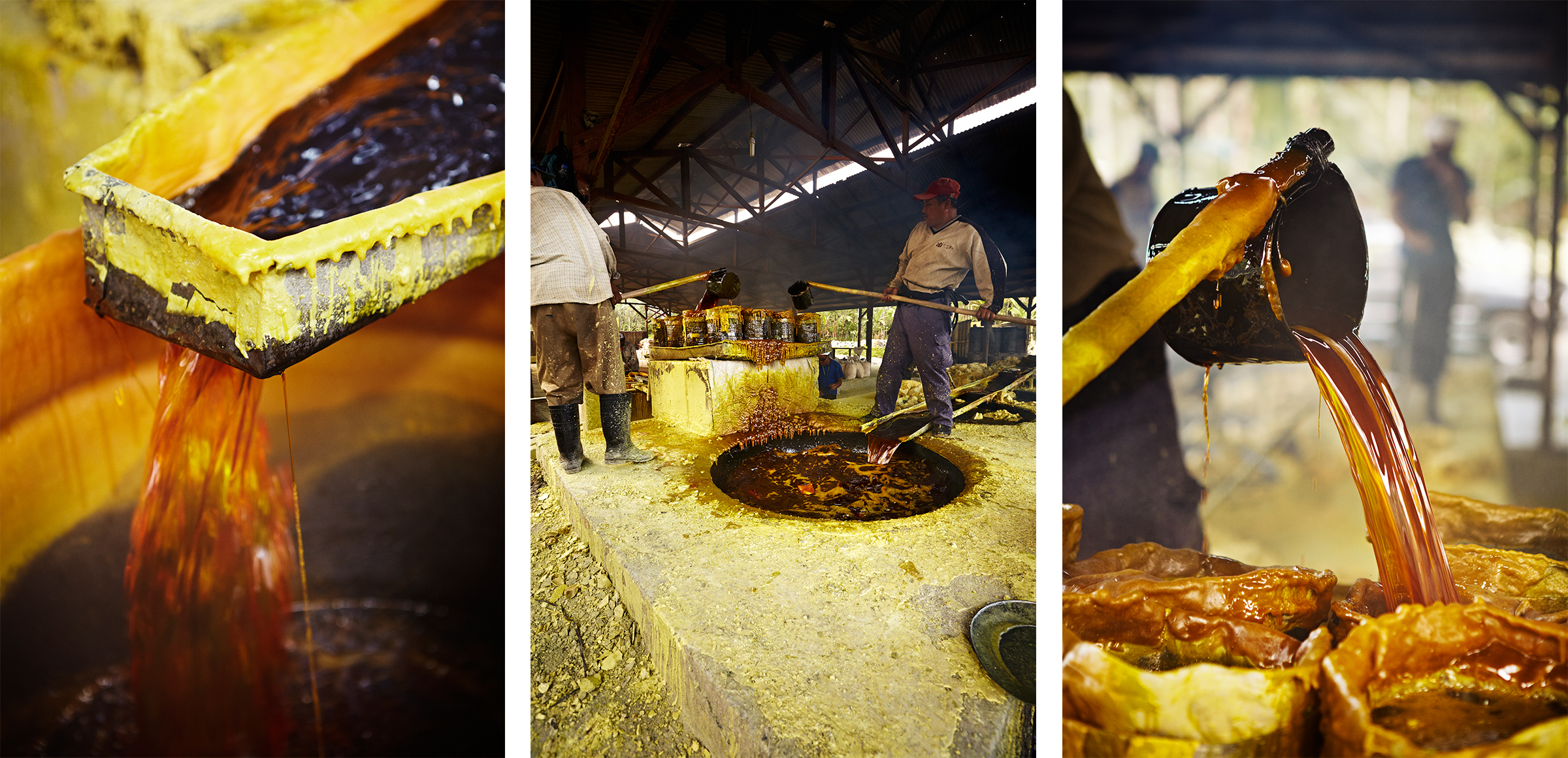
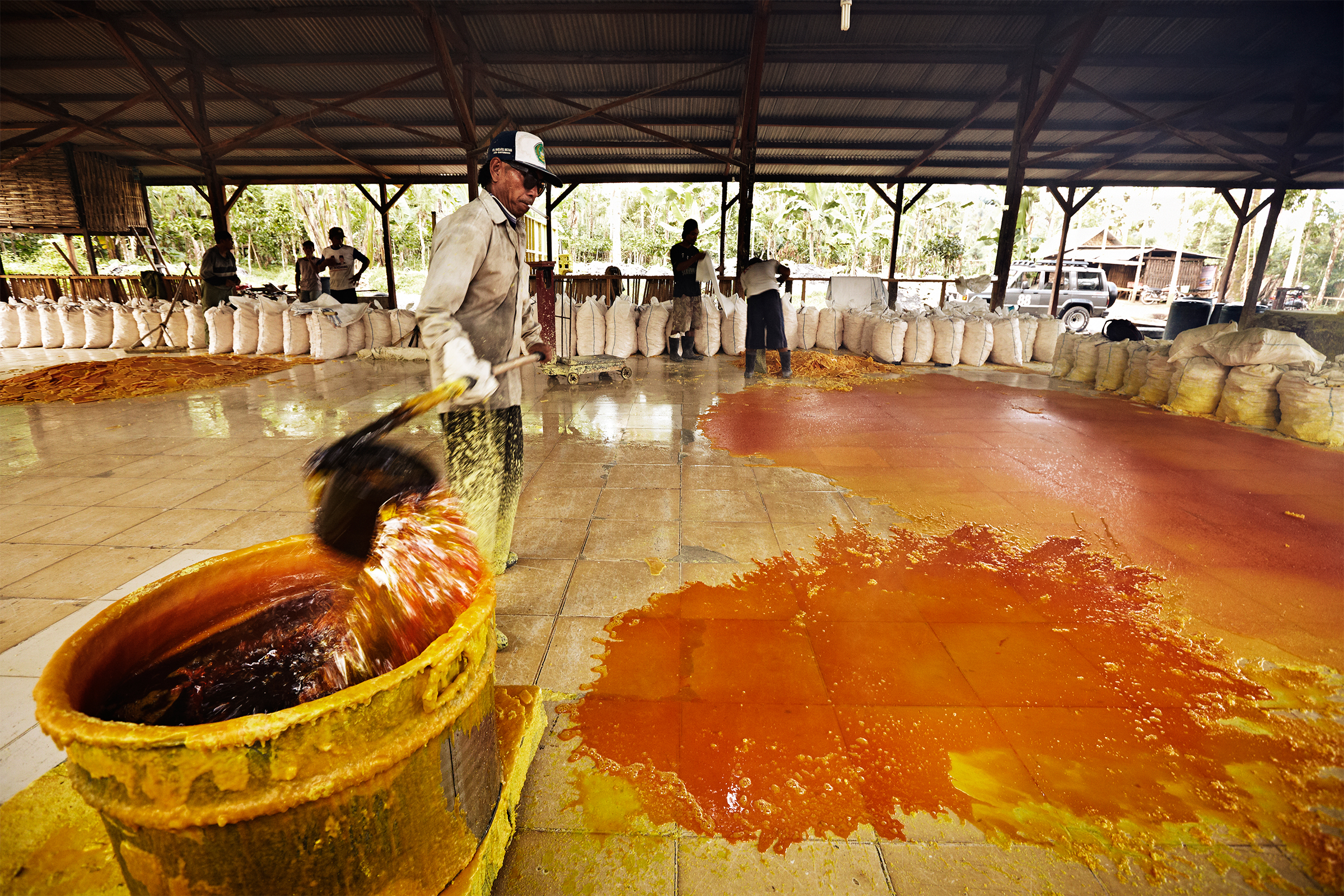

Whalers of Lamalera




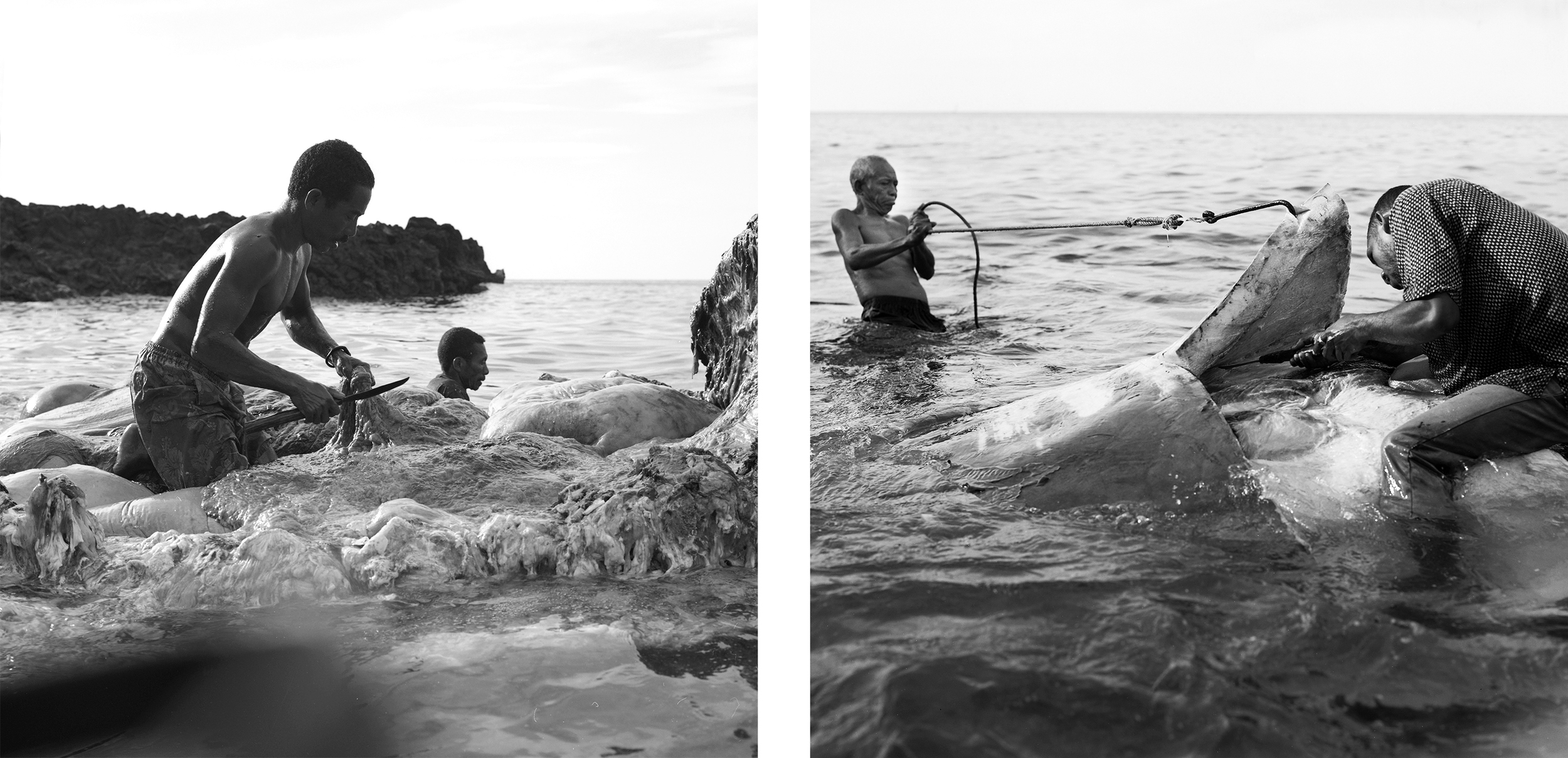
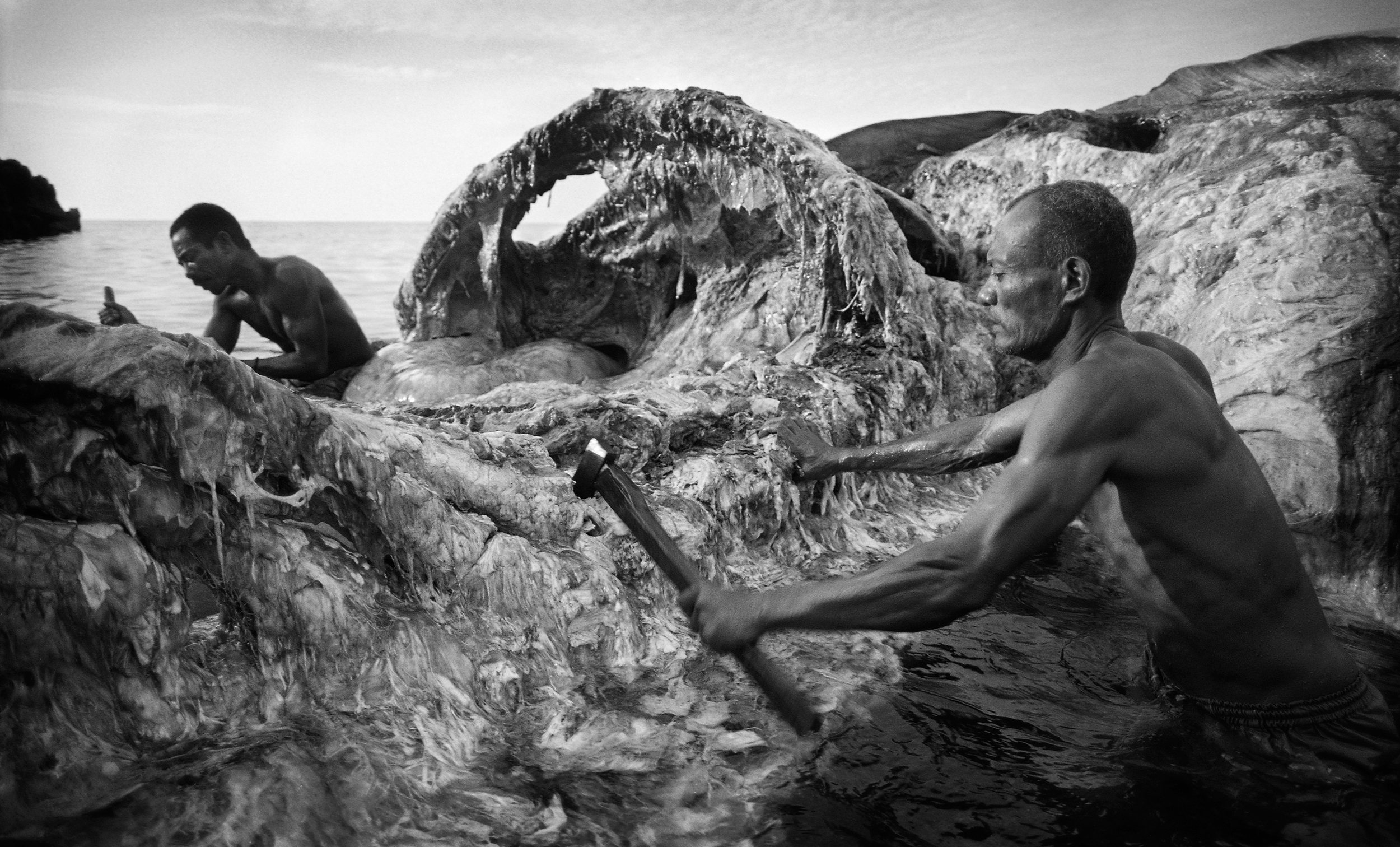
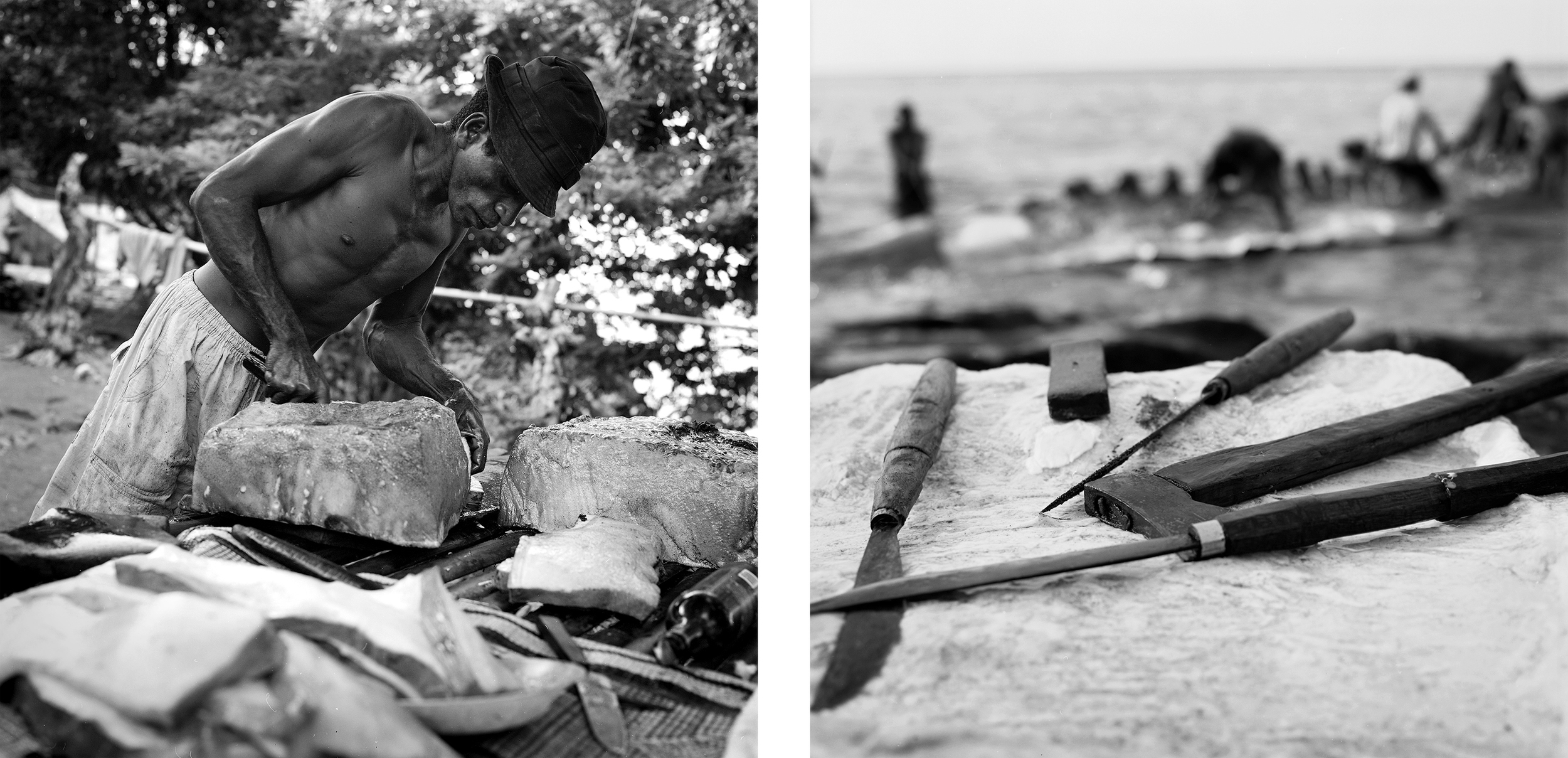
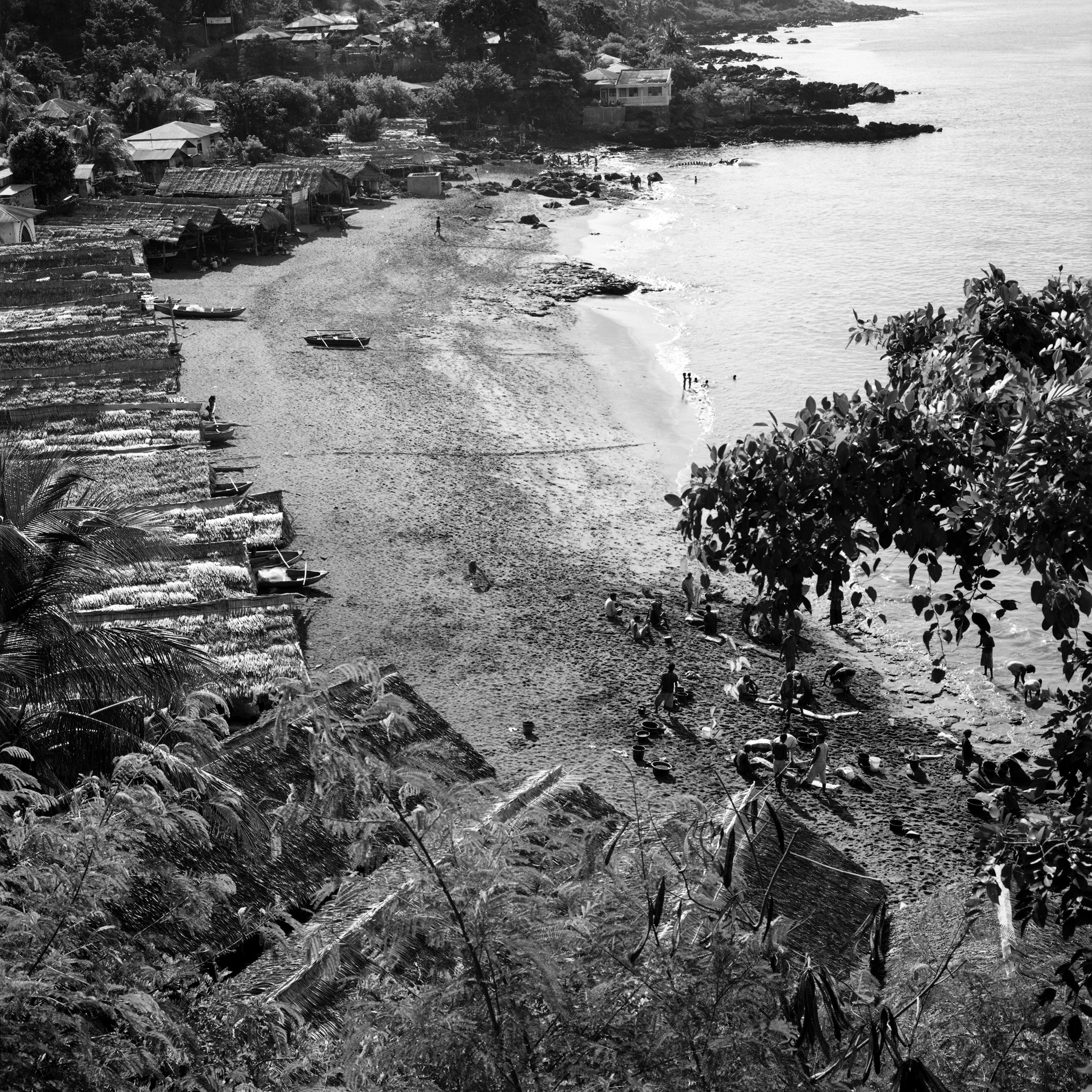
Sunda Kelapa Port
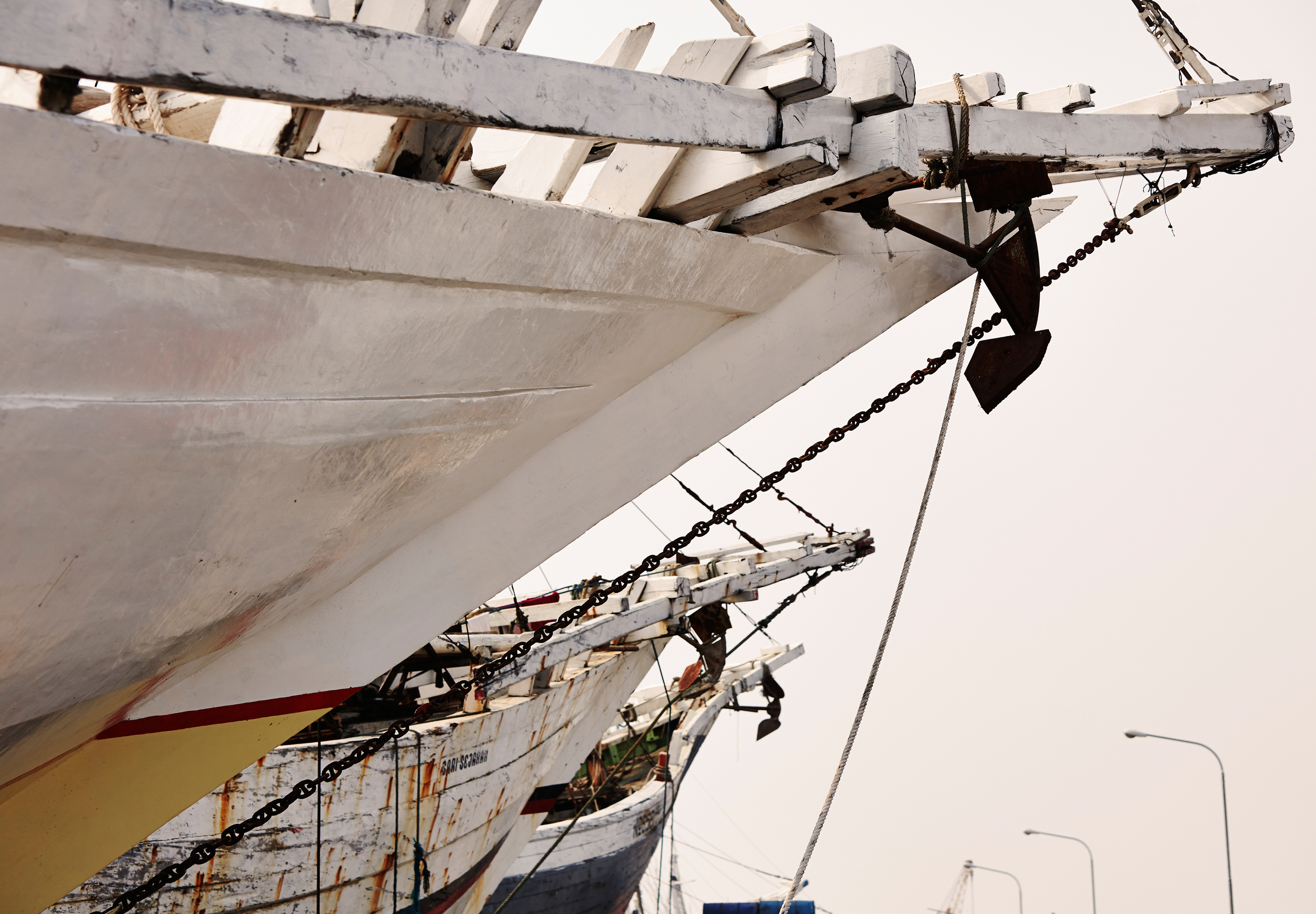
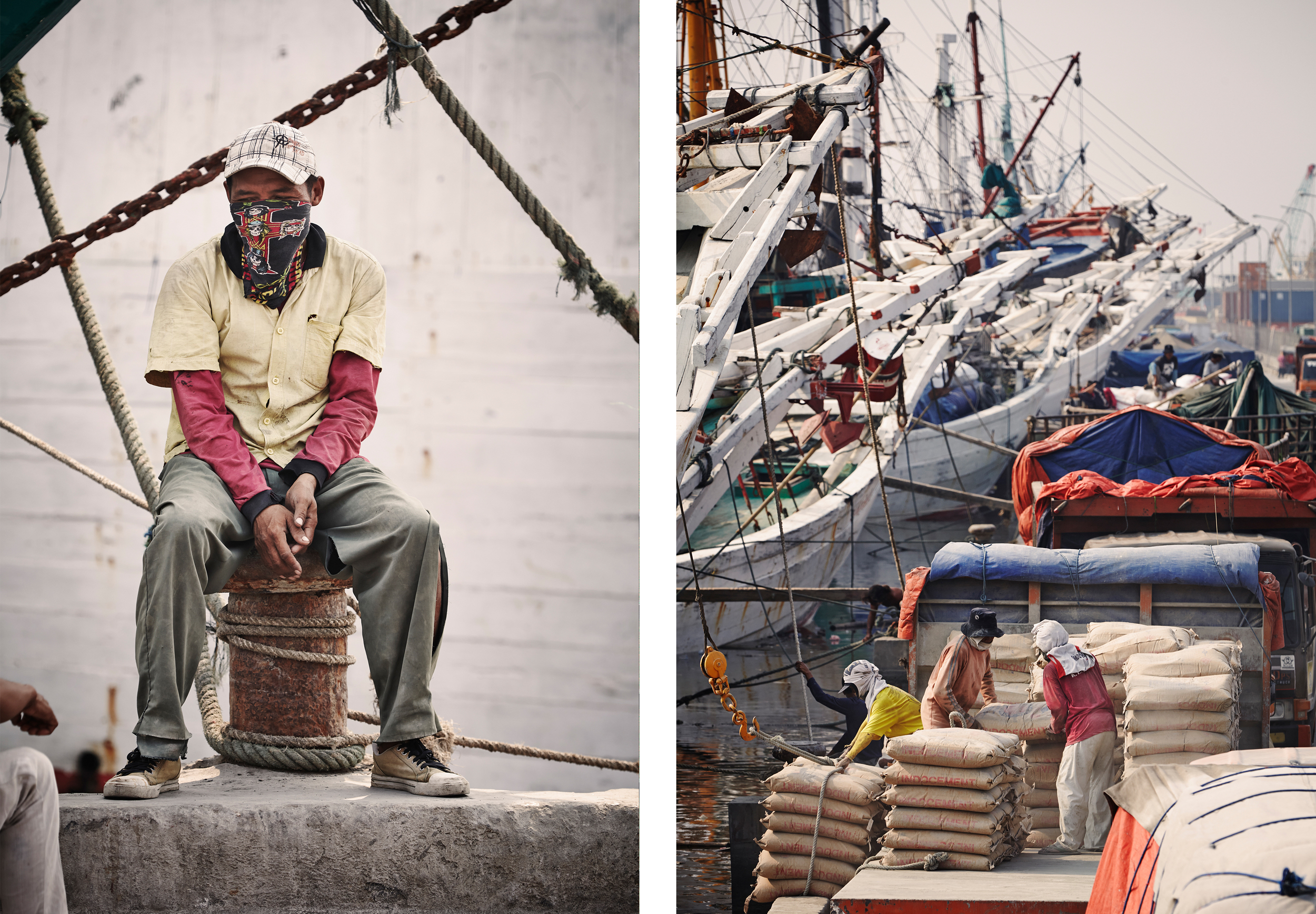
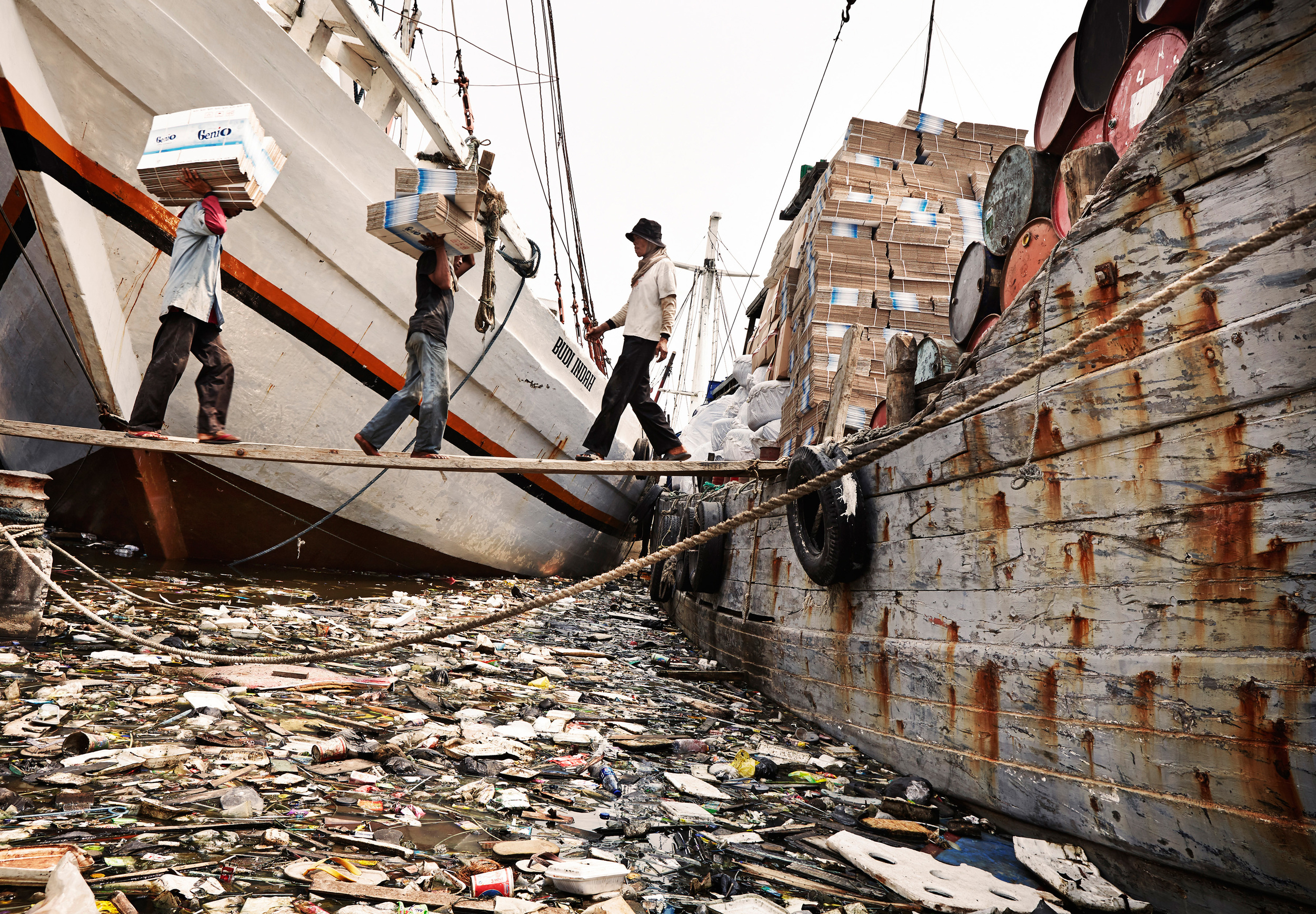
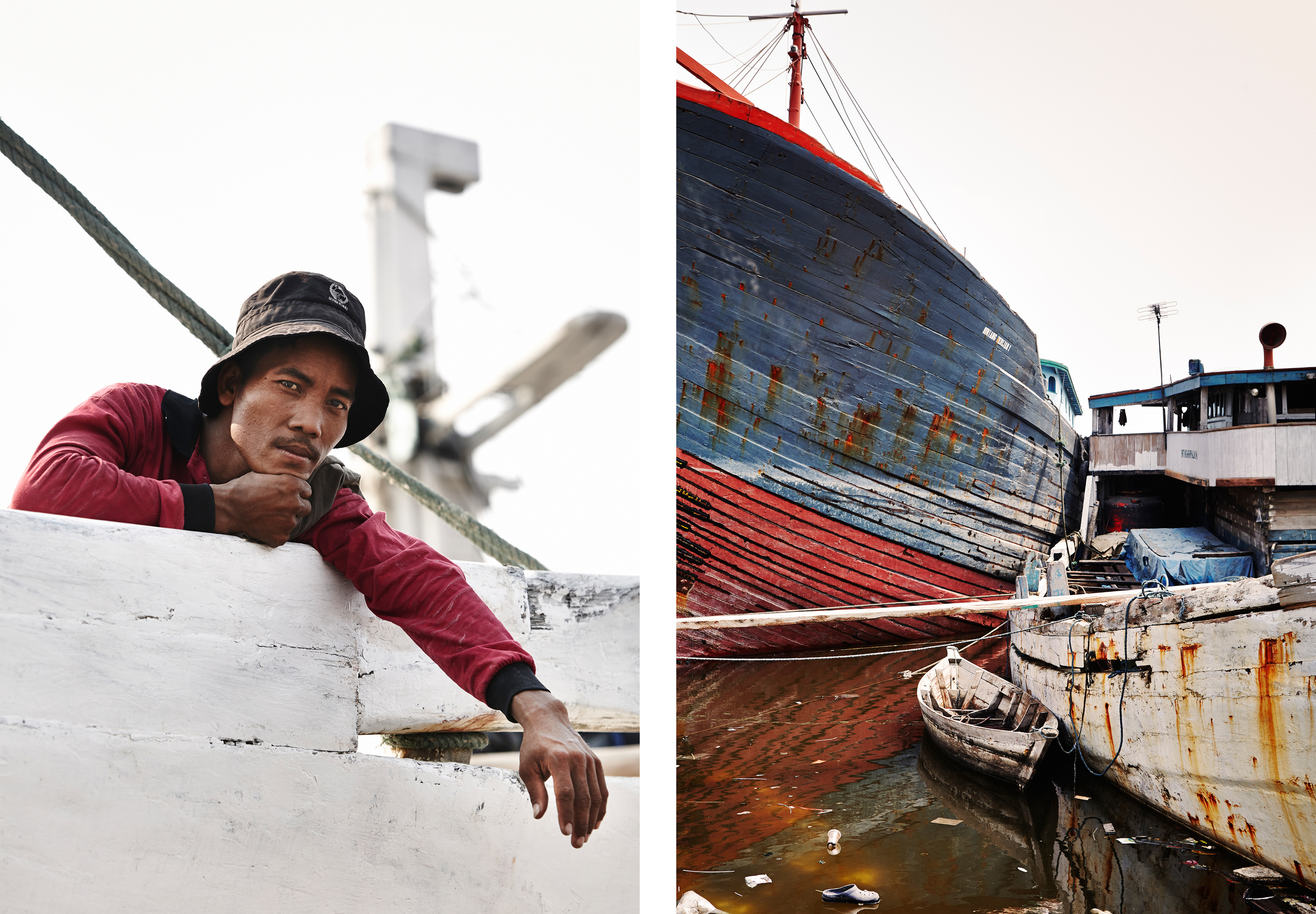
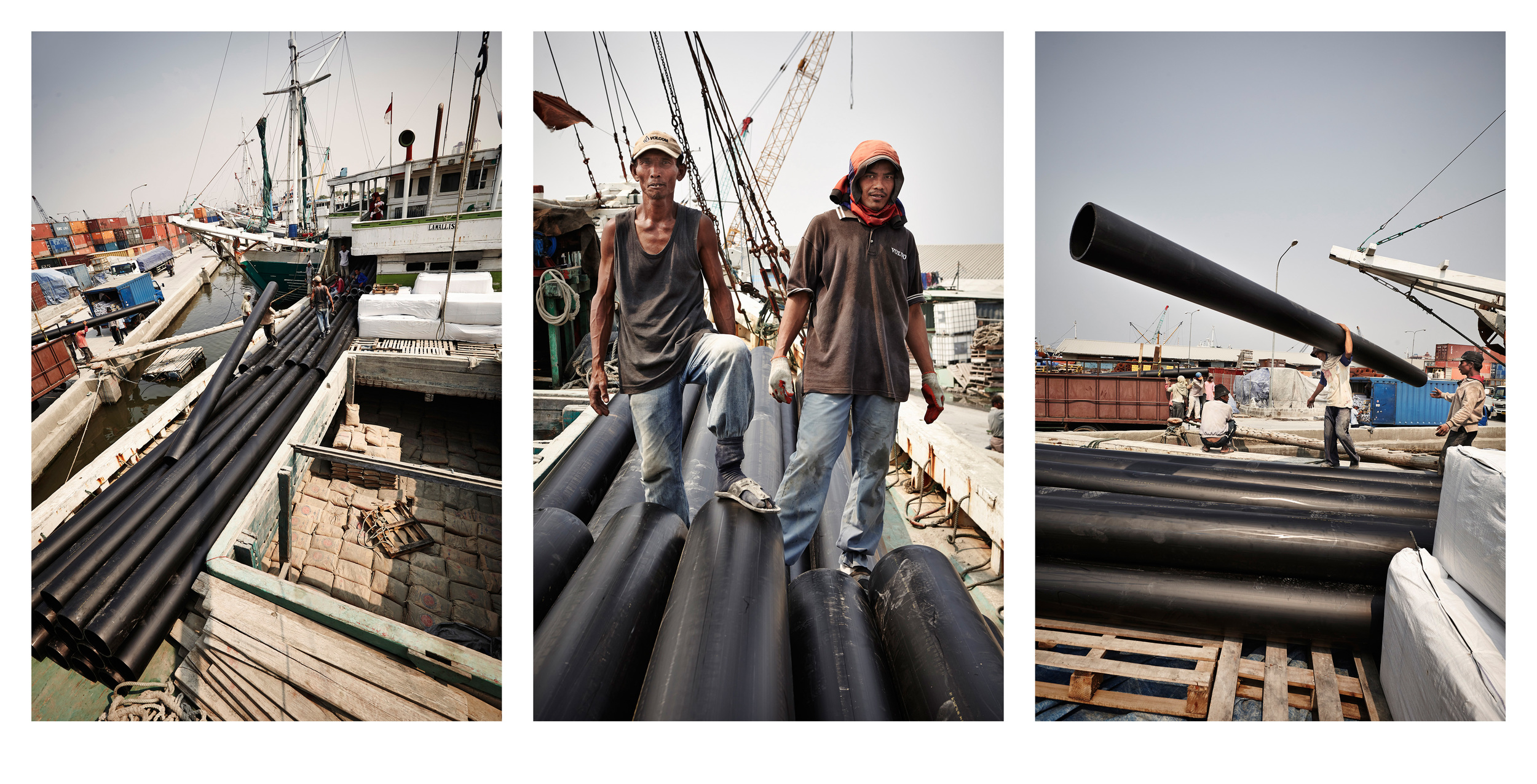
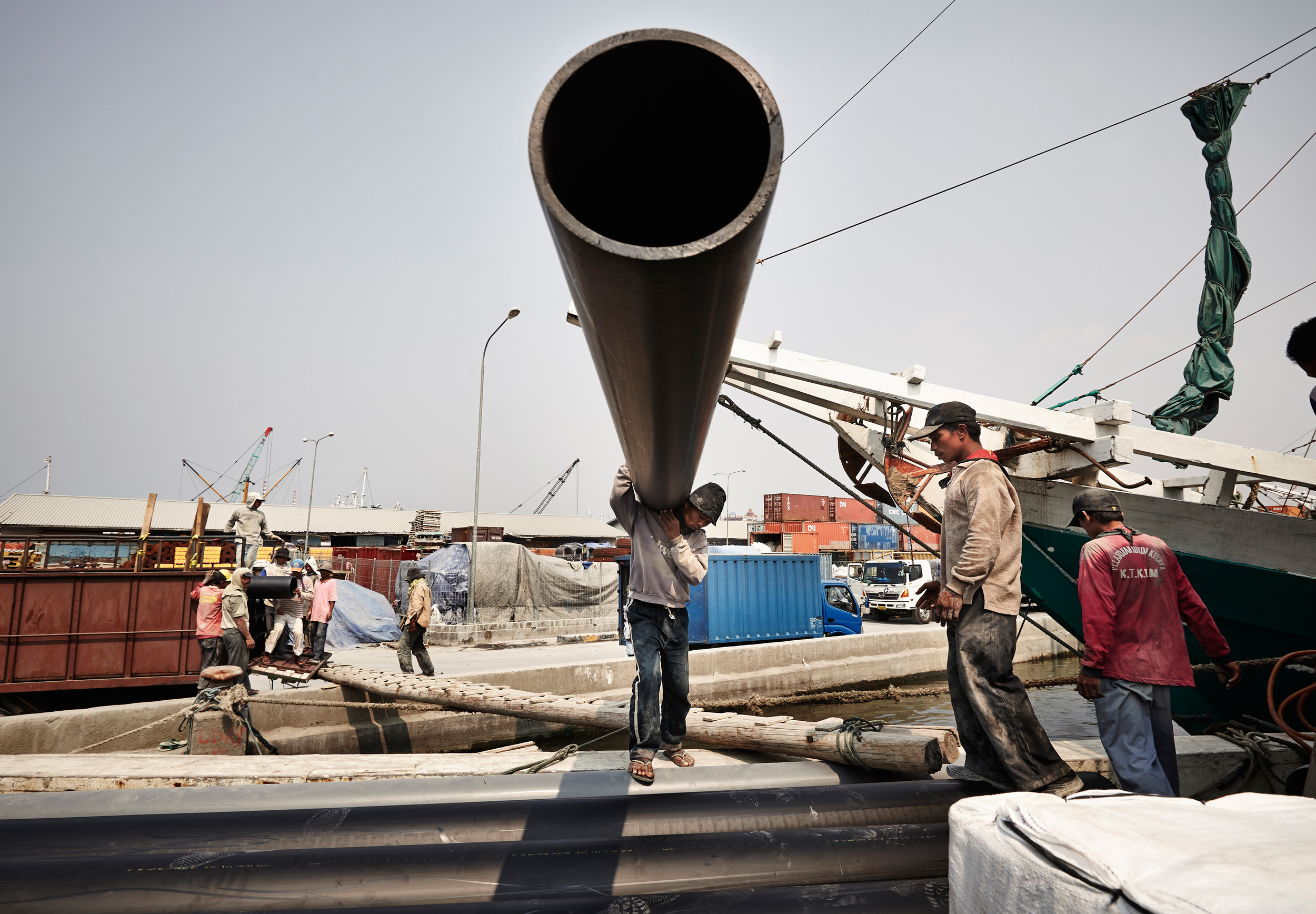
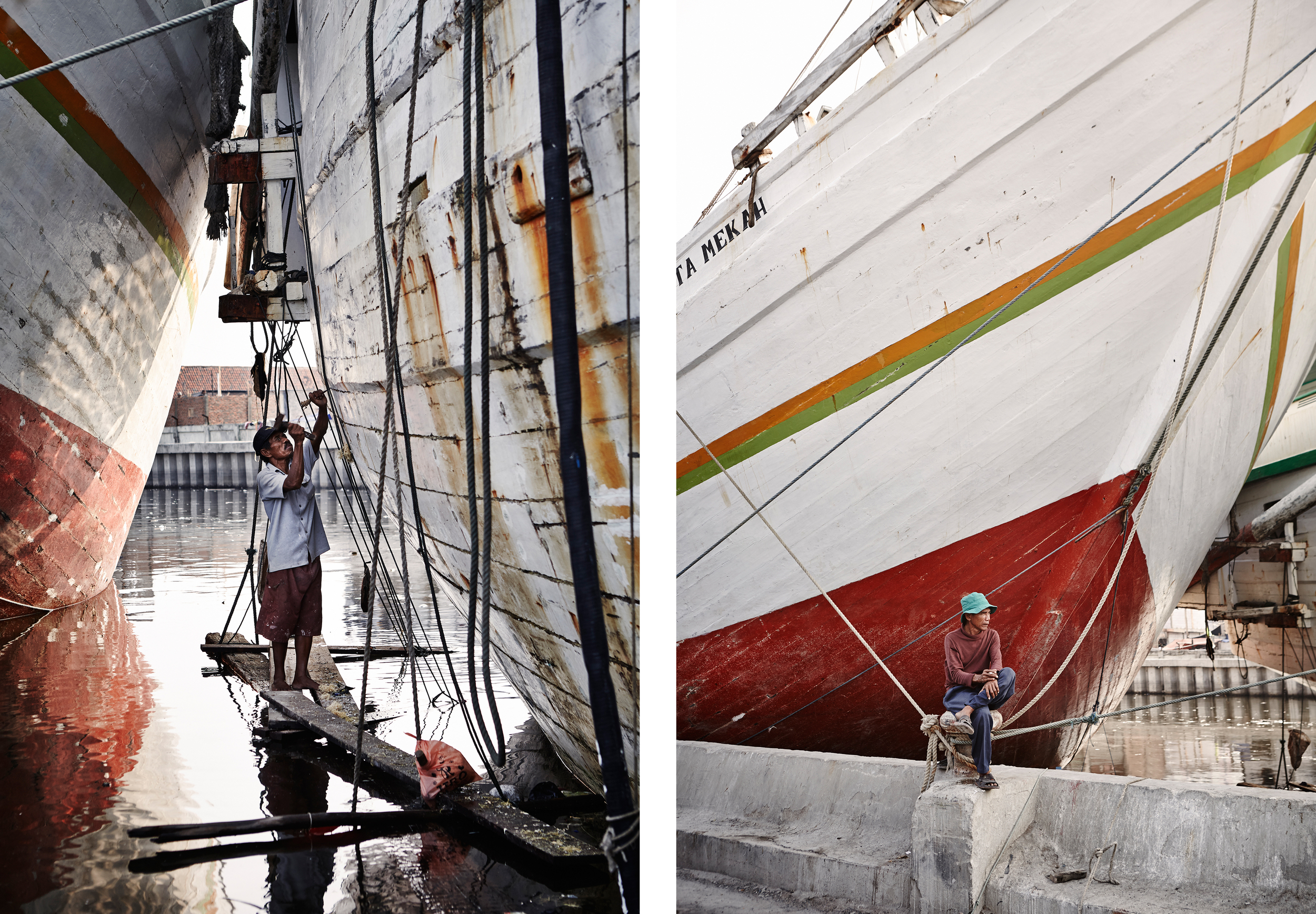
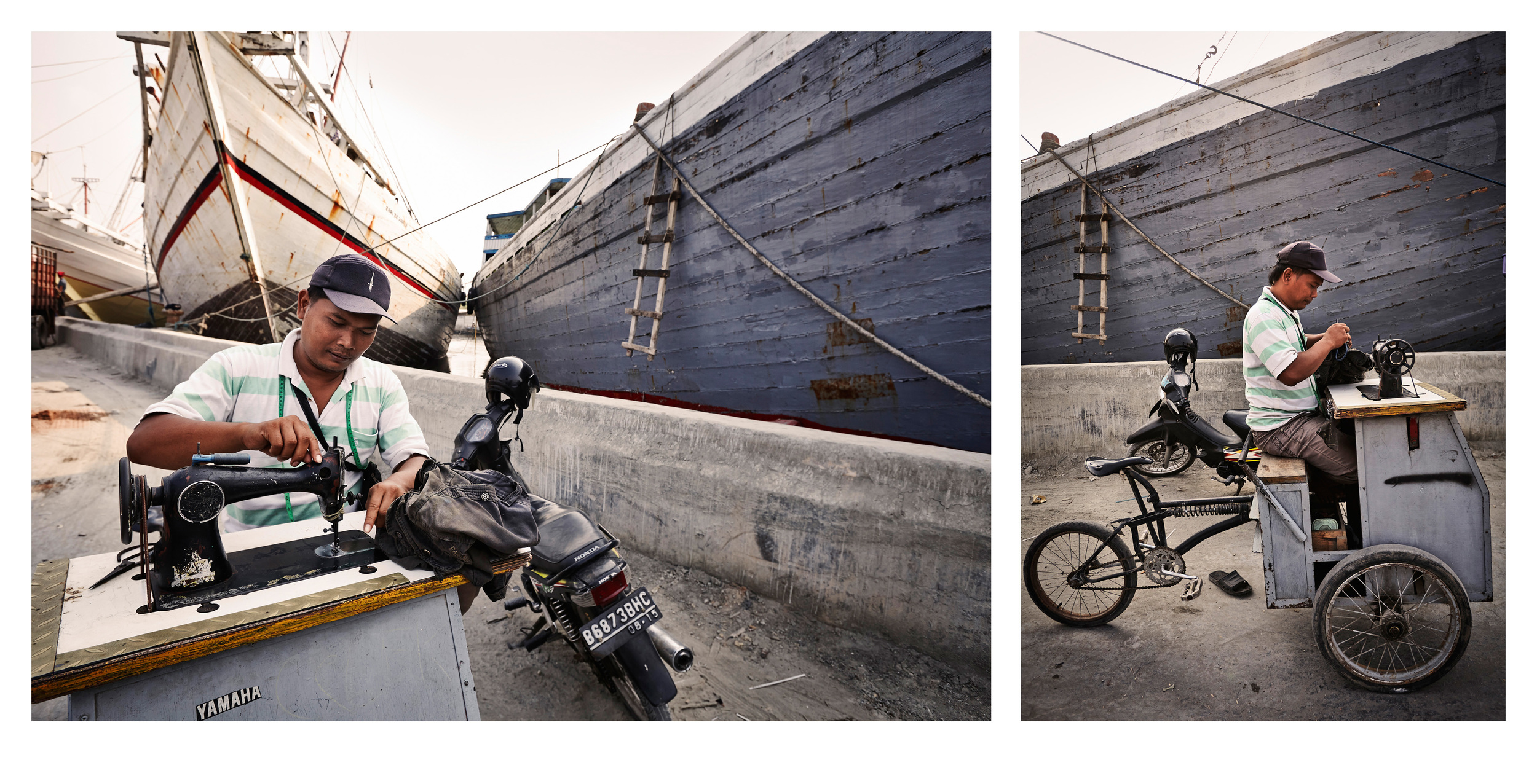
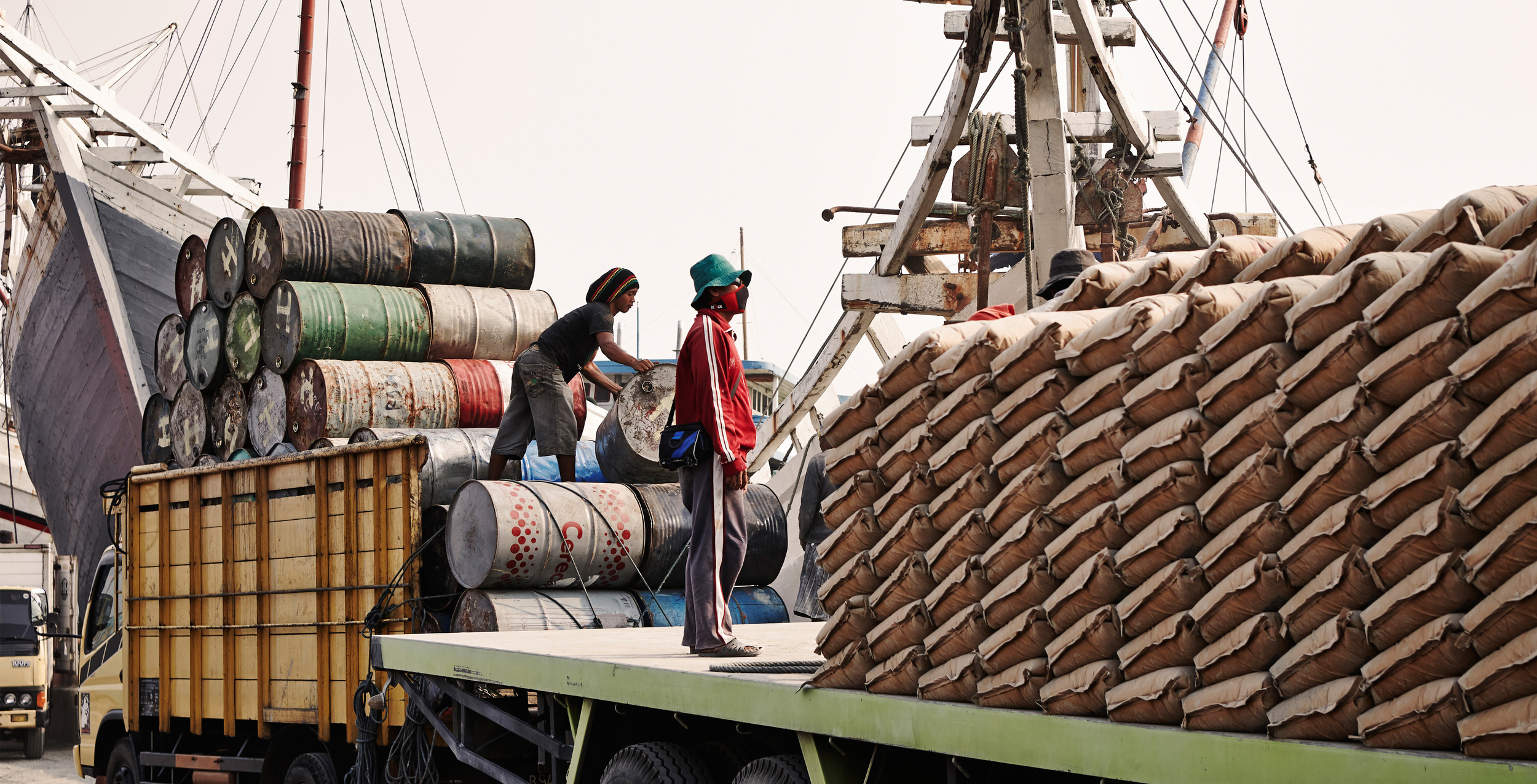
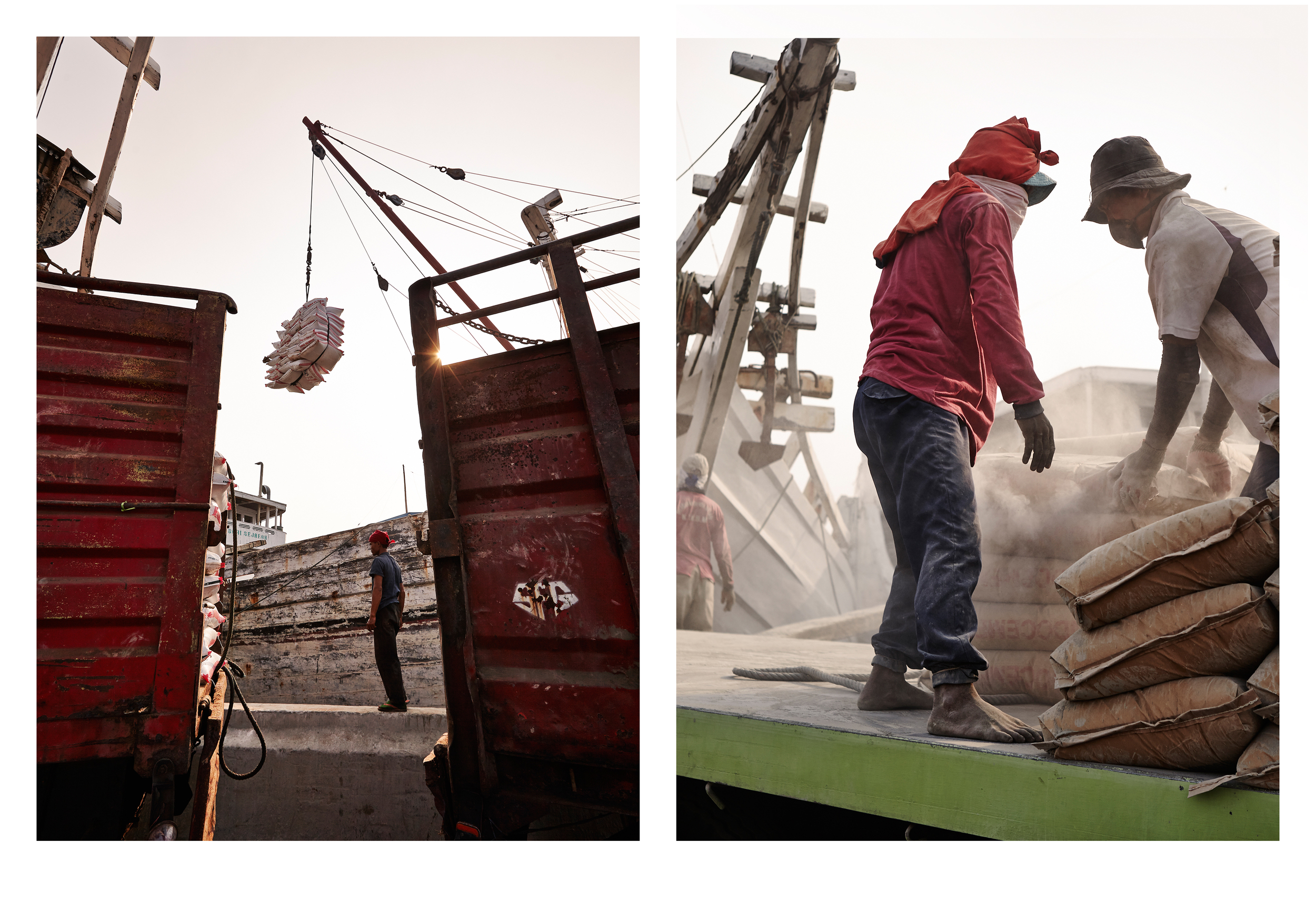
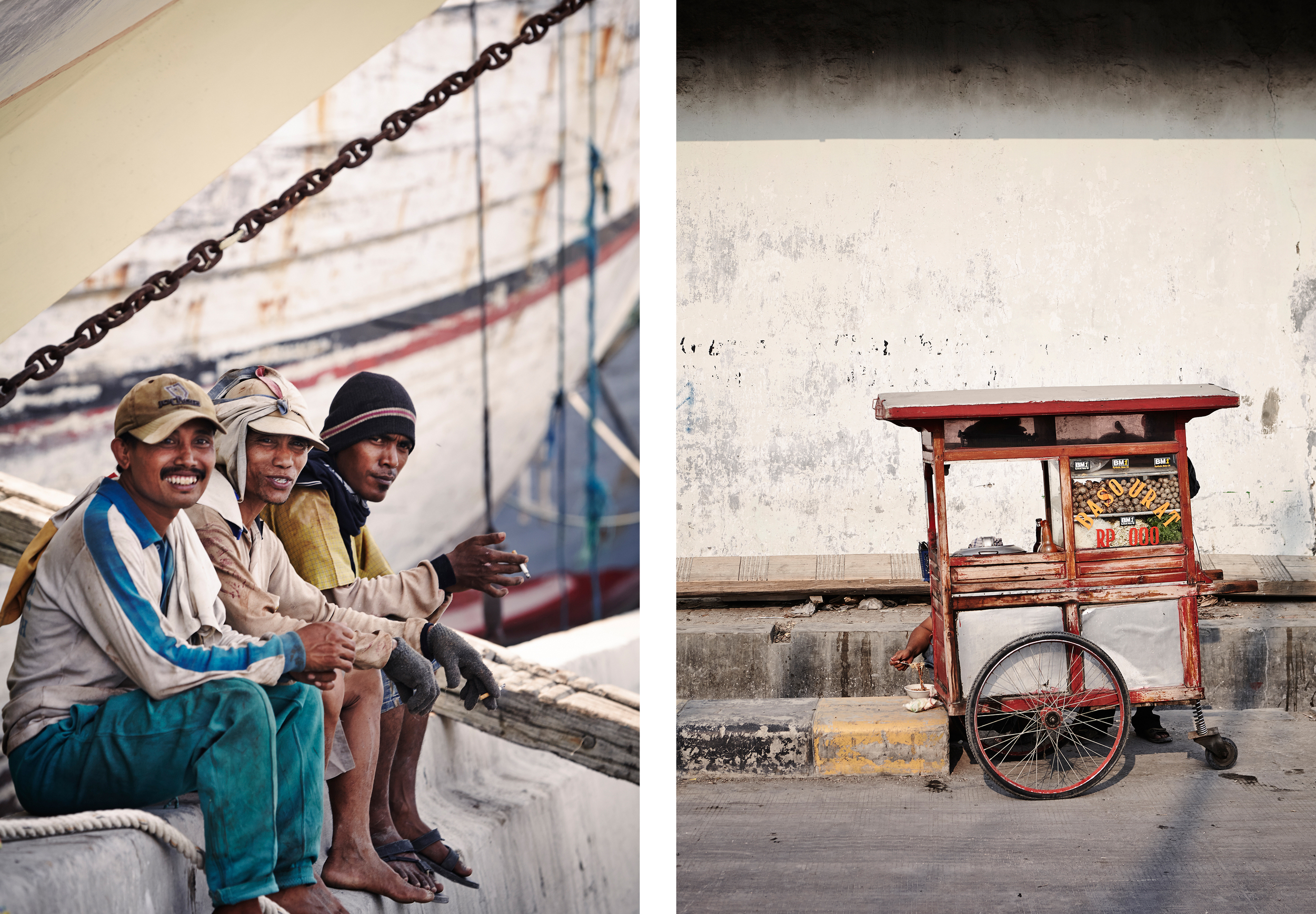
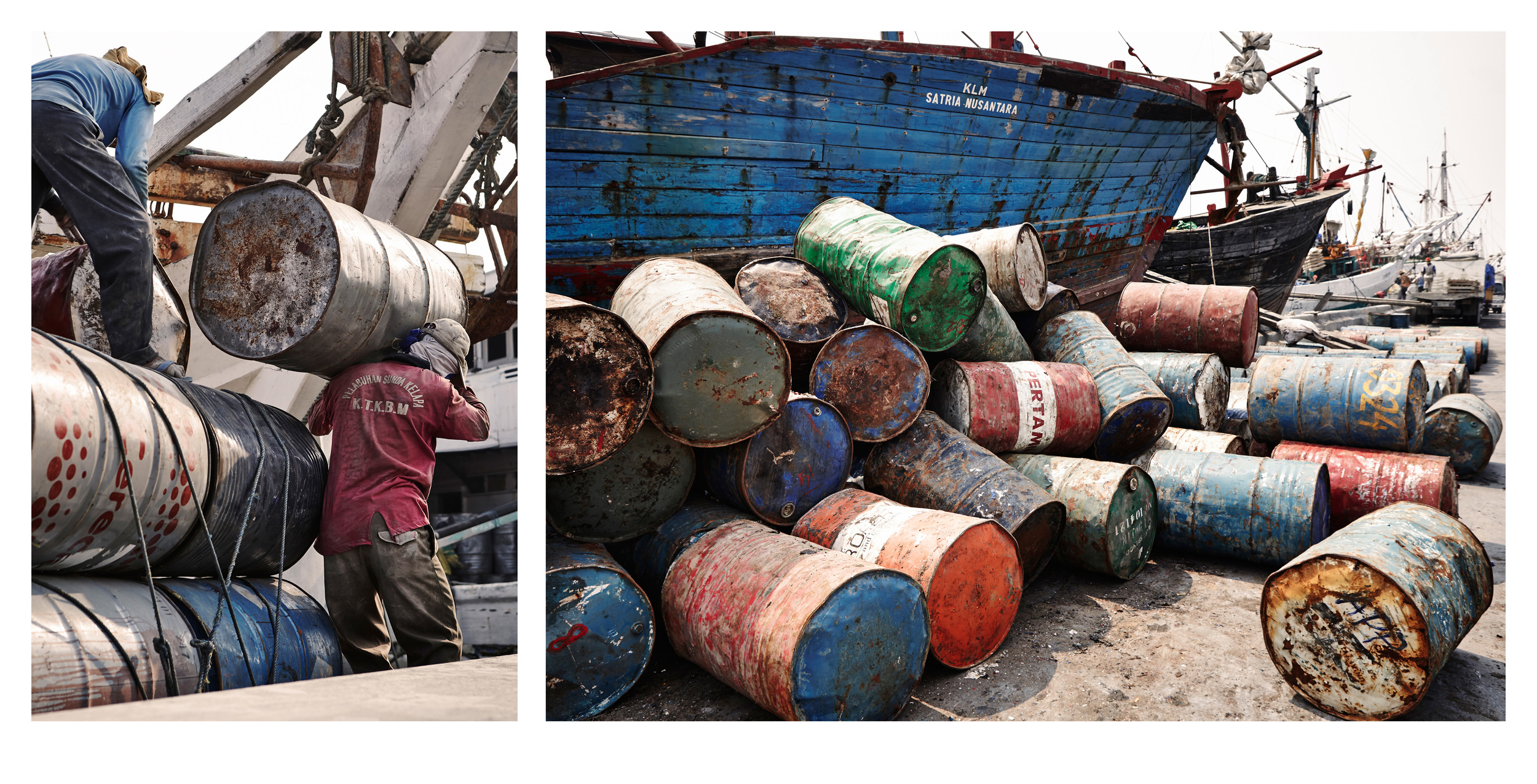
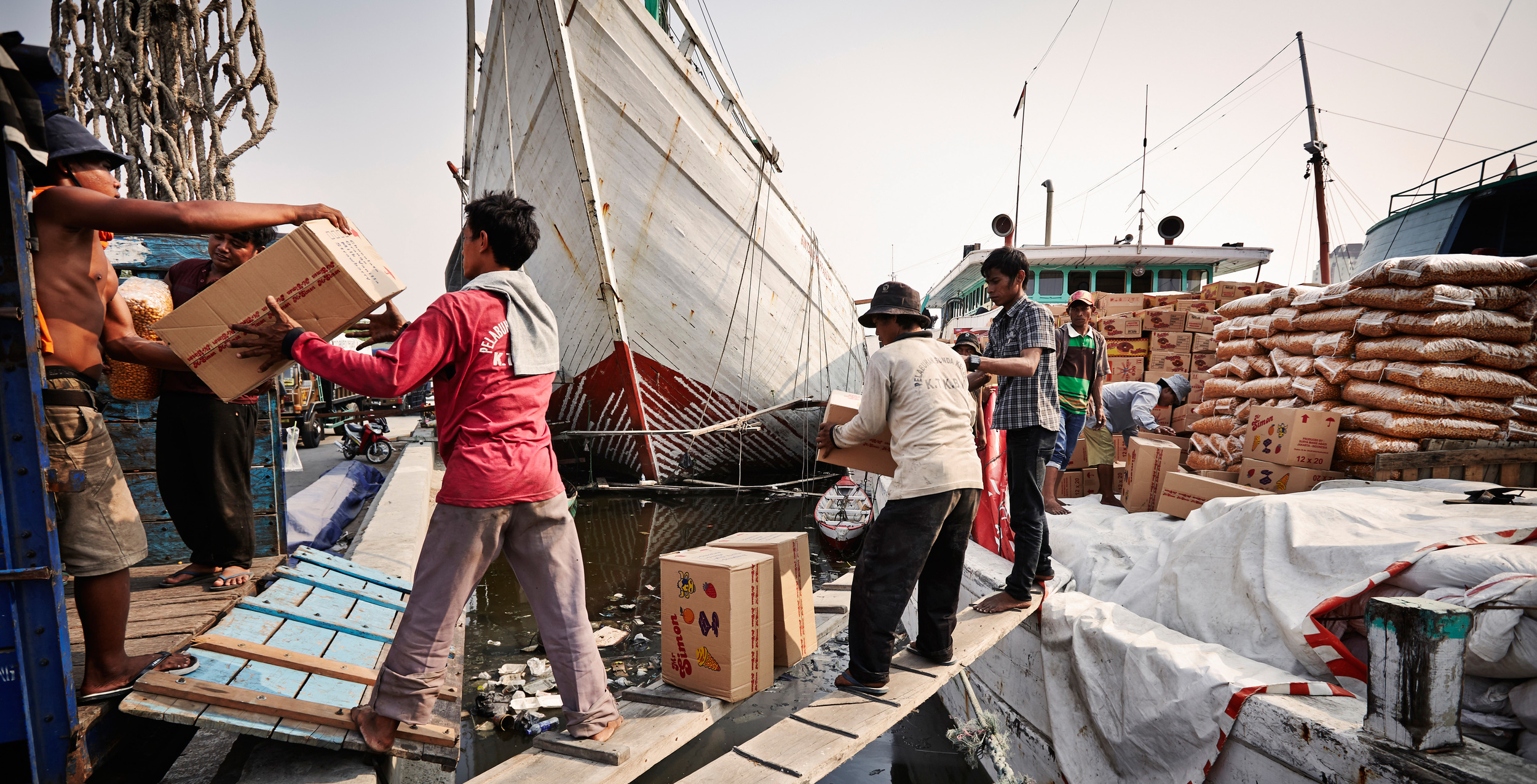
Lesser Sunda Islands
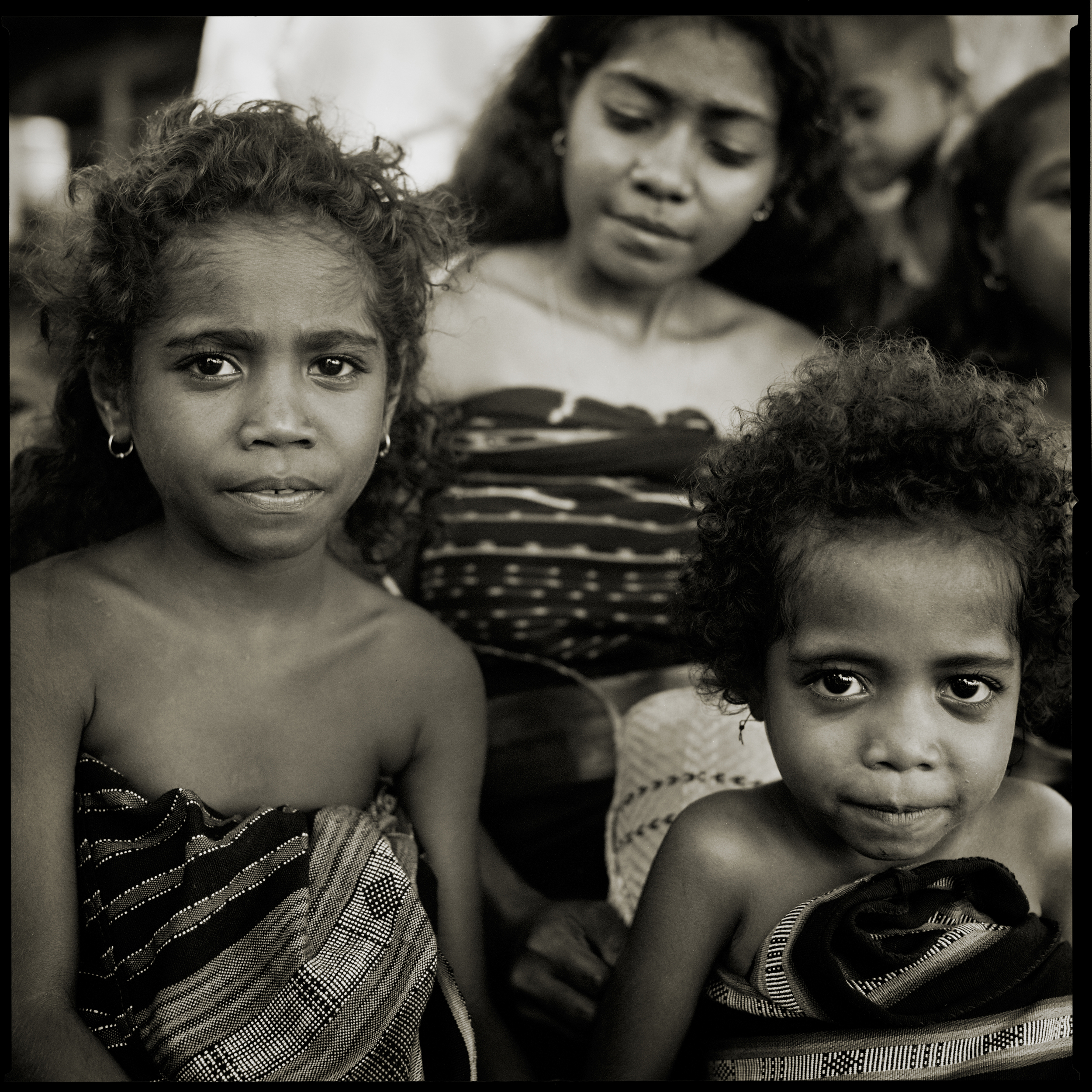
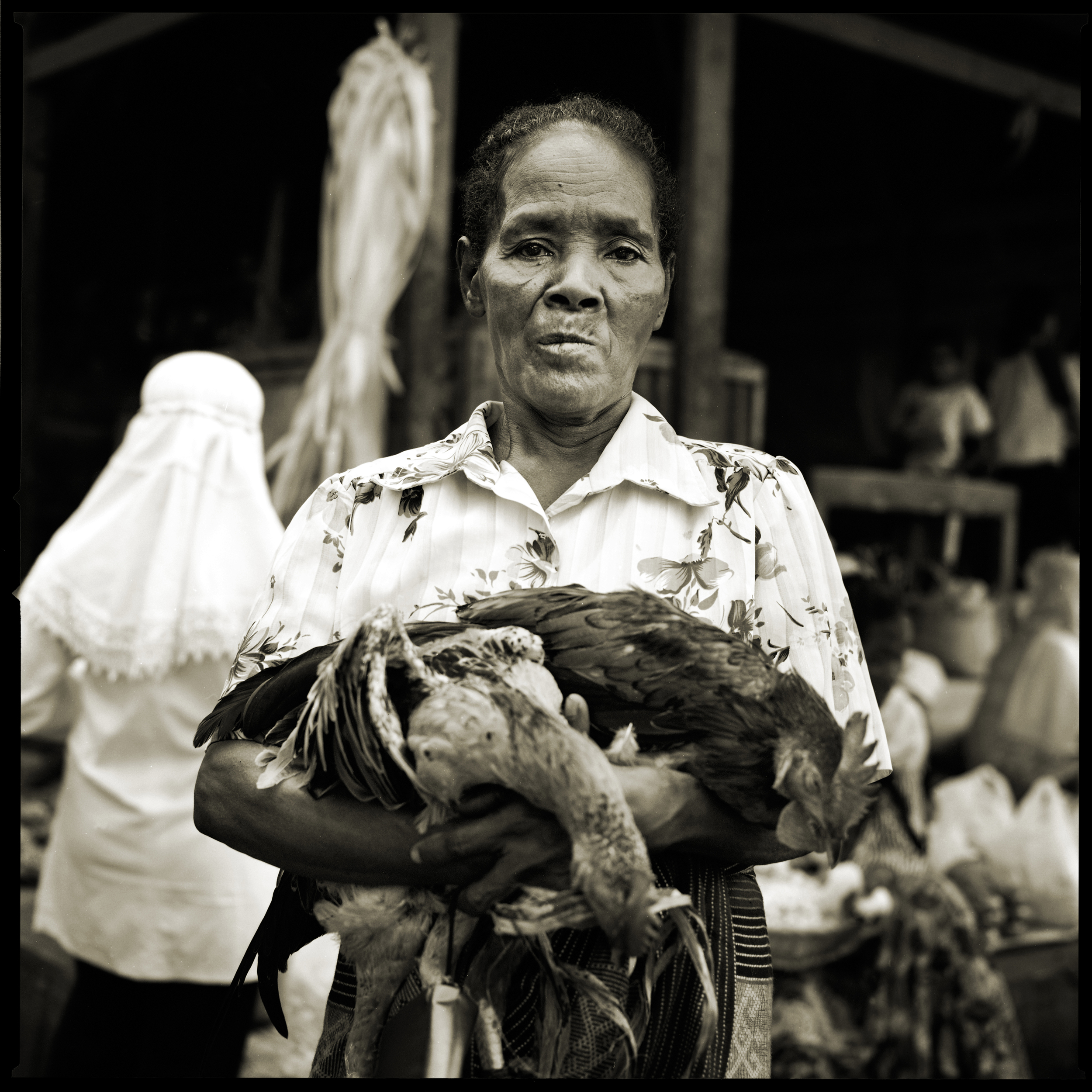

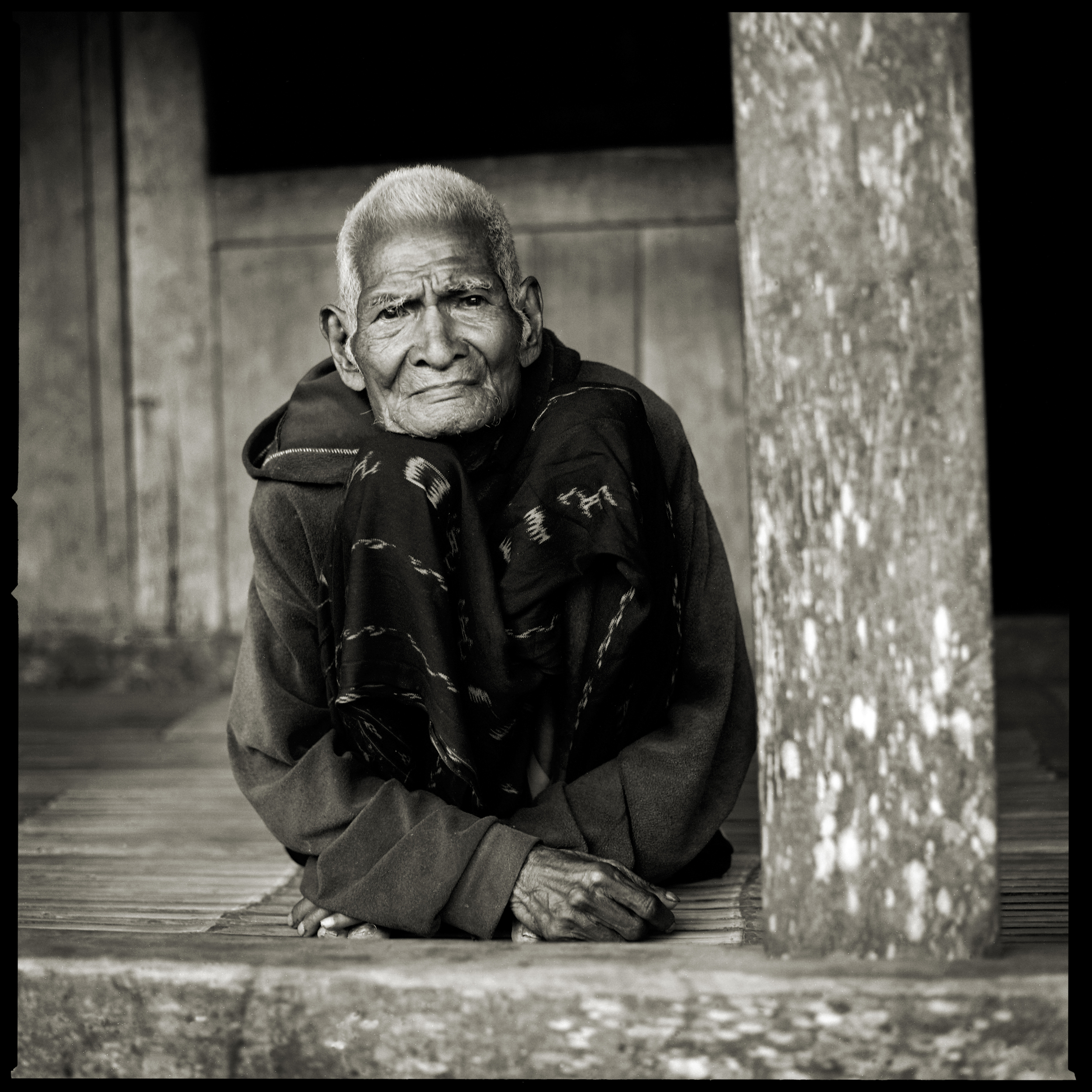
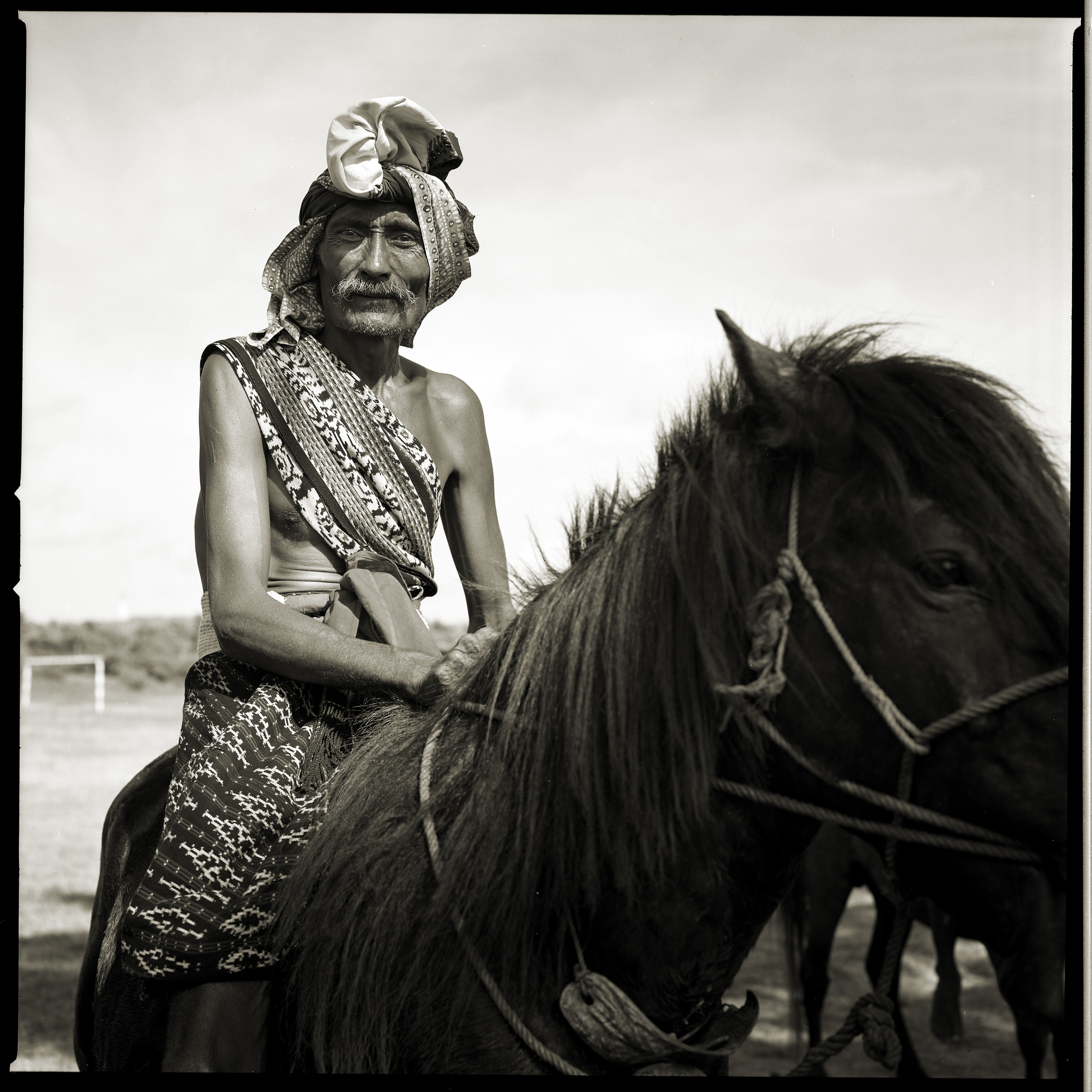

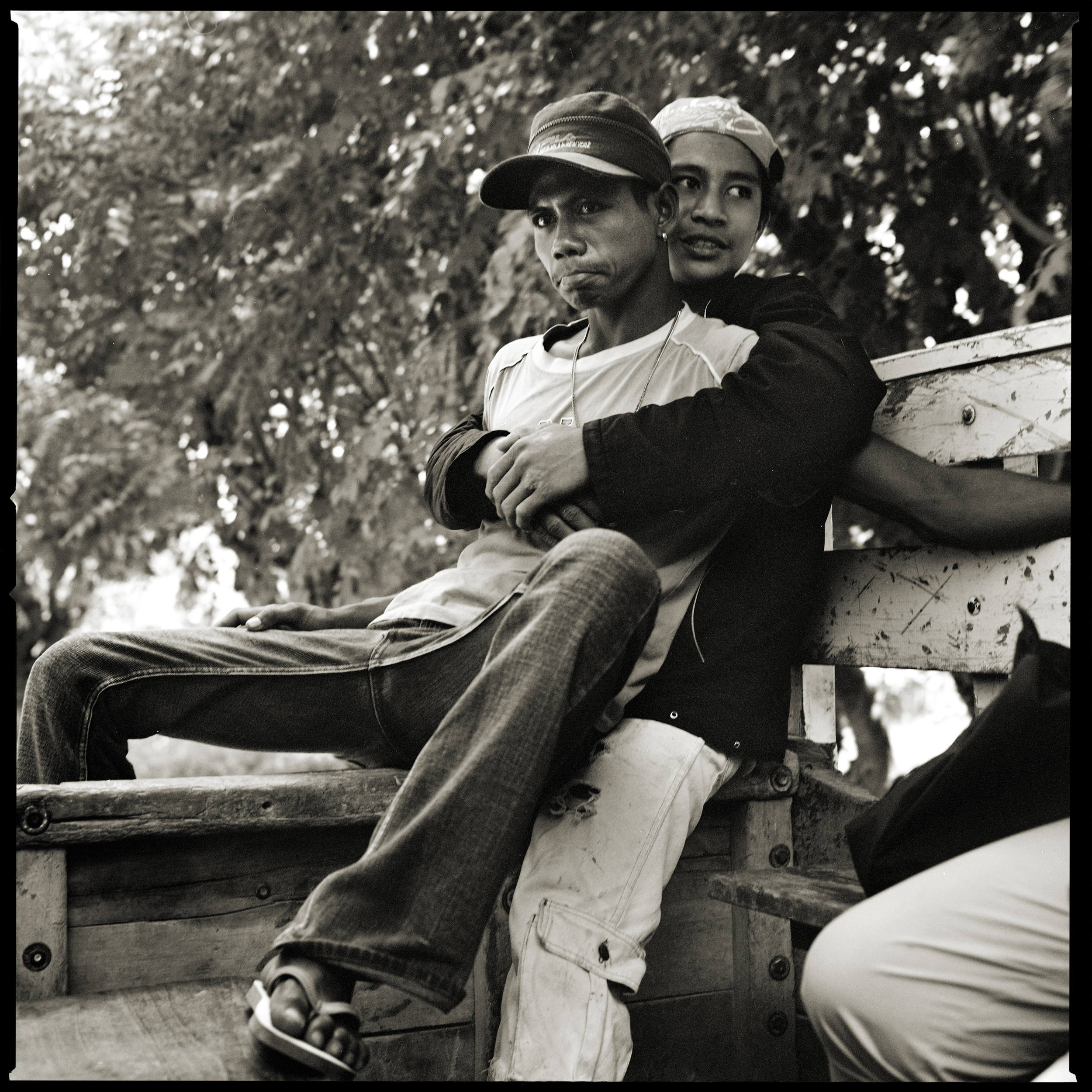
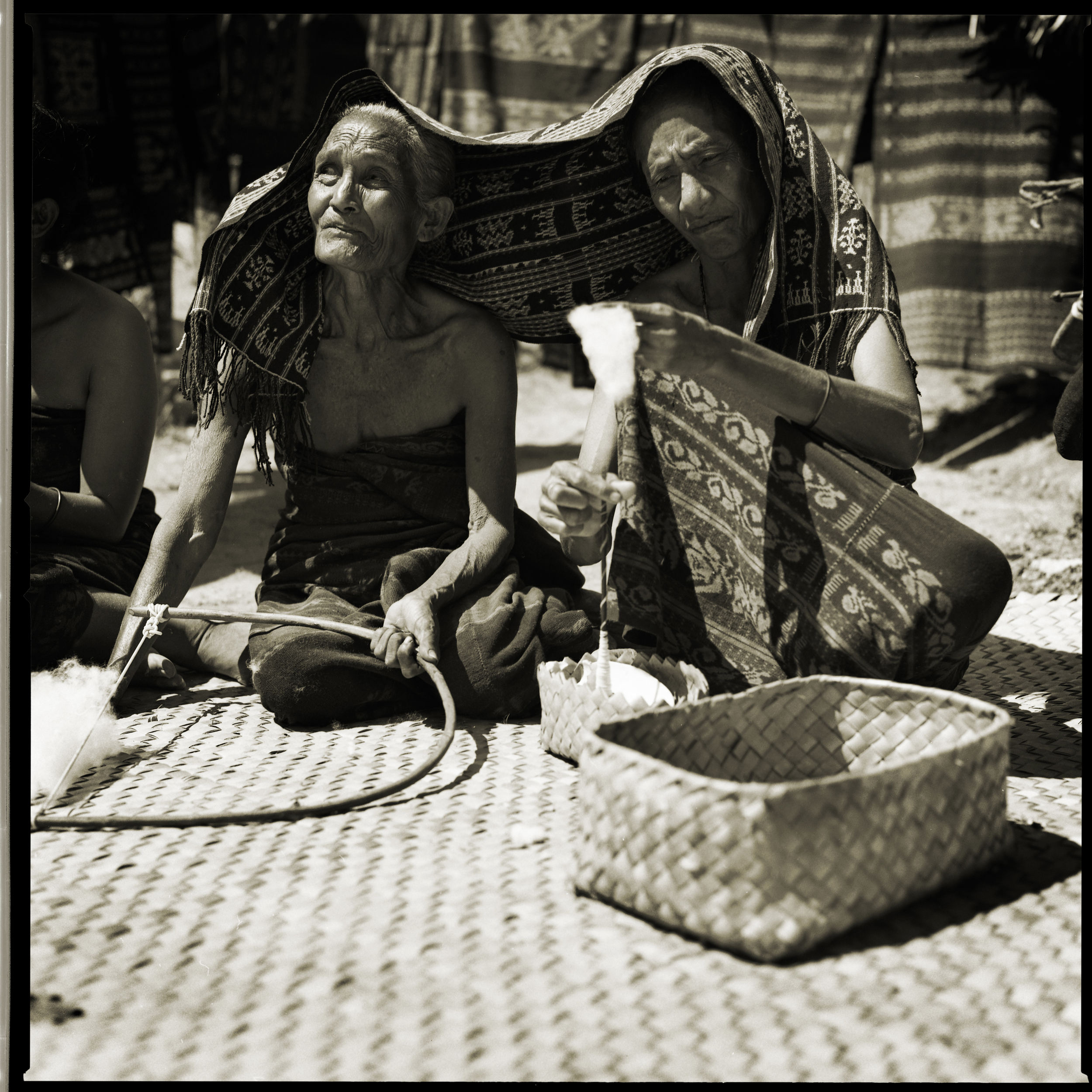
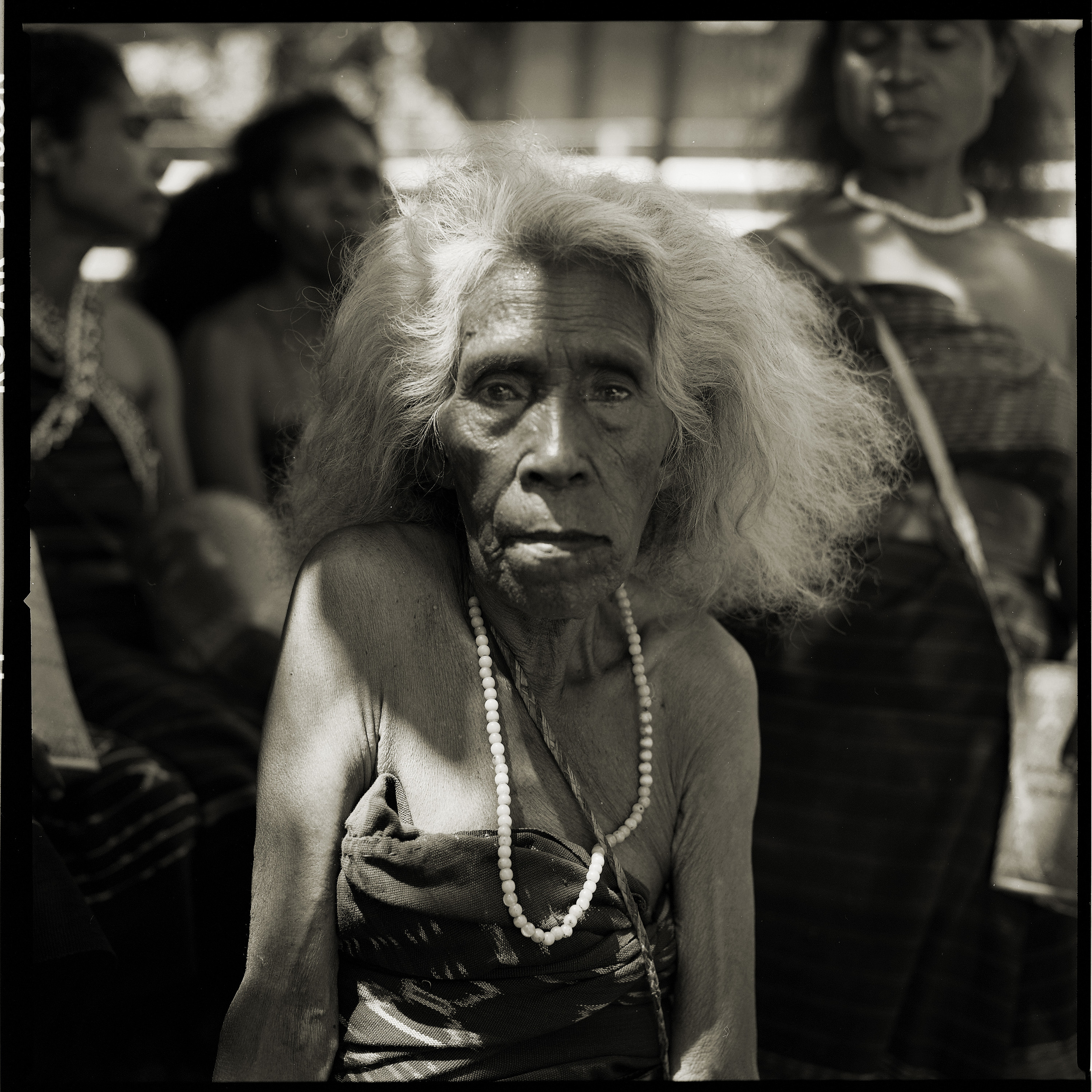
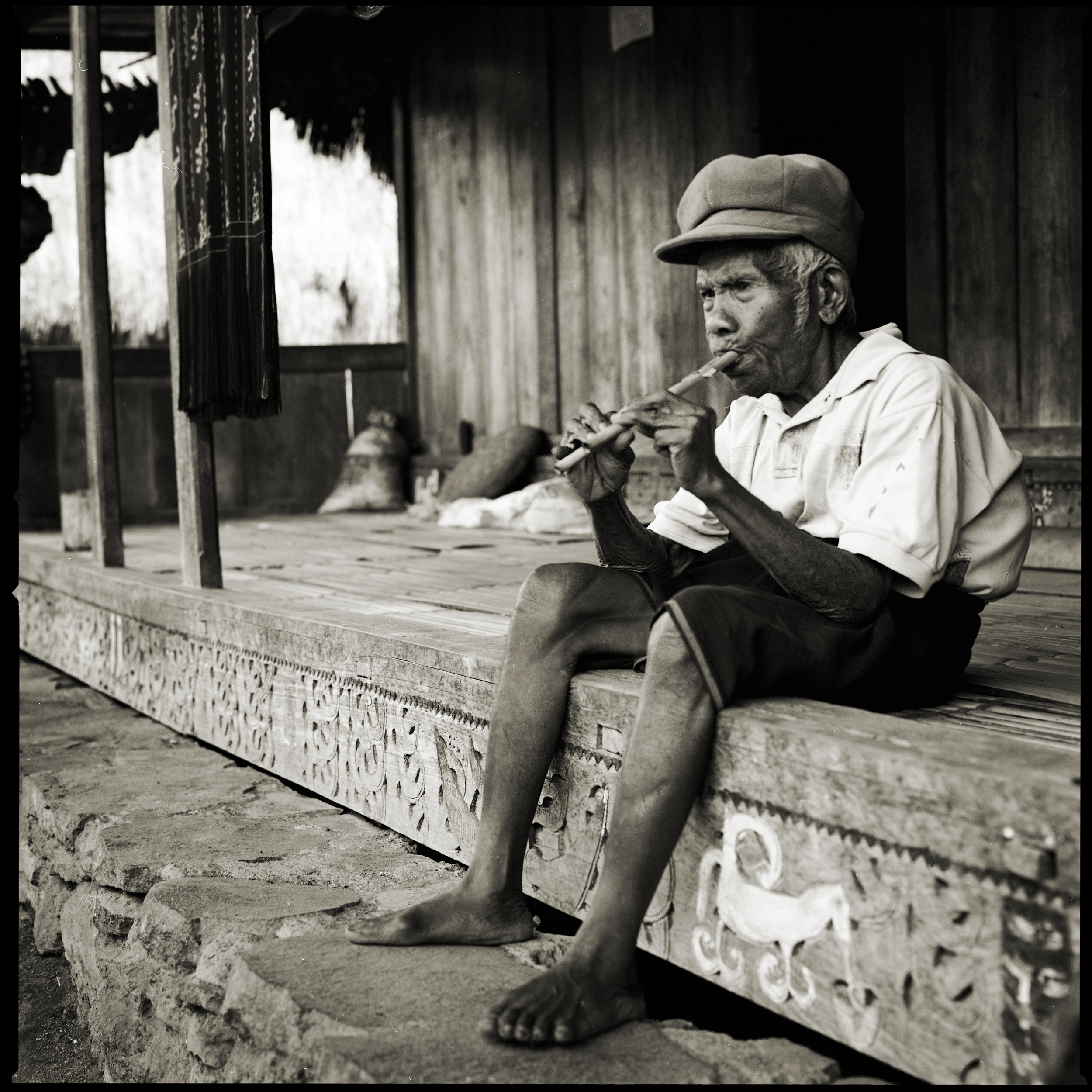
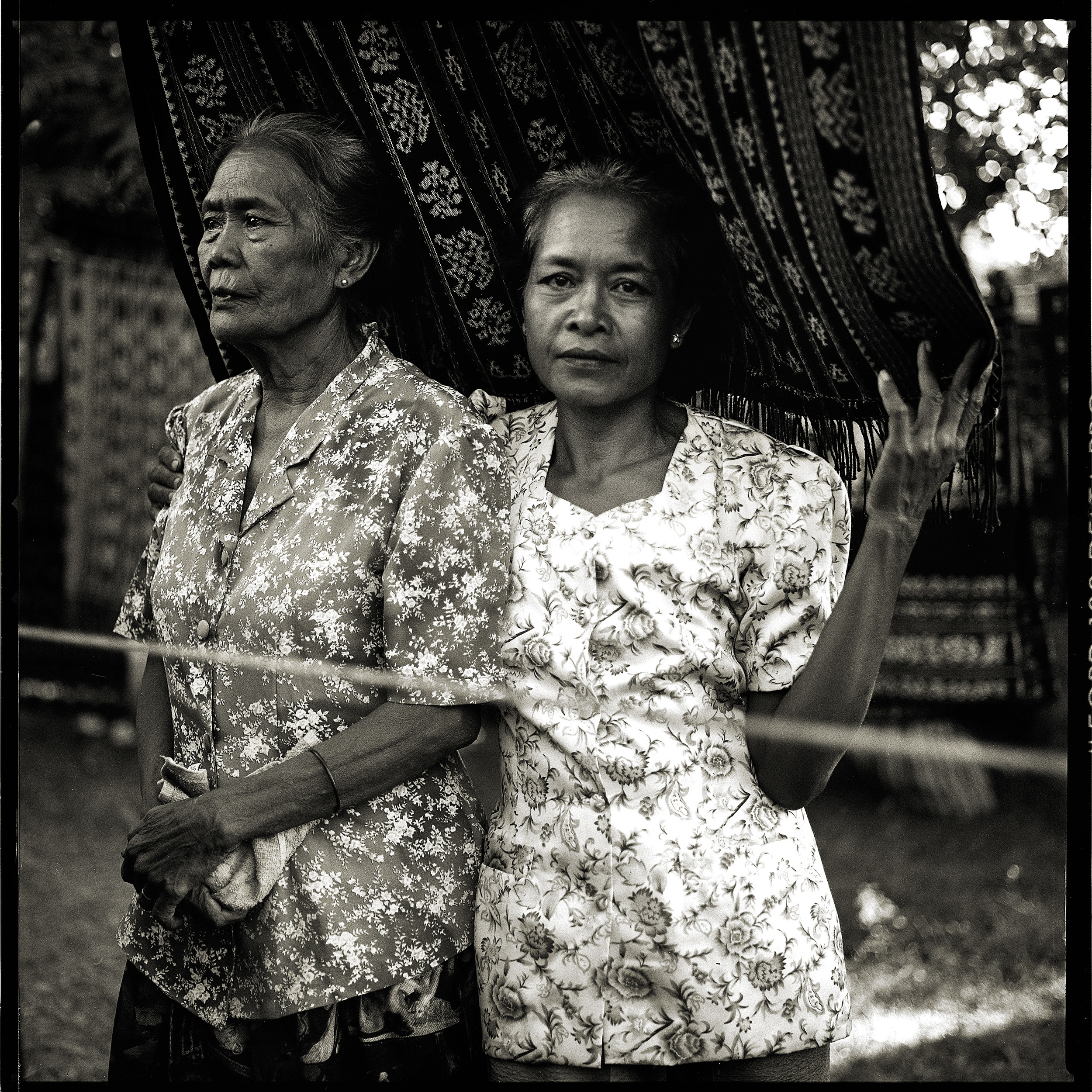
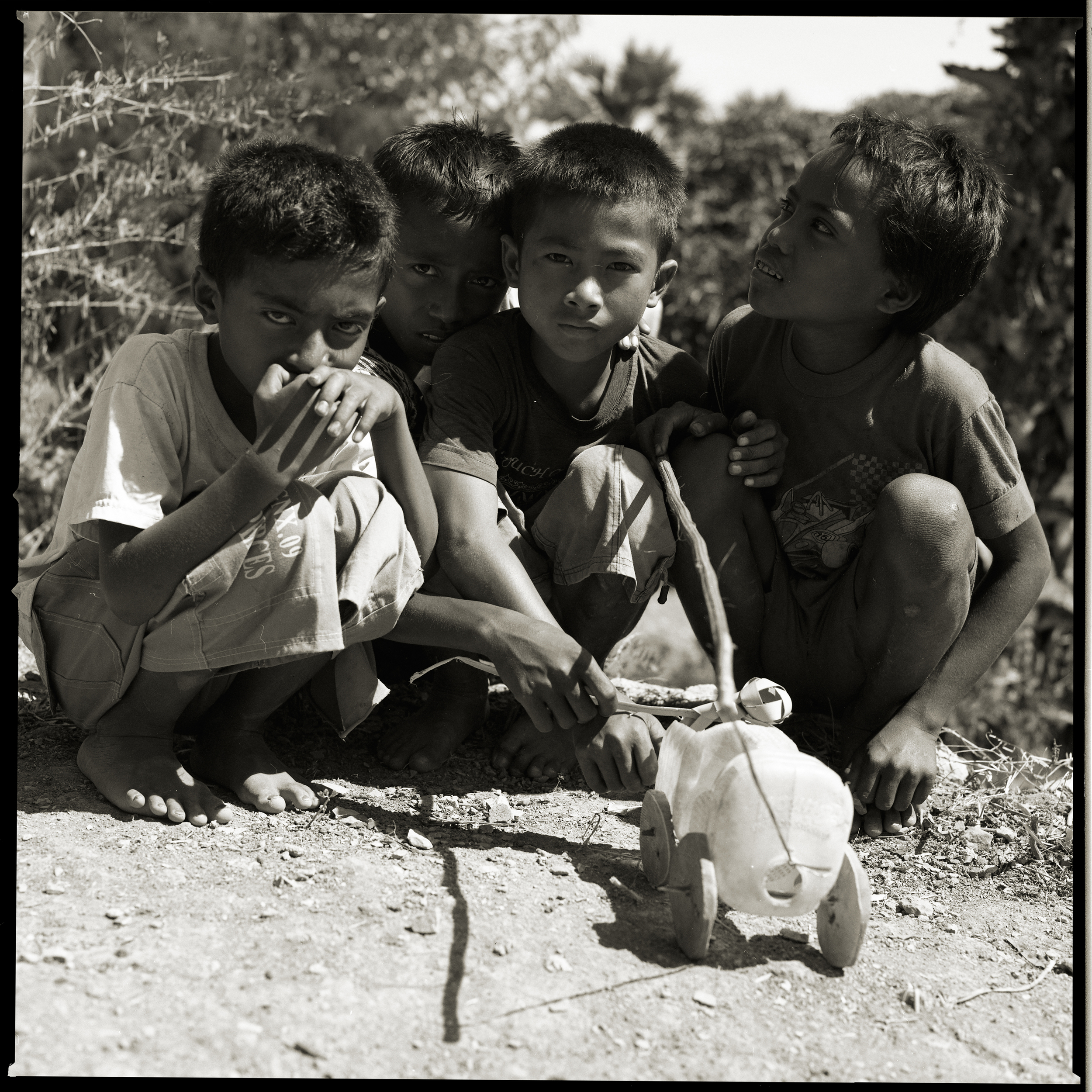
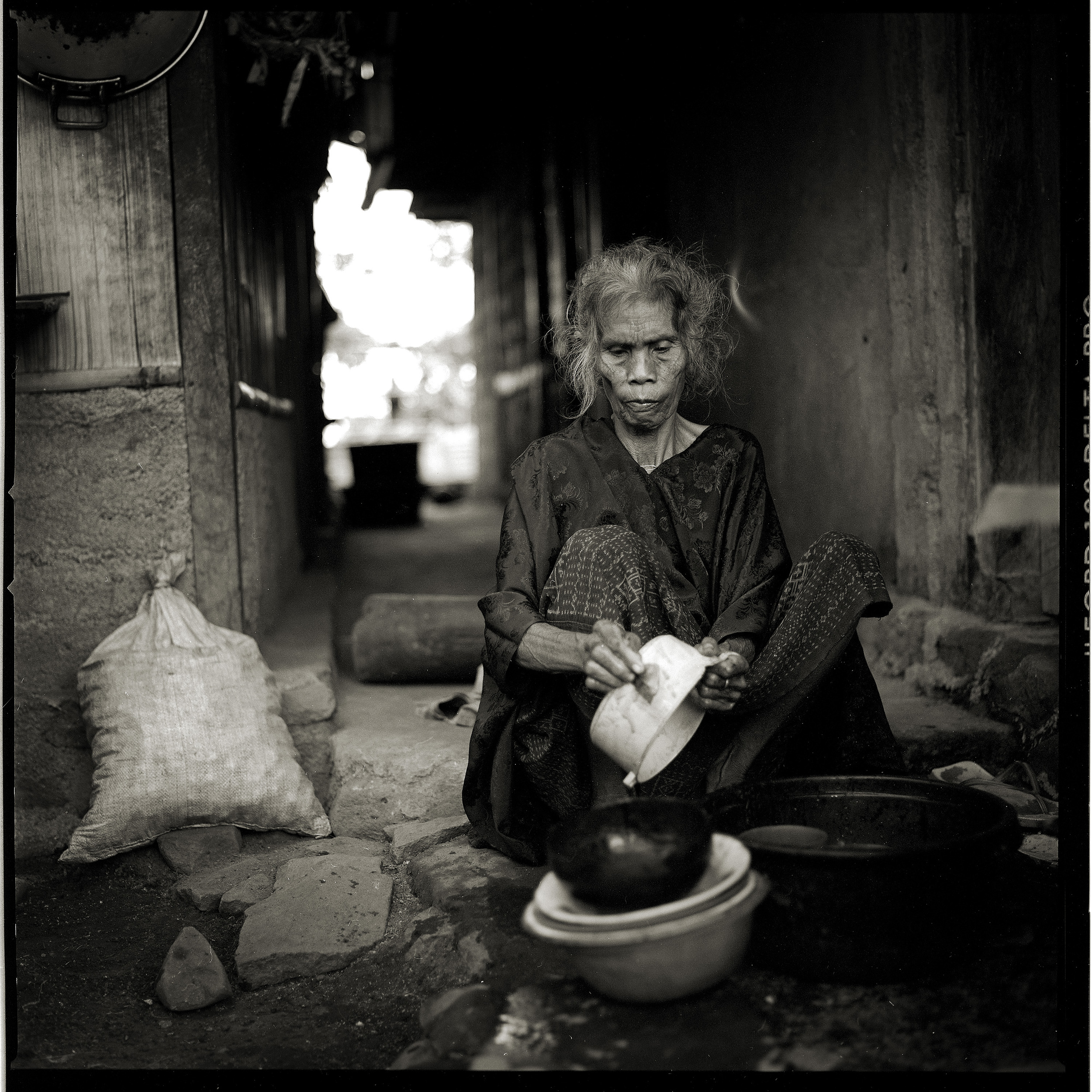
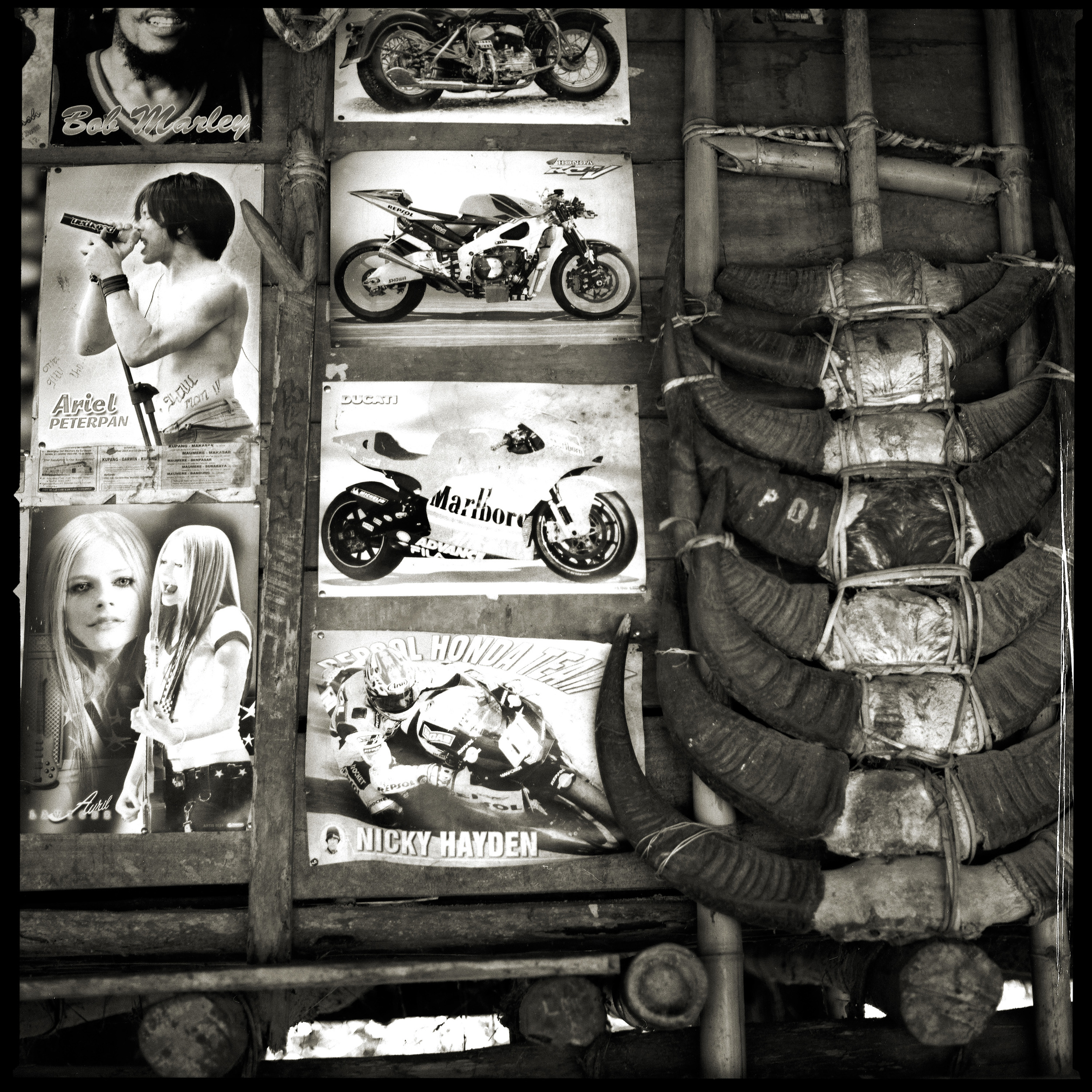
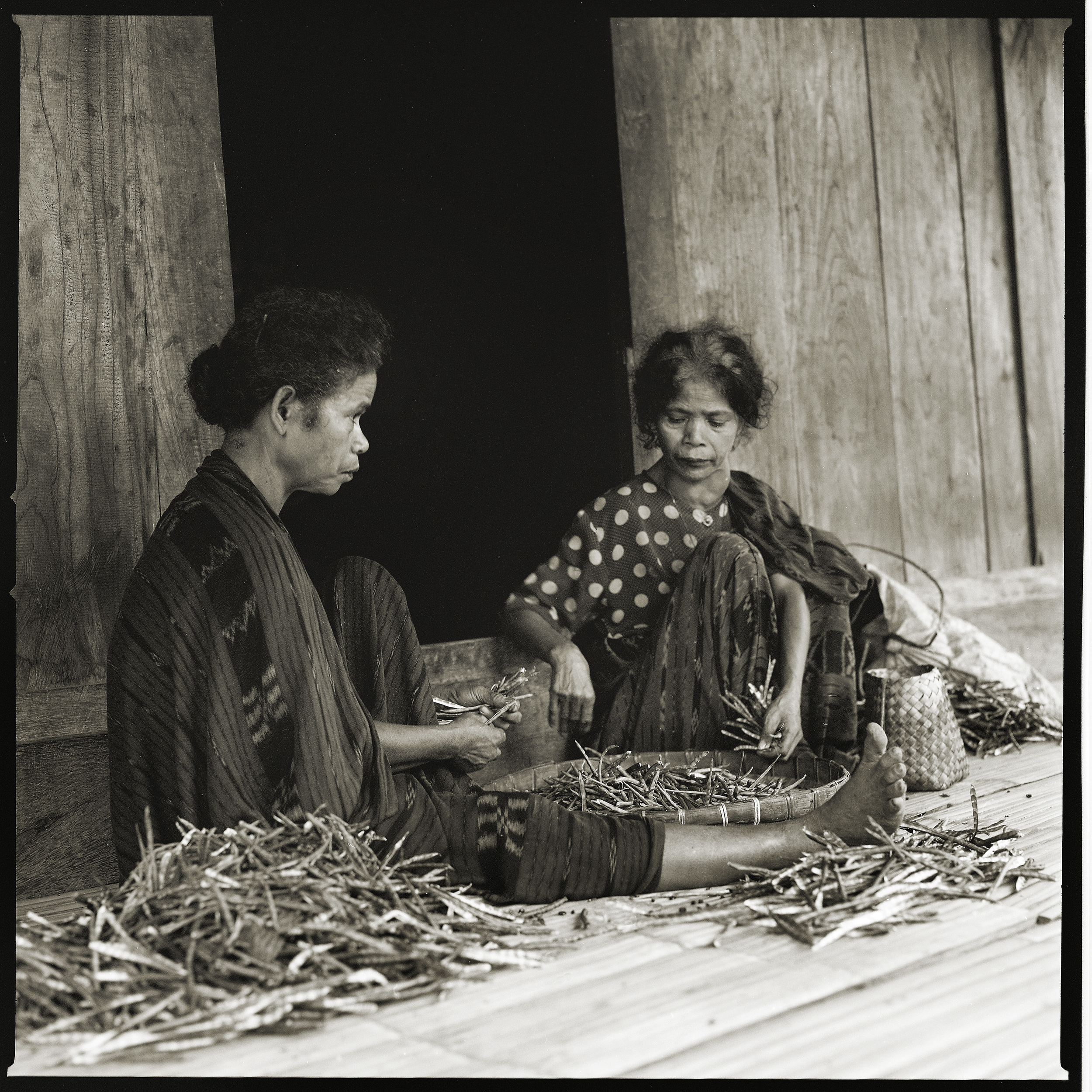
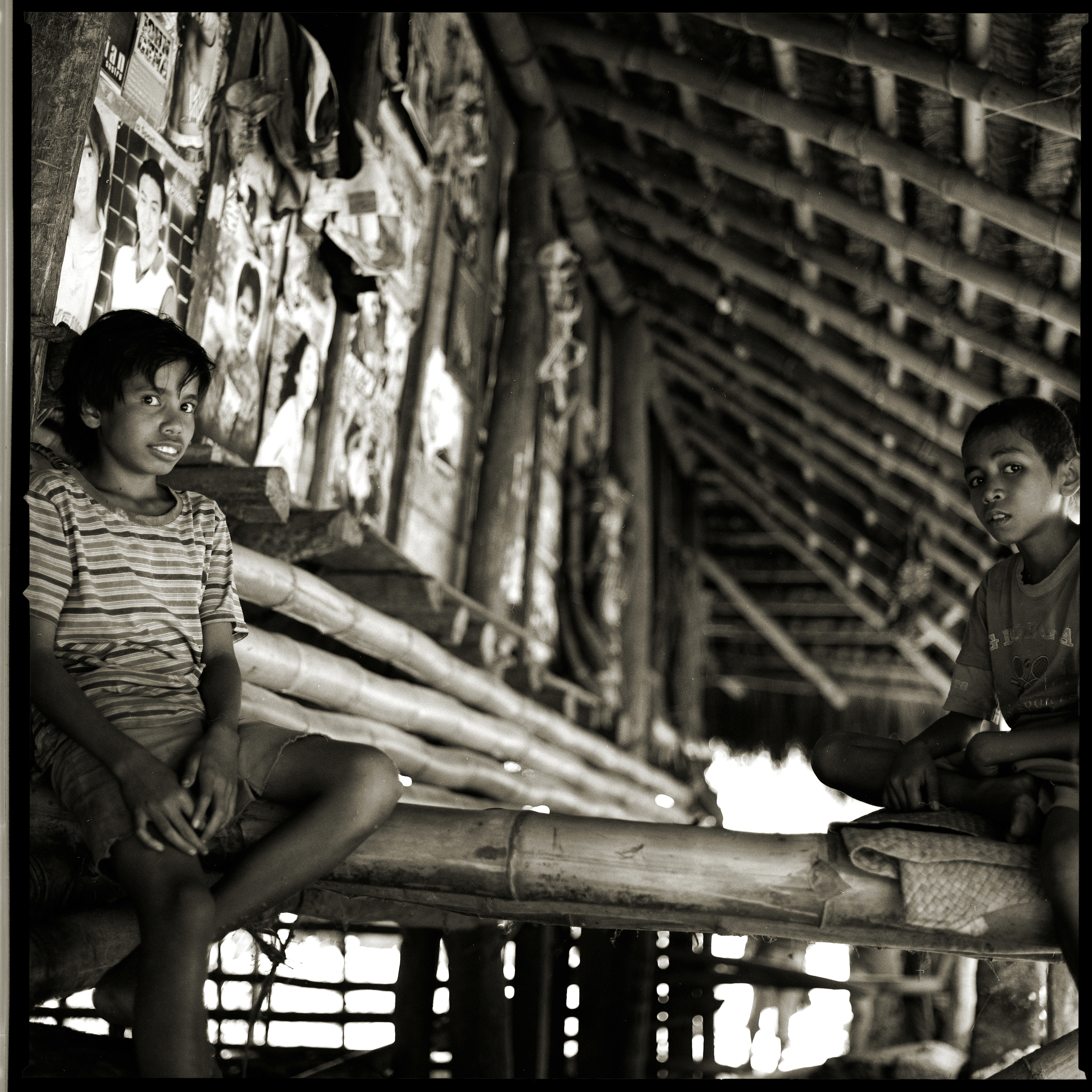
Wamena Market
